Are you a real history buff and are you looking for the best history museums to visit in Catalonia? These are the ones:
- Online discount!
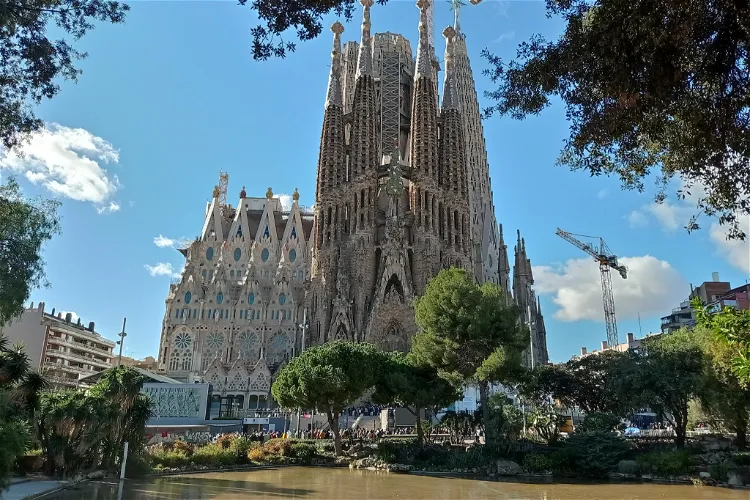
Sagrada Família
BarcelonaThe Sagrada Família, also known as the Temple Expiatori de la Sagrada Família, is an unfinished church located in Barcelona, Catalonia, Spain. This architectural marvel is widely recognized as the masterpiece of the renowned architect Antoni Gaudí. 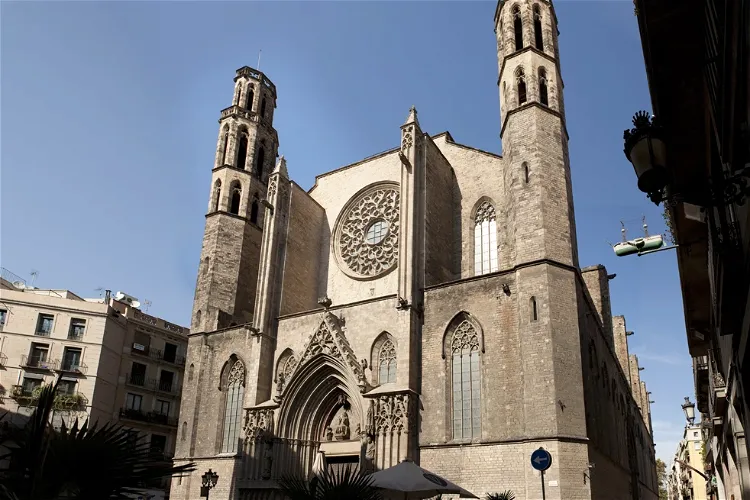
Santa Maria del Mar Church
Barcelona- Online discount!
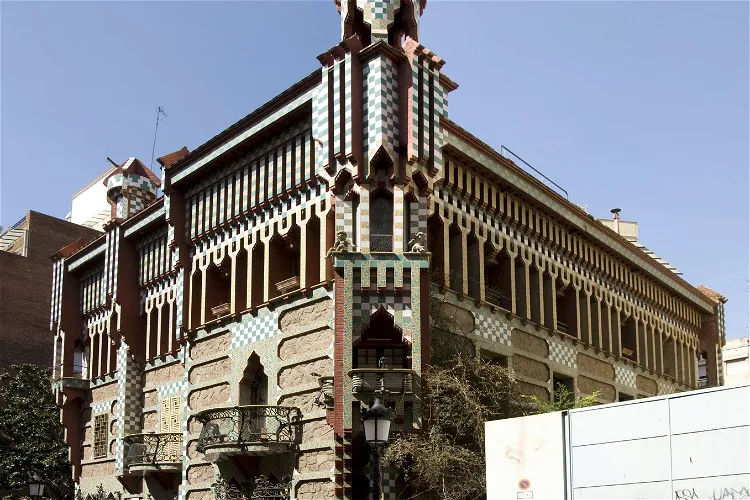
Casa Vicens
Barcelona 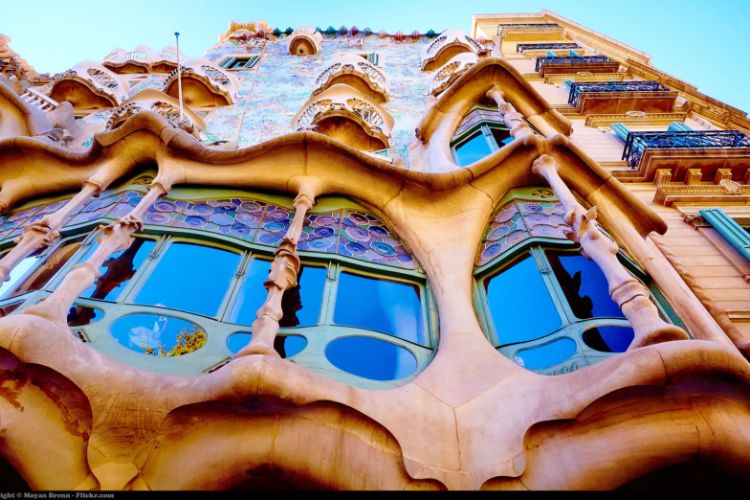
Casa Batlló
BarcelonaCasa Batlló is a building in the city centre of Barcelona that was designed by Antoni Gaudí, which is considered one of his masterpieces. Casa Batlló has been open to the public since 2002. You can visit the former residence of the Batlló family (Noble Floor), the former storerooms and laundry rooms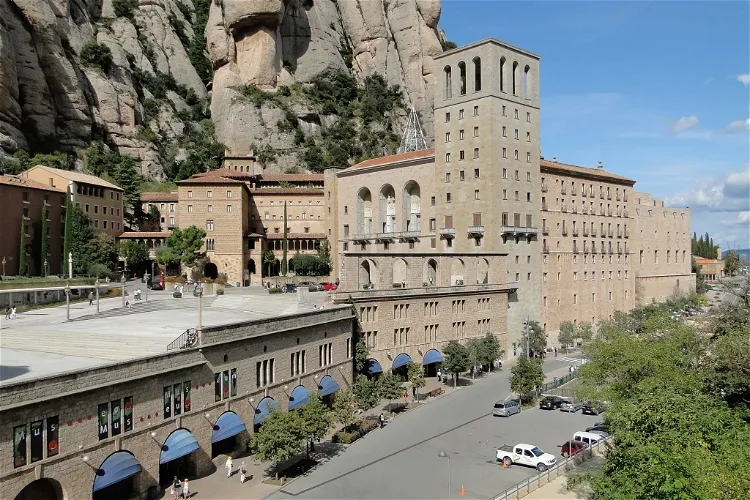
Montserrat Monastery
Monistrol de MontserratThe Montserrat Monastery, a Benedictine abbey, is situated in Catalonia. It is perched at an altitude of 720 meters on the eastern side of the Montserrat mountain, within the municipality of Monistrol de Montserrat. This location offers visitors a unique opportunity to experience the tranquility and beauty of the mountainous landscape while exploring the historical and religious significance of the monastery.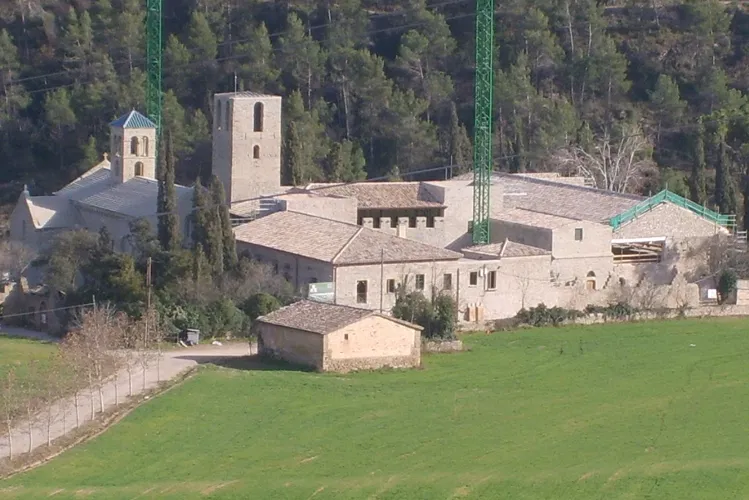
Monastery of Sant Benet de Bages
Sant Fruitós de Bages
Gaudí Center
ReusThe Gaudí Centre, located in Reus, Catalonia, Spain, is a museum dedicated to the life and works of the renowned Spanish architect Antoni Gaudí I Cornet. This museum offers a comprehensive insight into Gaudí's artistic journey, showcasing his unique architectural style and innovative design techniques.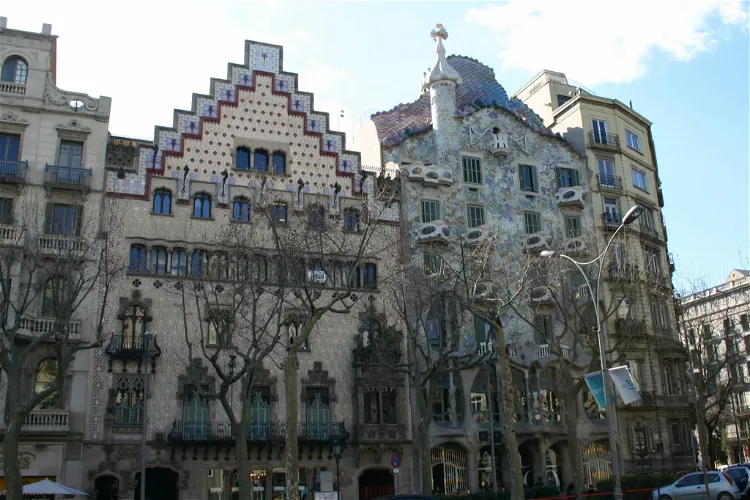
Casa Amatller
Barcelona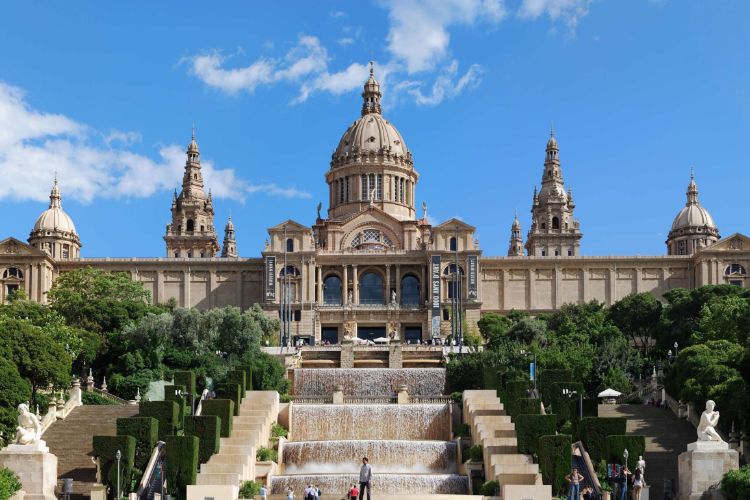
MNAC - Museu Nacional d'Art de Catalunya
BarcelonaMuseu Nacional d'Art de Catalunya displays original Catalan art but it is also known for its extensive collection of Romanesque paintings. It's set in the Palau Nacional of Montjuïc, a Spanish Renaissance building designed for the 1929 International Exhibition. On the ground floor, the collections- Online discount!

La Pedrera
BarcelonaCasa Milà, popularly known as ‘La Pedrera’ (the stone quarry), an ironic allusion to the resemblance of its façade to an open quarry, was constructed between 1906 and 1912 by Antoni Gaudí (1852-1926). For its uniqueness, artistic and heritage value have received major recognition and in 1984 was ins 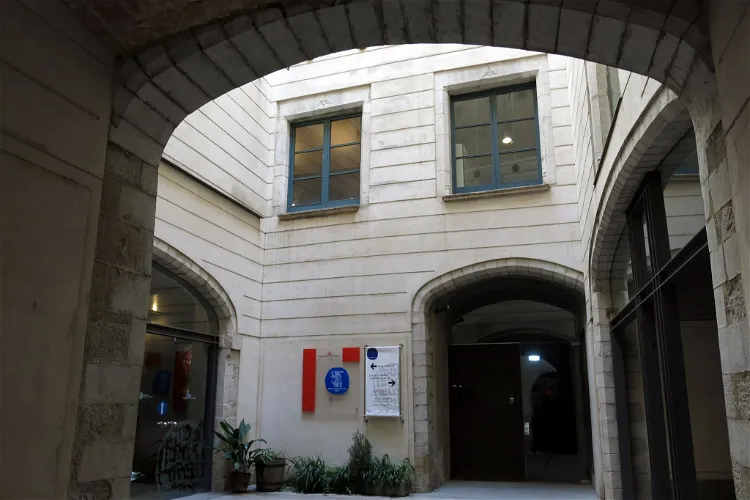
Museum of Jewish History
GeronaThe Museum of Jewish History in Gerona is situated in the Bonastruc ça Porta center, right in the heart of the Jewish quarter of Gerona. This location is steeped in history, providing an authentic backdrop to the museum's exhibits and collections.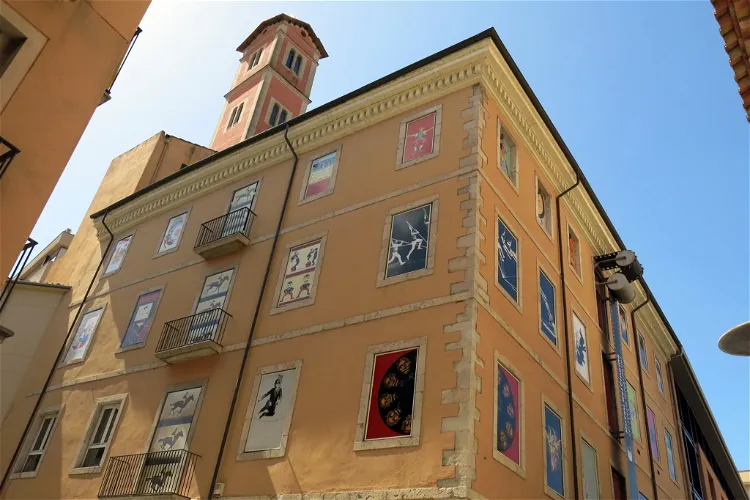
Cinema Museum
GeronaThe Cinema Museum, also known as the Tomàs Mallol Collection, is situated in the heart of Gerona, Spain. The building housing the museum is a part of the Inventory of Architectural Heritage of Catalonia, adding to its historical significance. The museum offers a unique opportunity to explore the evolution of cinema and its impact on visual culture.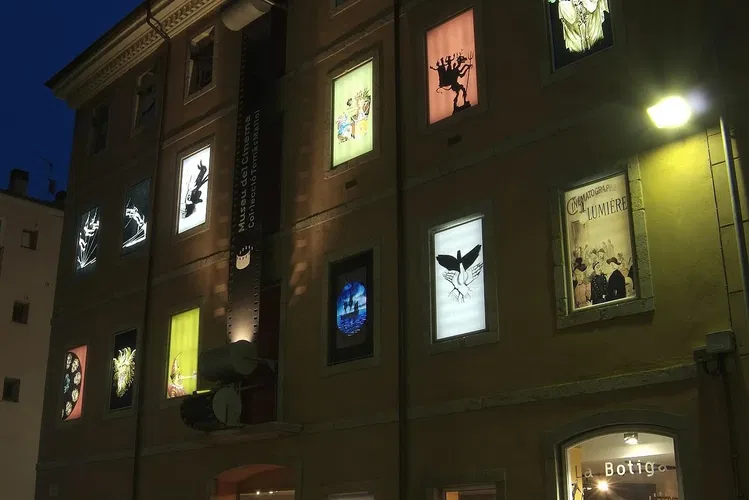
Cinema Museum
GironaThe Cinema Museum - Tomàs Mallol Collection is situated in the heart of Girona, Spain. The building housing the museum is a part of the Inventory of Architectural Heritage of Catalonia, adding to its historical significance. The museum offers a journey through 400 years of the history of moving images, making it a fascinating destination for those interested in the evolution of visual arts and cinema.
Municipal Museum of Tossa de Mar
Tossa de MarThe Municipal Museum of Tossa de Mar is a significant cultural asset of national interest located in the town of Tossa de Mar in Catalonia. The museum's primary purpose is to display the works of artists who have stayed in Tossa de Mar, making it a rich repository of artistic heritage.
Camp Nou Experience Tour & Museum
BarcelonaThe FC Barcelona Museum can only be visited in combination with the Camp Nou Experience. The first section includes a collection of photos, documents and trophies detailing the club's history on an interactive glass wall that allows the exhibition of video, images and music. The second section is a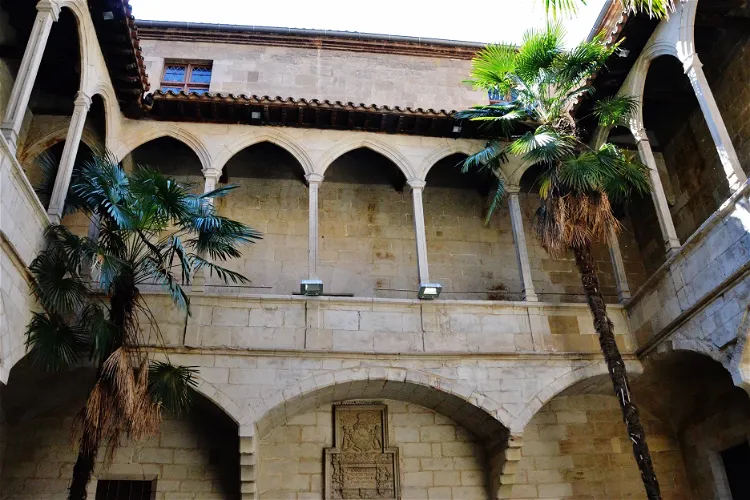
Old hospital of Santa Maria
LleidaThe Old Hospital of Santa Maria is a significant historical site in the Spanish city of Lleida. It is a prime example of Catalan Gothic civil architecture from the 15th and 16th centuries. The building's structure is simple, with a square layout and a square courtyard in the center. The ground floor has thick walls to support the weight of the roof beams and thinner walls on the upper floors. The building was declared an Architectural Artistic Monument by royal order on March 15, 1920.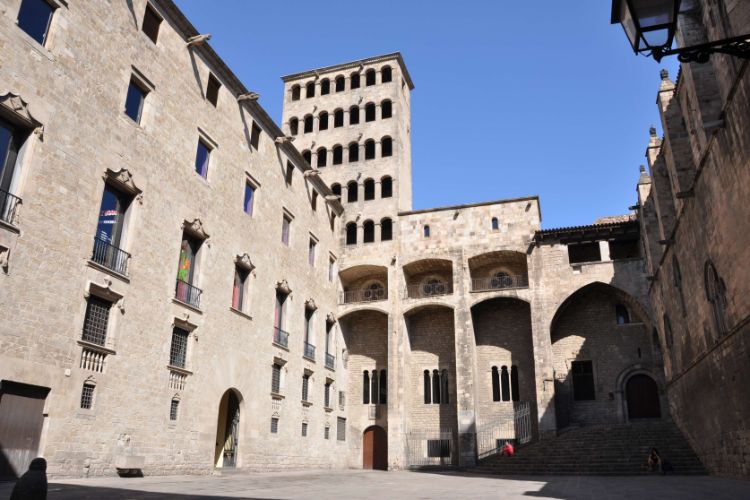
MUHBA Plaça del Rei
BarcelonaThe headquarters of the Barcelona City History Museum is situated in the three-story building. The museum lets you explore the remains of the ancient Roman city of Barcino. The museum consists of the archaeological underground and Palau Reial. The underground is all about the daily life in Roman ti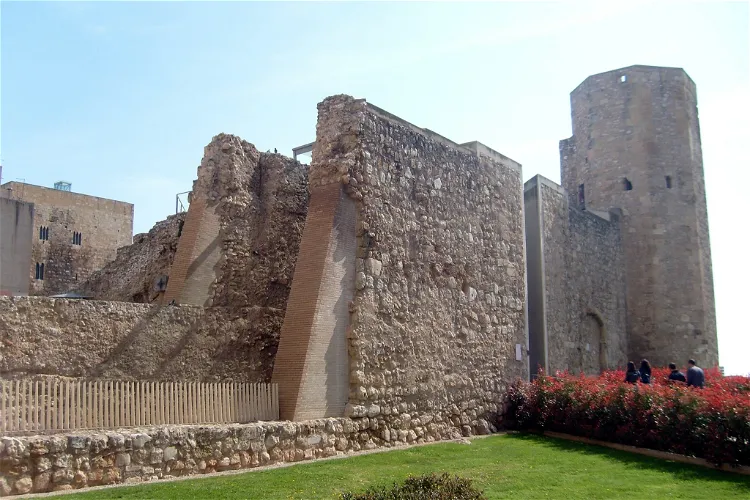
Praetorian Tower
Tarragona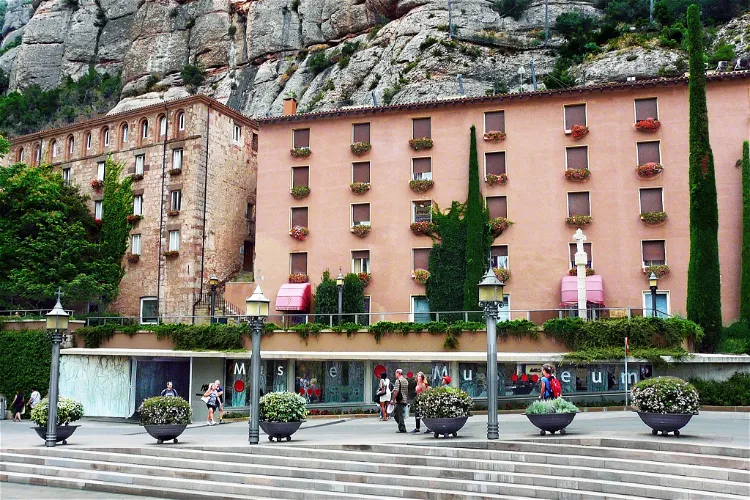
Museum of Montserrat
Monistrol de MontserratThe Museum of Montserrat is located within the Abbey of Montserrat, a thousand-year-old institution. It showcases a selection of the most outstanding artistic and archaeological heritage. This includes a wide range of collections, each unique and different, providing a comprehensive view of various historical periods and cultures.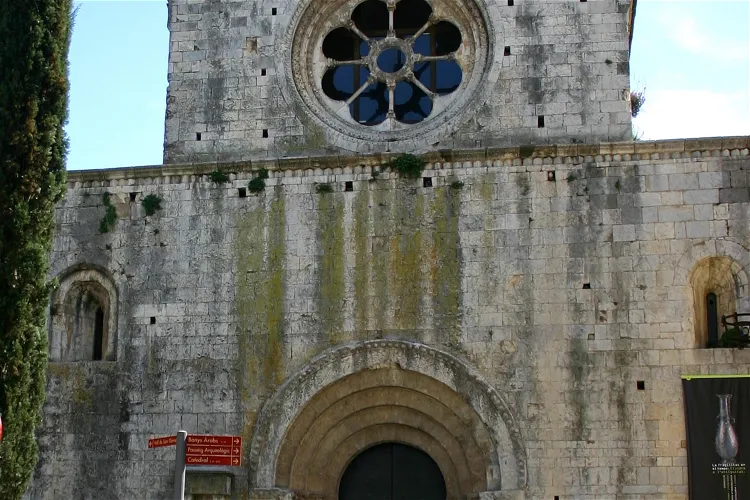
Archaeology Museum of Catalonia
GeronaThe Archaeology Museum of Catalonia in Gerona is housed in the historic monastery of San Pedro de Galligans. Established in 1857, the museum continues to operate from this location, offering visitors a unique blend of history and culture. The museum's setting in a former monastery adds a layer of historical significance to the artifacts on display.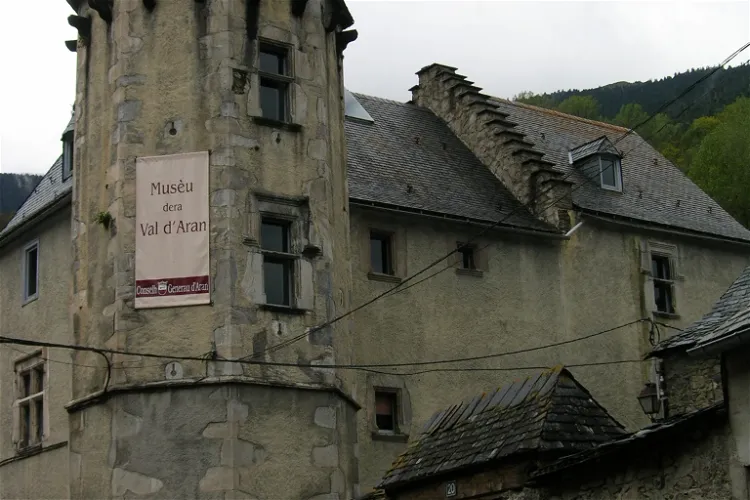
Musèu dera Val d'Aran
Viella Mitg AránThe Museo del Valle de Arán, also known as Musèu dera Val d'Aran, is a regional museum located in Viella. It is dedicated to the history, art, ethnography, and ethnology of the Aran Valley. The museum is housed in a late Gothic-style manor house known as the Torre del general Martinón. It also occupies the Casa Joanchiquet in Vilamós and the church of San Juan de Artiés. The museum's main objective is to preserve the Aranese culture in all its aspects, through the different stages and epochs of the Aran Valley.
Cap de Tossa Lighthouse
Tossa de MarThe Tossa Lighthouse is a significant landmark located in the resort town of Tossa de Mar. This town is situated at the southern end of the Costa Brava, in the Province of Girona, Catalonia, Spain. The lighthouse offers a unique blend of historical and cultural significance, making it a point of interest for tourists visiting the area.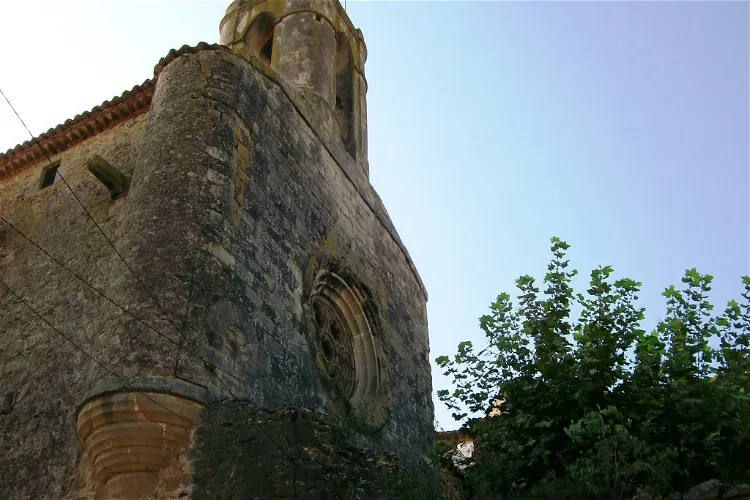
Castle of Púbol
PúbolThe Castle of Púbol, a Gothic-Renaissance fortification from the 11th century, is located in the hamlet of Púbol, which belongs to the municipality of La Pera, in the Baix Empordà. This historical site offers a unique glimpse into the past, with its well-preserved architecture and rich history.- 24
Nightmare Horror Museum
Barcelona 
National Archaeological Museum of Tarragona
TarragonaThe National Archaeological Museum of Tarragona, also known as Museu Nacional Arqueològic de Tarragona or MNAT, is a public museum situated in the city of Tarragona in Catalonia, Spain. The museum is home to a variety of elements and remains that reflect the city's rich history and heritage.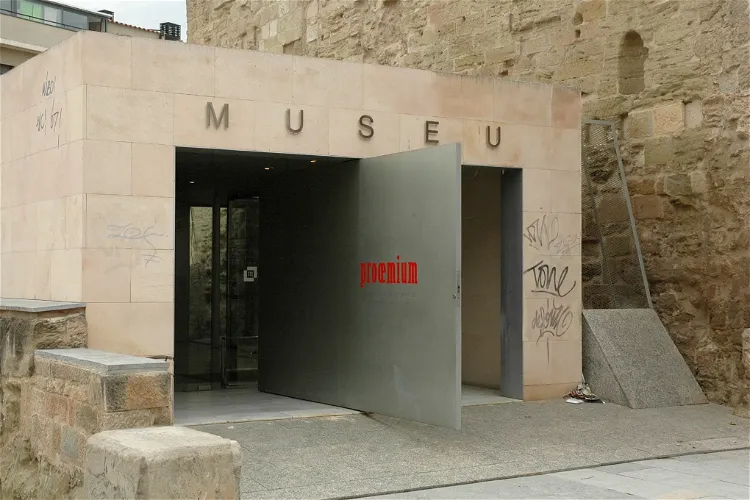
Lleida Museum
LleidaThe Lleida Museum, officially known as the Diocesan and Comarcal Lleida Museum, is a significant art and history museum situated in Lleida, Catalonia, Spain. It offers a rich collection of art and historical artifacts, making it a notable destination for those interested in art, history, and culture.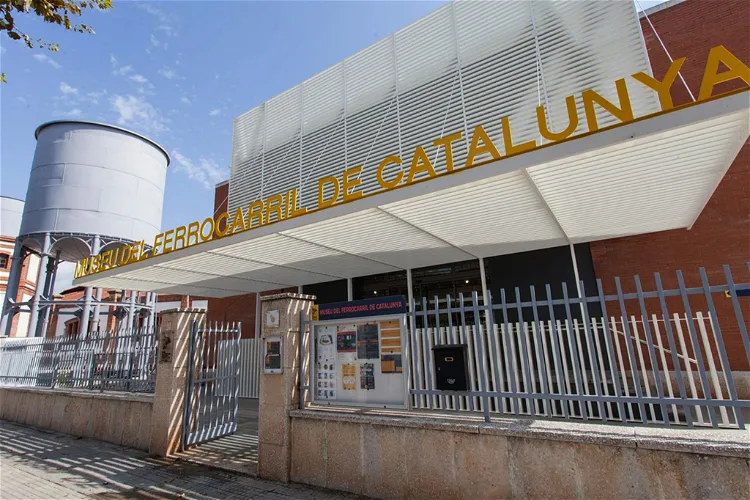
Railway Museum of Catalonia
Vilanova y GeltrúThe Railway Museum of Catalonia is situated in the town of Vilanova i la Geltrú, which is approximately 40 kilometers south of Barcelona. This location makes it easily accessible for tourists visiting Barcelona and looking for a day trip to explore the rich history of railways in Catalonia.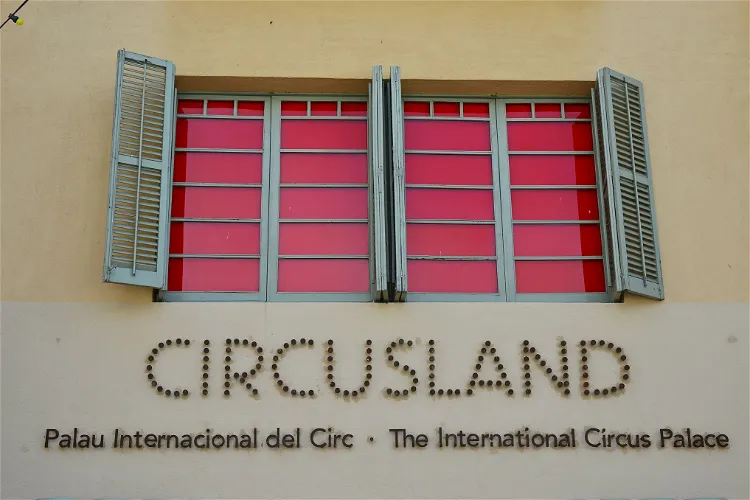
Circusland
Besalú
Museum of the Mediterranean
Torroella de MontgríThe Museum of the Mediterranean, established in 2003, is situated in the town of Torroella de Montgrí. It is housed in Can Quintana, a historical building dating back to the 16th century. This location adds a touch of historical charm to the museum, making it an interesting destination for tourists who appreciate both history and culture.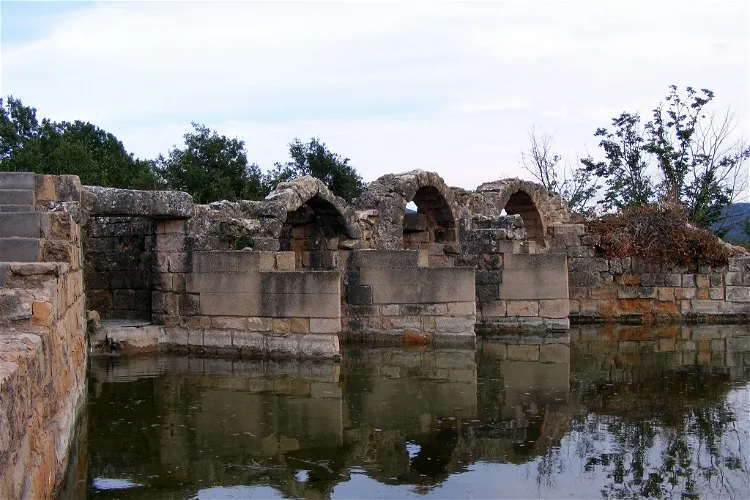
Los Molinos de la Vila
MontblancLos Molinos de la Vila, also known as Els Molins de la Vila in Catalan, are situated one kilometer east of the village of Montblanch, nestled between the Francolí and Anguera rivers. Specifically, they are located on the bank of the Anguera river. This location provides a picturesque setting for visitors to explore and appreciate the historical significance of these mills.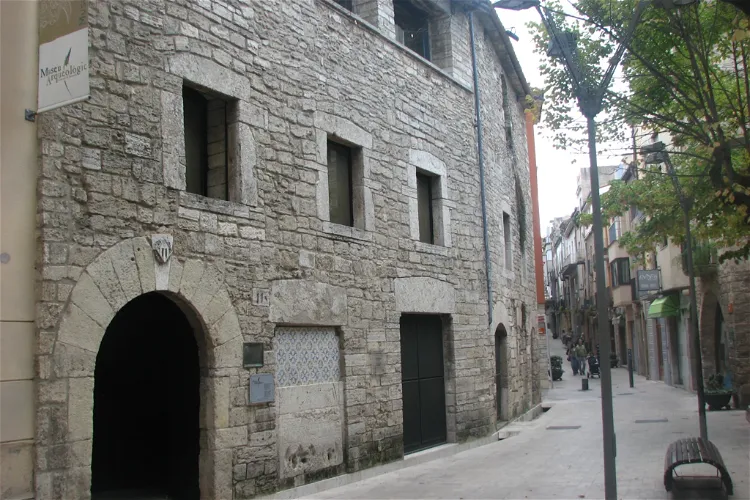
Banyoles Regional Archaeology Museum
BanyolesThe Banyoles Archaeological Museum (MACB) is a significant cultural institution located in the Pia Almoina building in Banyoles, Catalonia. The museum houses a vast collection of artifacts from various archaeological sites in the Pla de l'Estany region. These collections offer a comprehensive insight into the region's rich archaeological history, making it an interesting destination for those interested in history and archaeology.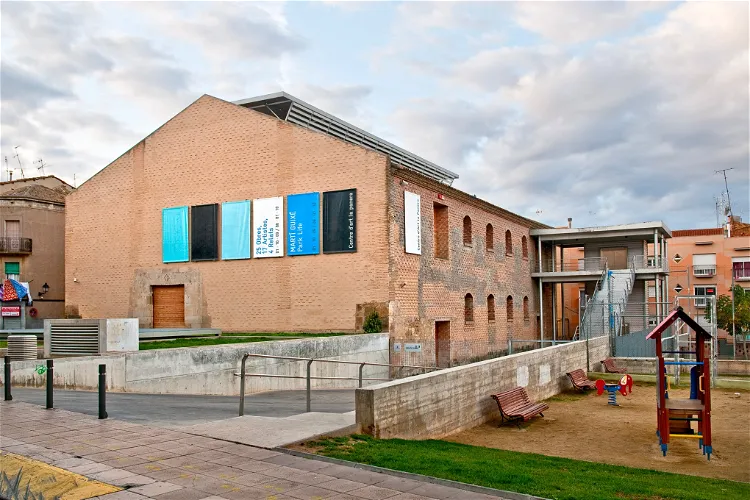
Art Centre of La Panera
LleidaThe Art Centre of La Panera is an art museum situated in the city of Lleida, Catalonia, Spain. It is a significant cultural institution in the region, offering visitors a chance to explore a wide range of contemporary art, particularly from Catalan and Spanish artists.
Toy Museum of Catalonia
FigueresThe Toy Museum of Catalonia is housed in the historic Casa Terradas, a building that dates back to 1767. Located in the city of Figueres, Spain, the museum offers visitors a unique opportunity to explore the rich history of toys in Catalonia. The museum's location adds an extra layer of historical significance, making it a fascinating destination for tourists interested in both history and toys.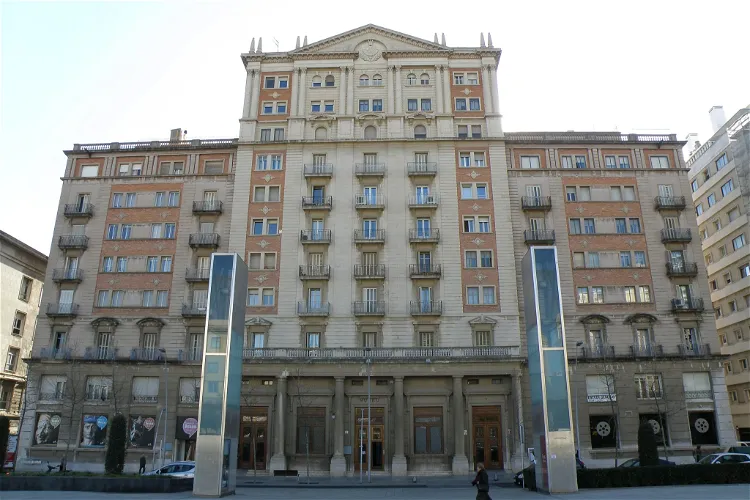
Reus Art and History Museum
ReusThe Reus Art and History Museum is a significant cultural landmark in the municipality of Reus, Tarragona, Spain. It is a protected building, recognized as a Cultural Asset of National Interest. This recognition highlights the museum's importance in preserving and showcasing the rich cultural and historical heritage of the region.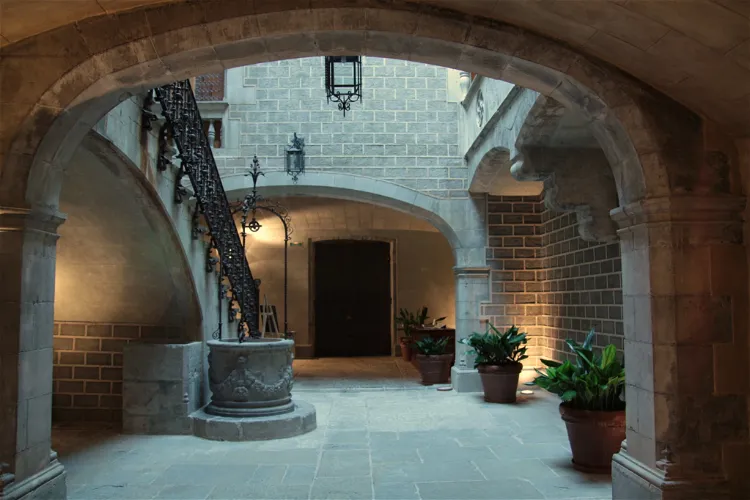
Palau Solterra Museum
Torroella de MontgríThe Palau Solterra is a museum dedicated to contemporary photography, located in the town of Torroella de Montgrí in Catalonia. It is part of the Fundació Vila Casas, which is a foundation dedicated to promoting contemporary Catalan art. The museum is housed in a 15th-century palatial mansion, adding a touch of historical charm to the modern art it displays.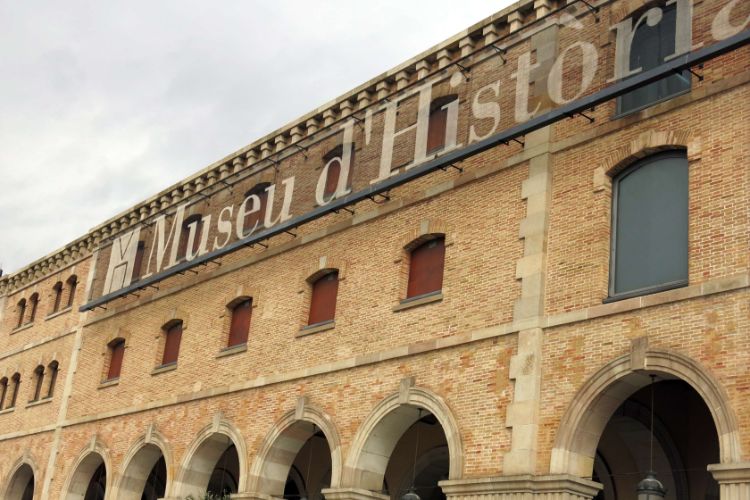
Museo d'Historia de Catalunya
Barcelona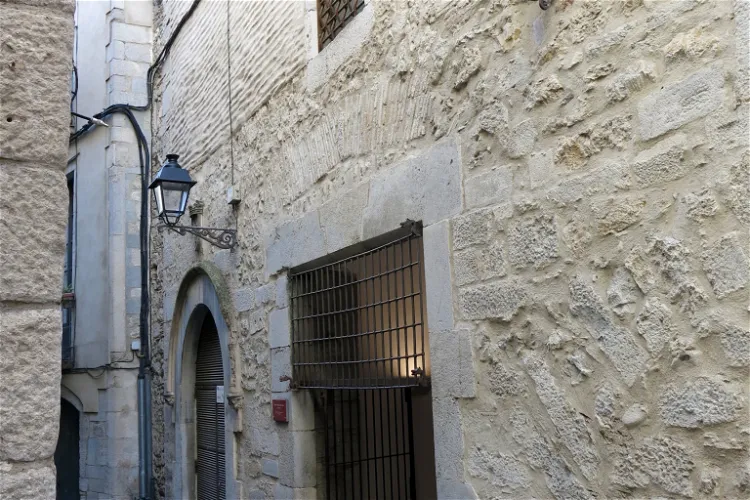
Girona History Museum
GeronaThe Girona City History Museum is situated in the heart of the Old Town of Girona. This unique location was once the convent of the Capuchin friars of Saint Anthony in the 18th century. The building still retains some fascinating remnants from that era, such as the cemetery, cloister, and cistern, adding to the historical charm of the museum.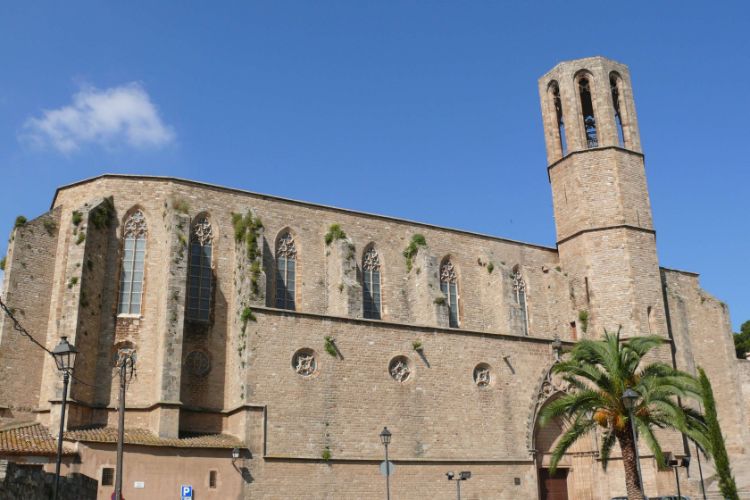
Reial Monestir de Santa María de Pedralbes
Barcelona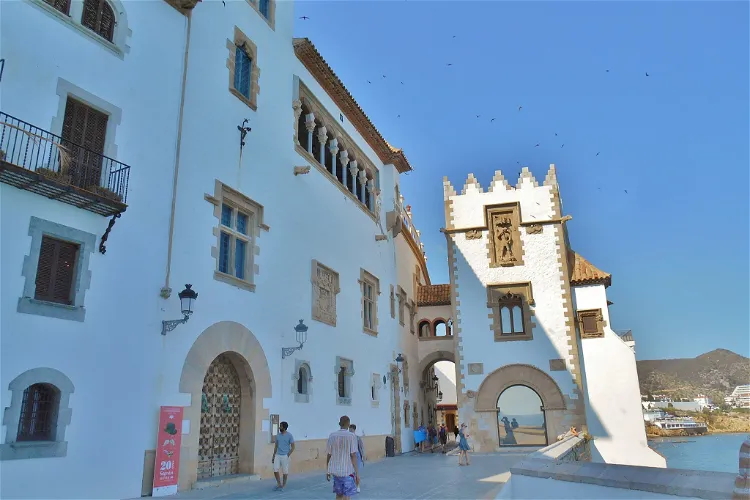
Maricel Museum
SitgesThe Maricel Museum, situated in the heart of Sitges, underwent a significant renovation and reopened its doors in 2015. This central location and its recent refurbishment make it an accessible and modern destination for tourists interested in art and history.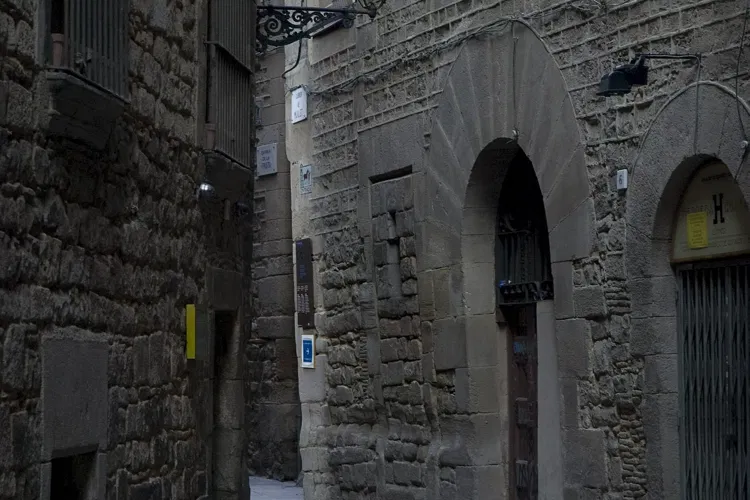
Ancient Synagogue of Barcelona
BarcelonaThe Ancient Synagogue of Barcelona, located in the Jewish quarter of the city, is considered one of the oldest synagogues in Europe, dating back to as early as the 3rd century. This historical significance makes it a point of interest for those interested in religious history and architecture.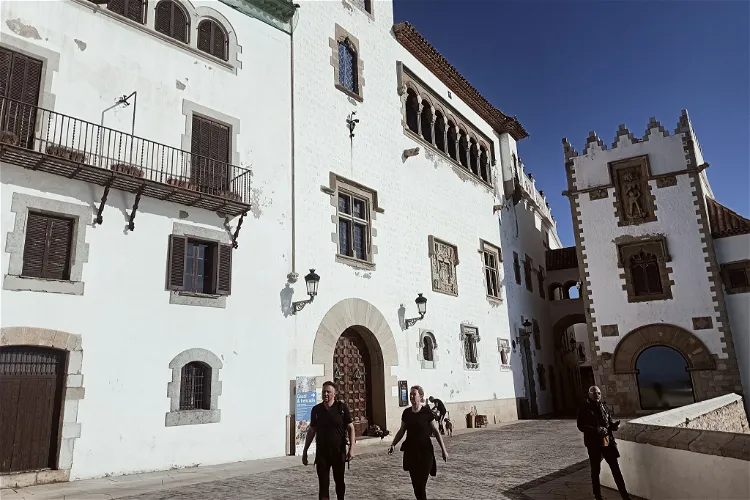
Cau Ferrat Museum
SitgesThe Cau Ferrat Museum, located in the picturesque town of Sitges in Catalonia, is a place of historical and artistic significance. Originally, it served as the home and workshop of the renowned artist and writer Santiago Rusiñol. This unique setting offers visitors a glimpse into the life and work of this influential figure in Catalan modernism.
National Museum of Science and Technology of Catalonia
TerrassaIn addition to its main location, the mNACTEC also operates three other sites: Farga Palau de Ripoll, Museu do Cimento Asland de Castellar de n’Hug, and the Museu da Colonia Sedó Esparreguera. These additional locations offer visitors the opportunity to explore different aspects of Catalonia's industrial and technological history.
Catalan Wine Cultures Museum
Vilafranca del PenedèsThe Catalan Wine Cultures Museum, also known as VINSEUM, is situated in an ancient palace that once belonged to the kings of the Crown of Aragon. This historic building is located in the Jaume I square in Vilafranca del Penedès, a town in Barcelona, Spain. The museum's location adds a touch of historical significance to the overall experience of the visitors.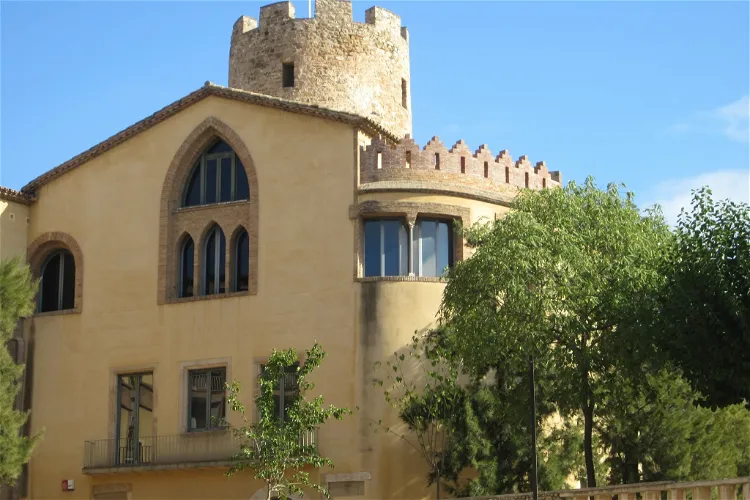
Balldovina Tower Museum
Santa Coloma de GramenetThe Balldovina Tower Museum in Santa Coloma de Gramanet is a multidisciplinary local museum. Its main objective is to protect, conserve, study, and disseminate the cultural and natural heritage of the territory. The museum collaborates with both public and private entities of the city to achieve these goals.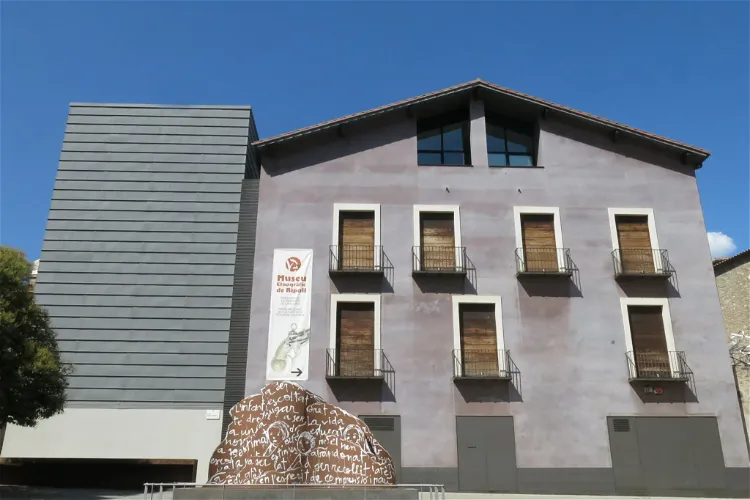
Ethnographic Museum of Ripoll
RipollThe Ethnographic Museum of Ripoll is situated in the city of Ripoll, within the province of Girona in Catalonia. This location is easily accessible and offers a rich cultural experience for tourists interested in ethnography and local heritage.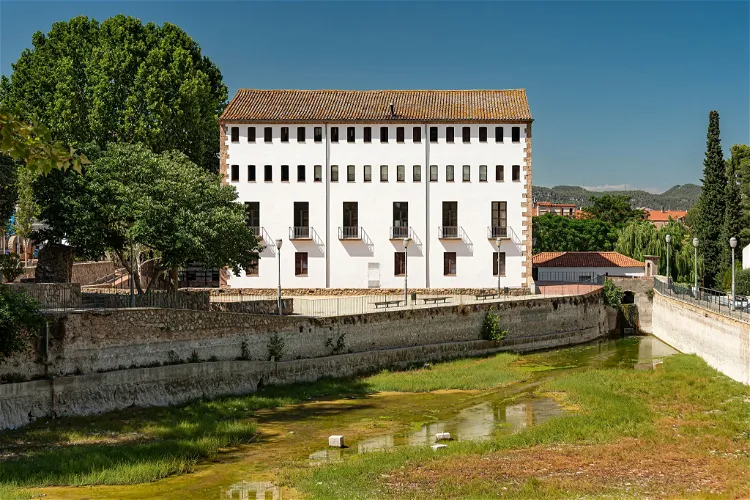
Capellades Paper Mill Museum
CapelladesThe Capellades Paper Mill Museum is a unique institution dedicated to the history and art of papermaking. Located in the town of Capellades, the museum is housed in an old paper mill known as 'Molino de la Villa'. It offers a comprehensive insight into the traditional methods of paper production, as well as the evolution of papermaking technologies up to the 21st century.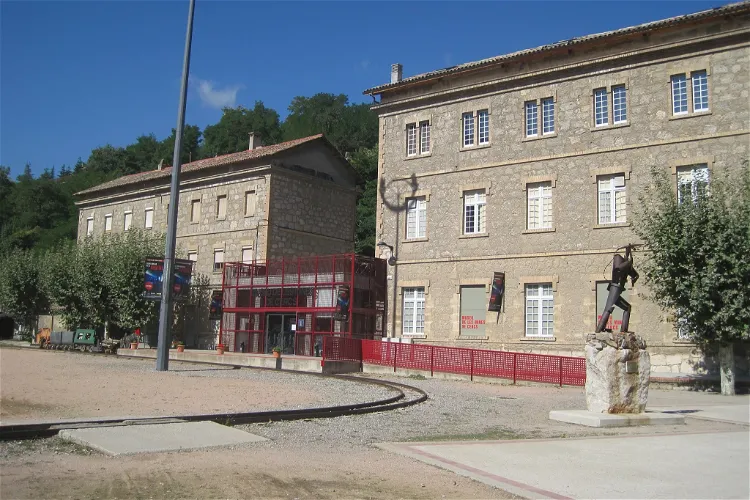
Cercs Mine Museum
CercsThe Cercs Mine Museum, located in the Sant Corneli colony in the municipality of Cercs, Catalonia, is a museum dedicated to coal mining. It provides a comprehensive view of the relationship between coal and the geological, landscape, economic, and human environment of the region. The museum, founded in 1999, is part of the Museum of Science and Technology of Catalonia and the Network of Local Museums of the Barcelona Provincial Council.
El Ter Industrial Museum
ManlleuThe El Museo Industrial del Ter (MIT), situated in Manlleu, Osona, is a museum that focuses on the territory and society. Its mission is to highlight the industrial and natural heritage of the middle Ter river basin. The museum is housed in Can Sanglas, an old spinning factory from 1841, located at the point where the industrial canal of Manlleu ends its course.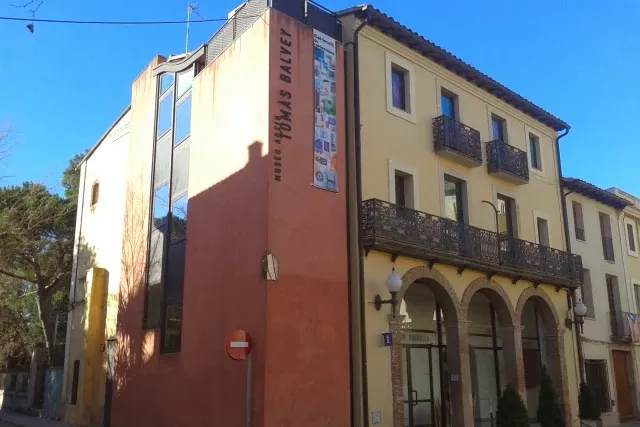
Cardadeu Tomàs Balvey Museum-Archive
CardedeuThe Tomàs Balvey Museum-Archive in Cardedeu is a unique institution that revolves around the legacy of Tomàs Balvey i Bas, who was the last in a long line of pharmacists in Cardedeu. The museum's narrative is built around the pharmacy and its pharmacist, focusing on the world of illness, remedies, and health. This makes it a fascinating destination for those interested in the history of medicine and pharmacy.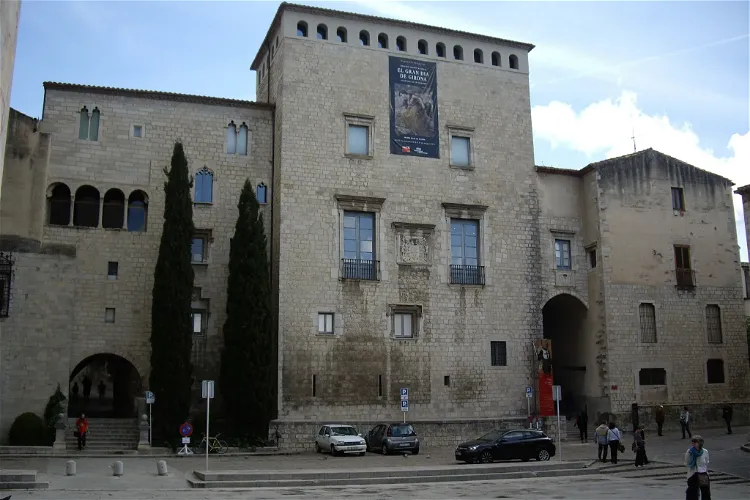
Girona Art Museum
GeronaThe Girona Art Museum, a public institution, was established in 1976. This was achieved by merging the collections of the provincial fine arts museum with those of the Girona Diocesan Museum. This merger resulted in a rich and diverse collection of artworks and artifacts, making the museum a significant cultural institution in the region.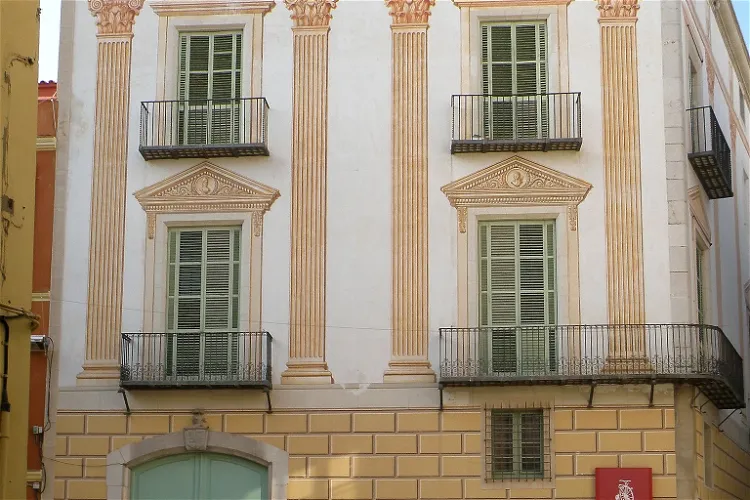
Can Papiol Romanticism Museum
Vilanova y GeltrúThe Can Papiol Romantic Museum is situated in the historic center of Villanueva and Geltrú, a location that adds to its charm. This museum is easily accessible and offers visitors a chance to step back in time and experience the romantic era in a unique and authentic setting.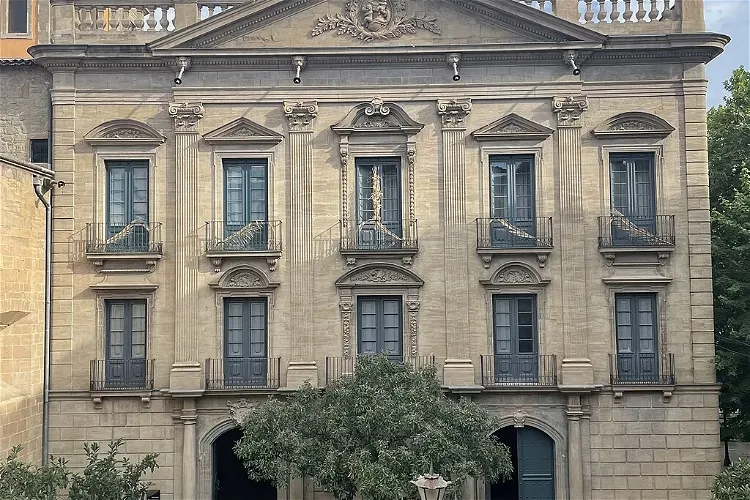
Museo Diocesano y Comarcal de Solsona
SolsonaThe Museo Diocesano i Comarcal de Solsona is an art and archaeology museum situated in Solsona, Catalonia, Spain. It is officially registered in the Registry of Museums of Catalonia, bearing the number 20. This museum is a significant destination for those interested in medieval art and archaeology.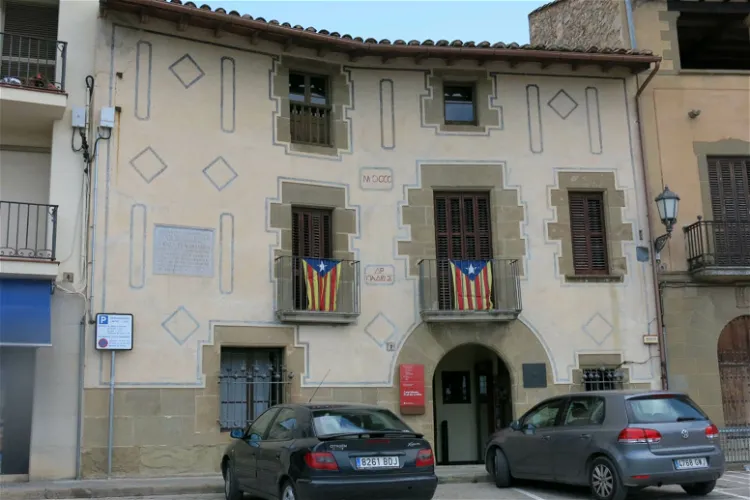
Casa Museu Prat de la Riba
CastellterçolThe Casa-Museo Prat de la Riba is a museum situated in the town of Castelltersol, in the Catalan region of Moyanés, Spain. It is the birthplace and deathplace of the Spanish politician Enric Prat de la Riba, a key theorist of Catalan nationalism, founder of the Lliga Regionalista, and the first president of the Mancomunidad de Cataluña.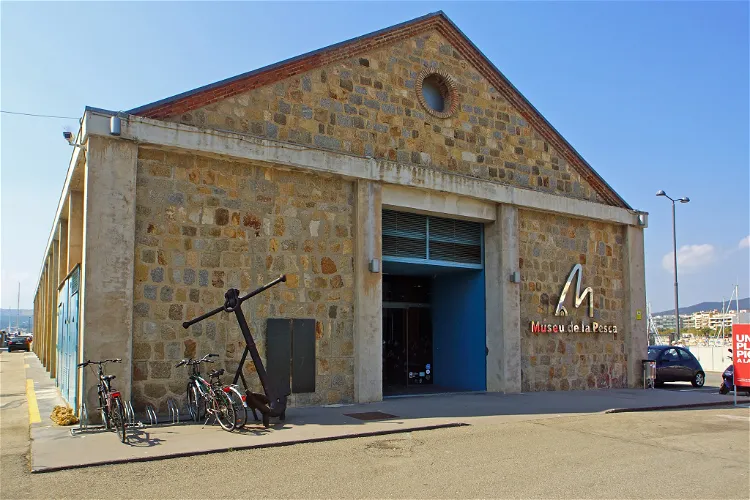
Fishing Museum
PalamósThe Fishing Museum, which opened its doors in 2002, is a dedicated space for the dissemination of fishing knowledge and the maritime heritage of Costa Brava. It is located in the Palamós fishing port in an old warehouse known as the 'Tinglado'. The museum's mission is to contribute to the cultural, economic, and social development of the community by strengthening its own territory and helping to reflect on and contribute to how marine and fishing heritage favor society.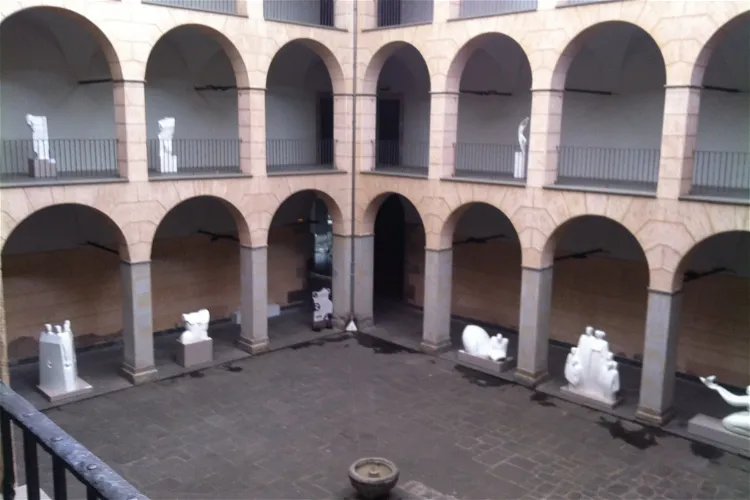
Garrocha Museum
OlotThe Garrotxa Museum, also known as Museu Comarcal de la Garrotxa and Museu d’Art Modern d’Olot, is an art museum located in the Catalan city of Olot. Established in 1943, the museum is housed in a neoclassical villa from 1854 in the 'Parc Nou' of Olot, donated by the Sureda family to the city. Since 1981, the museum has been part of the Museu Comarcal de la Garrotxa network and is currently located in the Old Hospice of Olot.
History of Immigration in Catalonia Museum
Sant Adrià de BesòsThe MhiC – Museu d’història de la immigració de Catalunya (MhiC) is a museum dedicated to the history of immigration in Catalonia. It is located in Sant Adrià de Besòs, a town in the metropolitan area of Barcelona. The museum provides a unique insight into the immigration process in Catalonia, making it a significant cultural and historical site for visitors.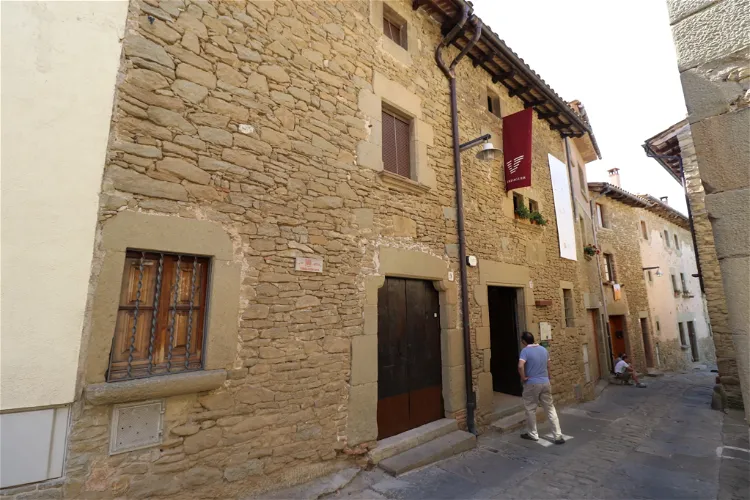
Verdaguer House-Museum
FolguerolesThe Cerdanyola Art Museum, also known as Can Domènech, is an art museum situated in the old town of Sardañola del Vallés in Spain. This museum is a part of the Local Museums Network of the Barcelona Provincial Council and the European Route of Modernism. It was inaugurated on September 10, 2009, and is housed in a building that is a significant example of local modernist architecture.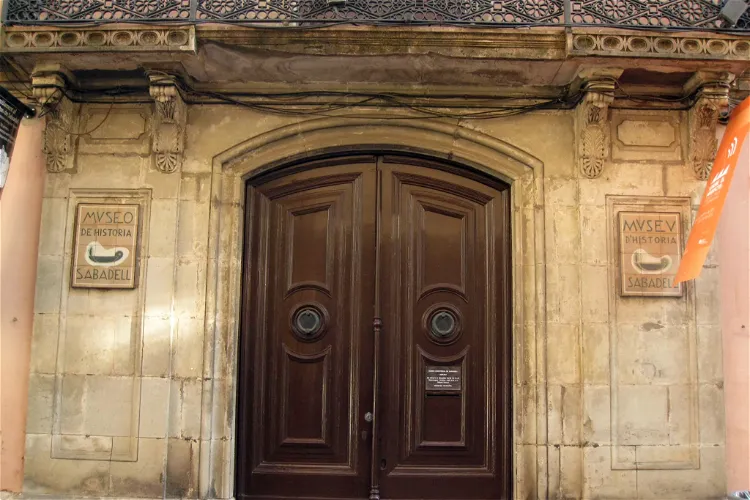
Sabadell History Museum
SabadellThe Sabadell History Museum is home to a variety of collections that delve into the city's archaeology, history, and ethnology. A significant focus is placed on the city's historical ties with wool manufacturing and the textile industry, offering visitors a unique insight into this aspect of Sabadell's past.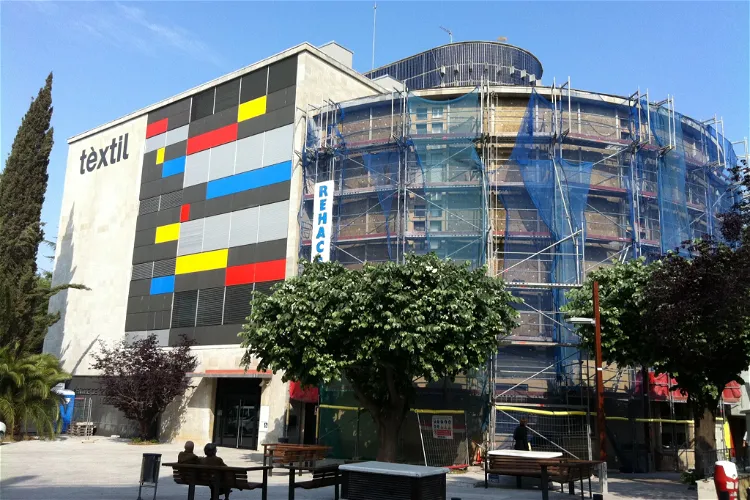
Textile Museum and Documentation Centre
TerrassaThe Textile Museum and Documentation Centre is situated in the city of Terrassa, known for its rich textile tradition. The museum is located on Salmerón Street, number 25, adjacent to the Vallparadís Carthusian castle. This location offers visitors the opportunity to explore both the museum and the historical castle during their visit.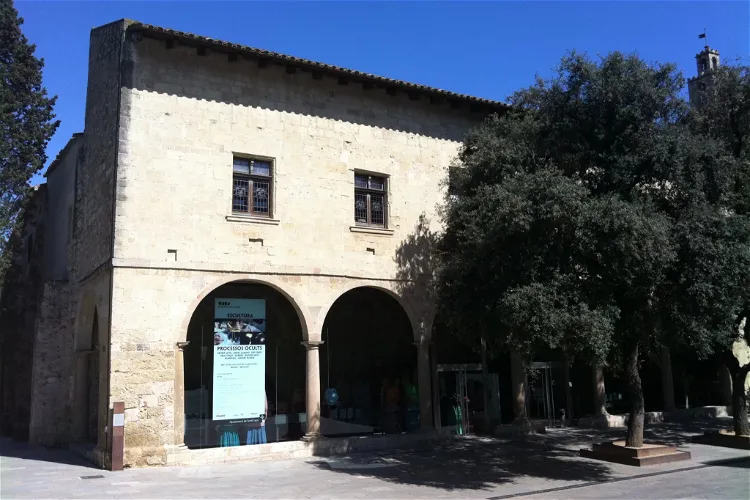
Sant Cugat Museum
Sant Cugat del VallèsThe Sant Cugat Museum, which opened its doors on 23 April 2003, is dedicated to the preservation and promotion of the historical, artistic, and cultural heritage of Sant Cugat del Vallès in Catalonia. As a visitor, you can explore the rich history and culture of the region through the museum's extensive collections and exhibitions.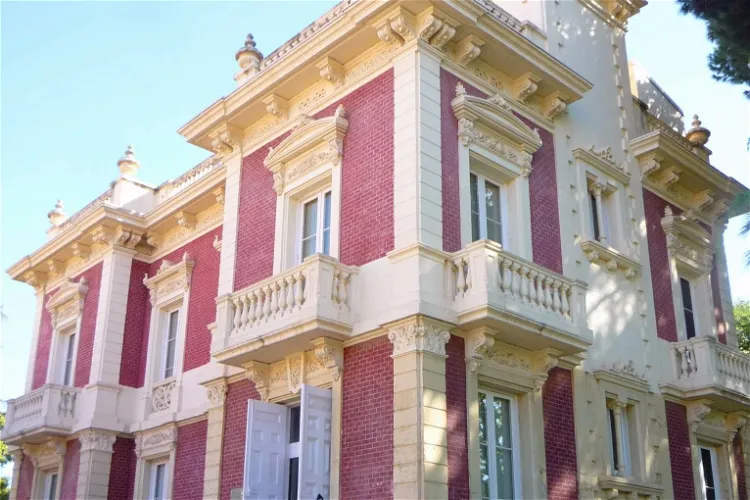
Can Tinturé Museum
Esplugues de LlobregatThe Can Tinturé Museum, situated in Esplugues de Llobregat, is a unique cultural destination as it is Spain's first monographic sample tile museum. The museum is housed in a late 19th-century house, which was designed by the renowned architect Claudi Duran i Ventosa. This historical setting adds to the overall charm and appeal of the museum, making it a noteworthy stop for those interested in architecture and art.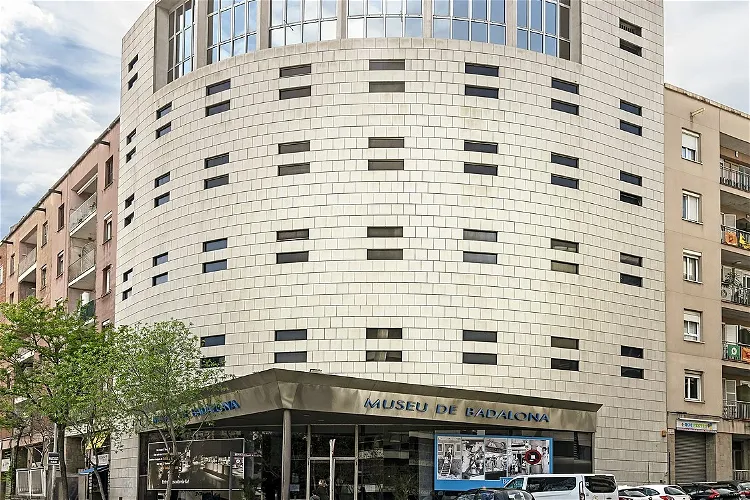
Badalona Museum
BadalonaThe Badalona Museum was founded in 1955, following the discovery of Roman baths by the local archaeologist and historian, Josep M. Cuyàs i Tolosa. This marked the beginning of the museum's journey, which has since become a significant cultural and historical site in the city.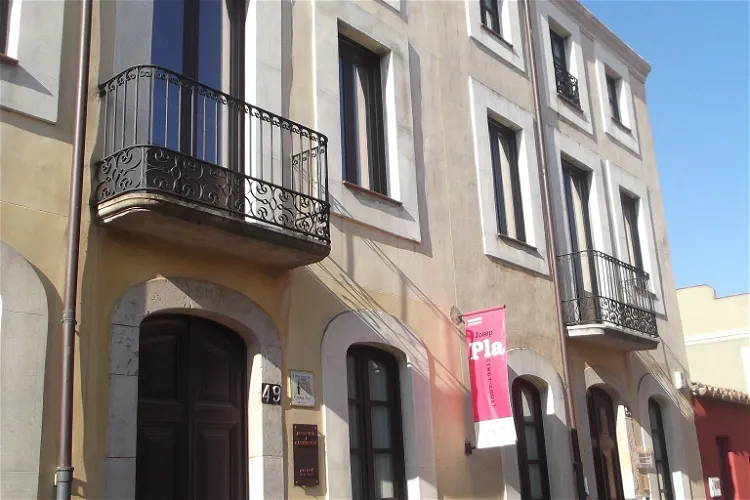
The Josep Pla Foundation
PalafrugellThe Josep Pla Foundation, located in Palafrugell, is a literary heritage center dedicated to promoting the reading and study of the works of Josep Pla. This includes both his literary and journalistic contributions. The foundation aims to facilitate access to Pla's works and encourage a deeper understanding of his contributions to literature.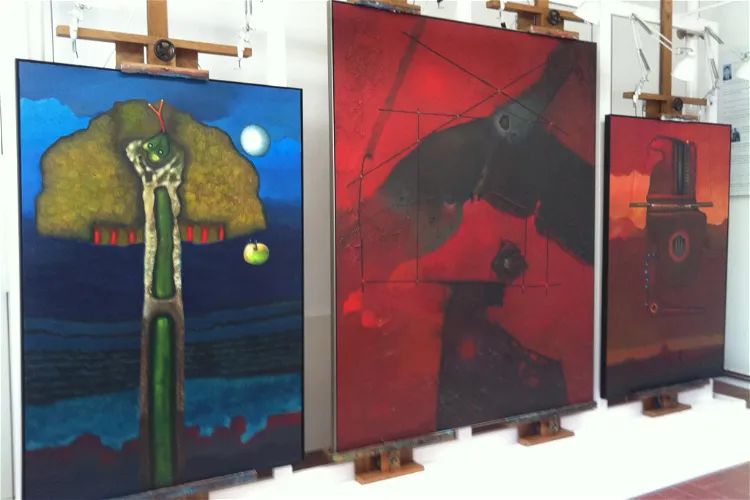
The Cuixart Foundation
PalafrugellThe Cuixart Foundation is in charge of maintaining the modernist house where Modest Cuixart lived from the 70s. This house, along with the painter's workshop, forms part of the cultural heritage of the Foundation. Visitors to the Foundation can explore these preserved spaces, offering a unique insight into the life and work of the artist.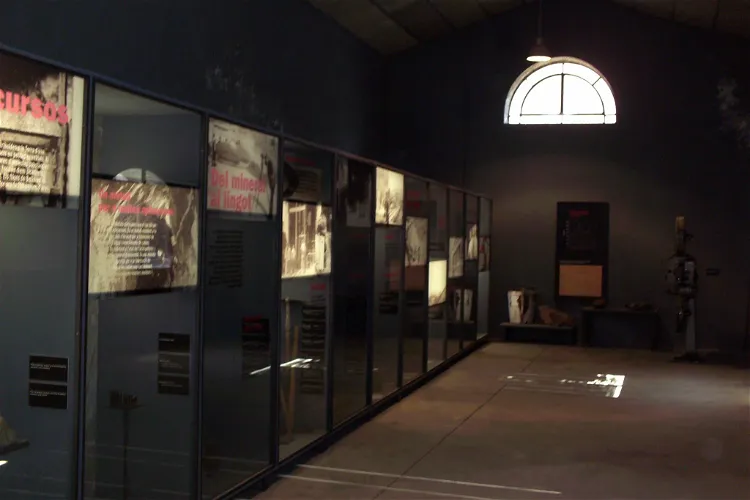
Bellmunt del Priorat Mines Museum
Bellmunt del PrioratThe Bellmunt del Priorat Mines Museum is situated in the former industrial complex of the Eugenia Mine. It serves as an interpretation center for understanding the history and techniques of lead mining in the El Priorat region of Catalonia, Spain. The museum is part of the Science and Technology Museum of Catalonia (mNACTEC) system, which includes various museums and collections throughout Catalonia, each specializing in different thematic areas of industrial heritage, science, and technology.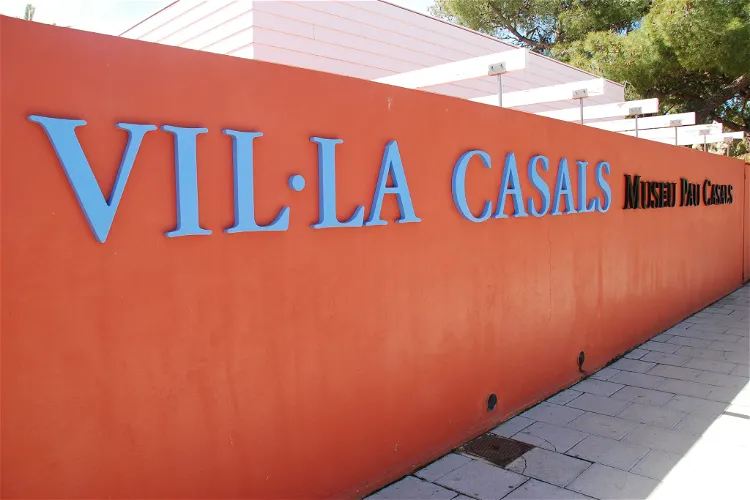
Pau Casals Museum
El VendrellThe Pau Casals Museum, located on the seafront of San Salvador in Vendrell, is dedicated to the life and work of Pau Casals. The museum, which was inaugurated in 1974, aims to conserve, preserve, and disseminate the figure of Pau Casals, his work, and his heritage.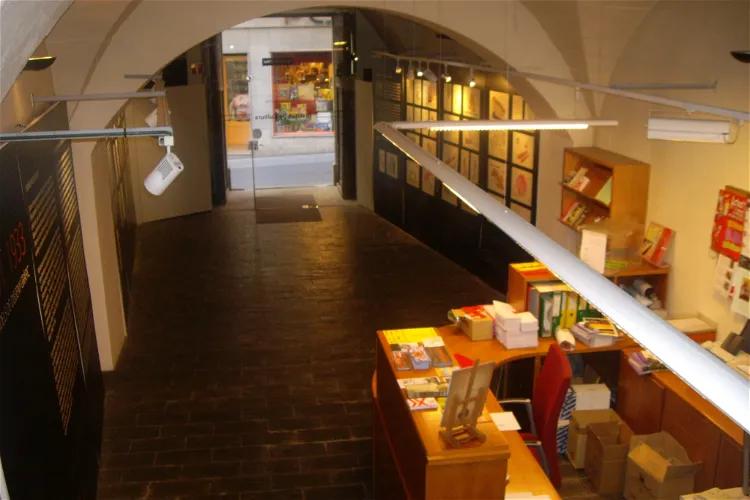
Can Trincheria House Museum
Olot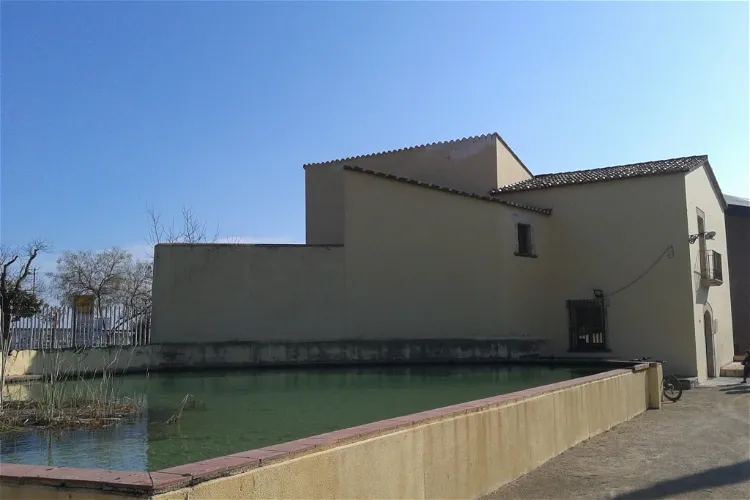
Molí de les Tres Eres Museum
Cambrils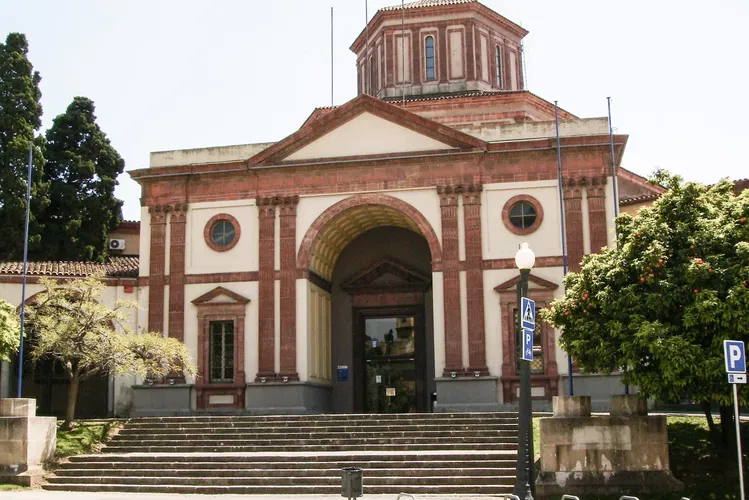
Ullastret
UllastretThe modern population of Ullastret is situated near the ancient Indika, the Iberian city of Ullastret. This city was once the capital of the Indigetes, an ancient Iberian tribe. The town's economy is primarily agricultural and tourist-based, with a population of 288 inhabitants.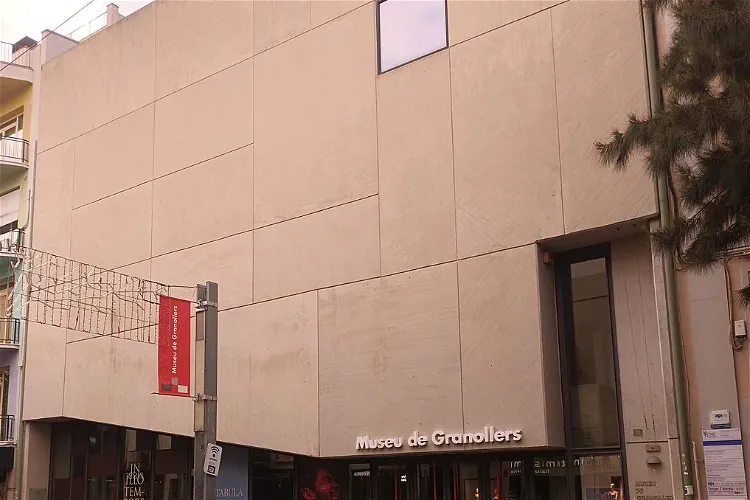
Granollers Museum
GranollersThe Granollers Museum, situated in Granollers, Barcelona, is home to a wide array of collections. These collections span across various fields such as archaeology, decorative arts, ethnography, numismatics, and art from different eras - ancient, modern, and contemporary. This diversity in the museum's collection offers visitors a comprehensive insight into the rich cultural and historical heritage of the region.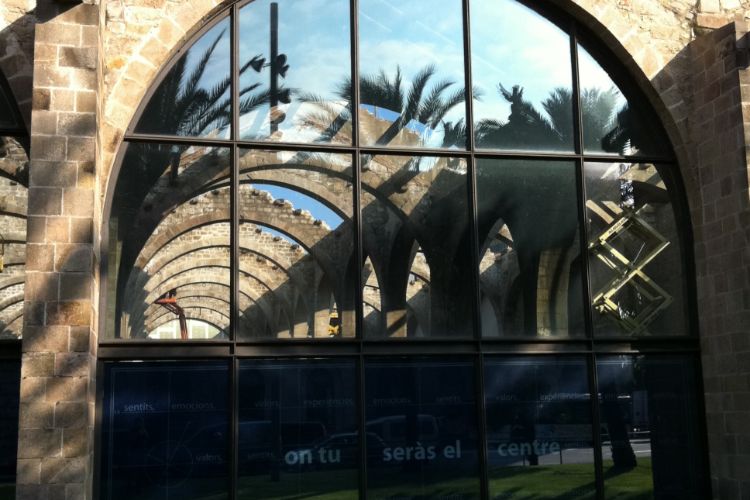
Maritime Museum
BarcelonaThe Maritime Museum is located in the Drassanes port, a former shipyard and a military building. The museum is devoted to the naval history of Spain. It documents the history of the Spanish Navy since the 15th century until today and displays instruments that were used for navigation, weapons, and p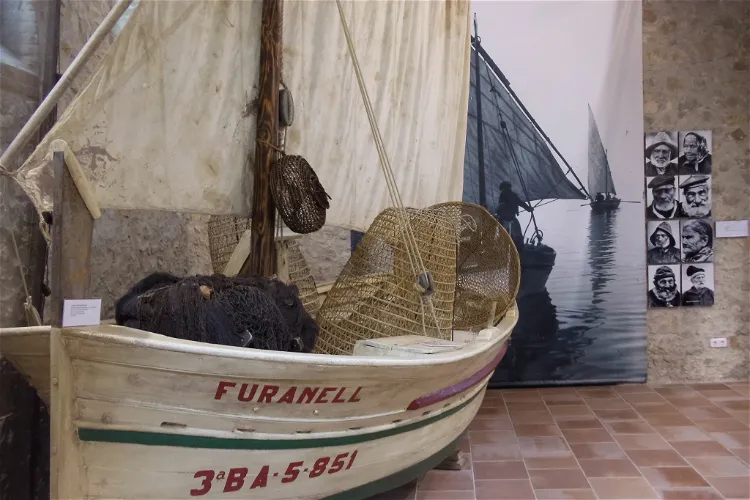
Anchovy and Salt Museum
l'EscalaThe Anchovy and Salt Museum is situated in the charming town of L'Escala, nestled in the region of Catalonia, Spain. This museum, which opened its doors to the public in 2006, offers visitors a unique insight into the cultural heritage of the village.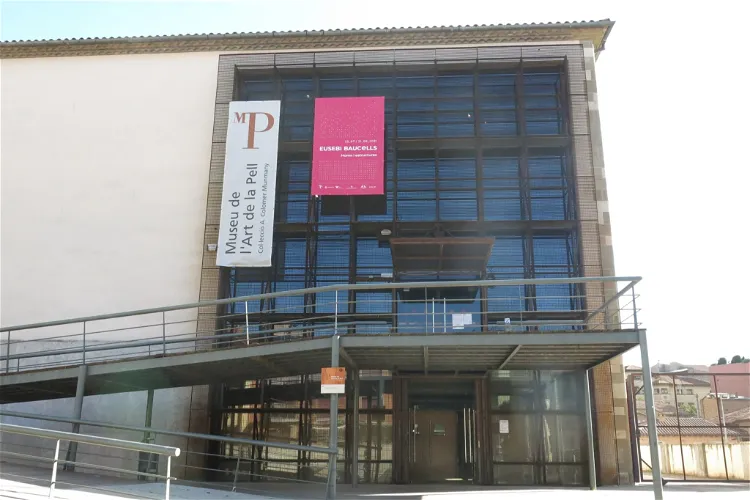
Museum of Leather Artistry. A. Colomer Munmany Collection
FolguerolesThe Museum of Leather Artistry, located in Vich, Barcelona, Spain, is home to the collection of Andreu Colomer Munmany. Over a span of fifty years, Munmany has amassed a collection of a thousand pieces, all of which are made entirely or partially from leather. This unique collection showcases the versatility and artistic potential of leather as a material.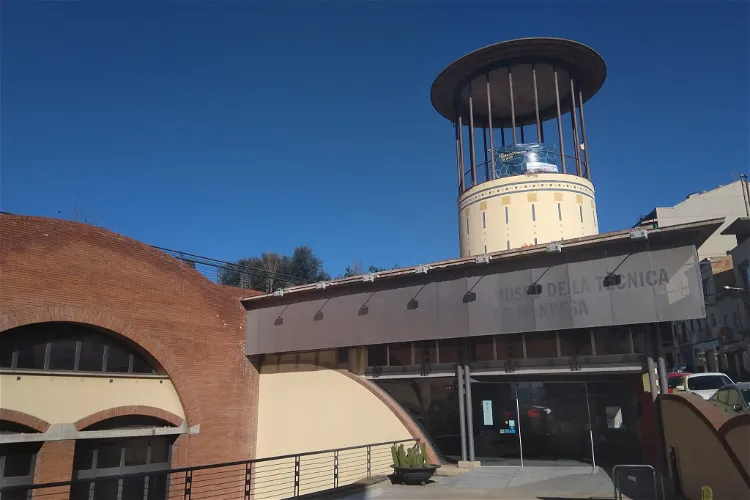
Technical Museum of Manresa
ManresaThe Technical Museum of Manresa is housed in the old tanks that once collected and stored water from the city's ditch. These tanks, built between 1861 and 1865, have been fully restored and now host a multipurpose room and two permanent exhibitions. The museum's location offers a unique insight into the city's history and its relationship with water.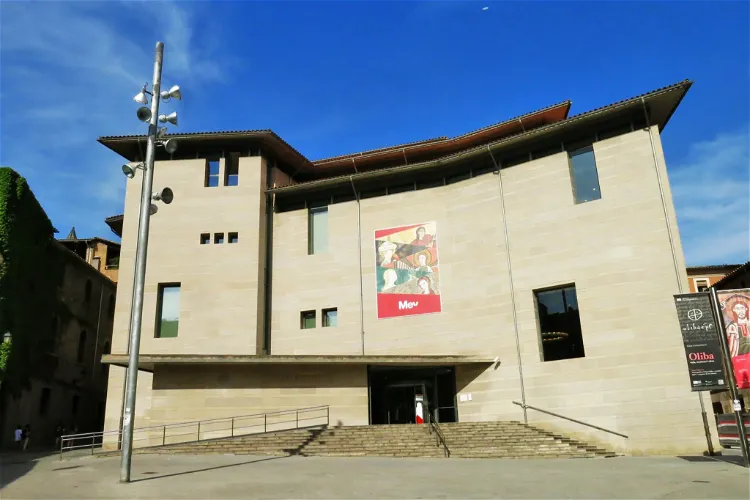
Episcopal Museum of Vic
FolguerolesIn 1995, under the architectural direction of Alfons Milà and Frederic Correa, the old school of Sant Josep, located next to the cathedral, was rebuilt to house the museum's large collections. This move was necessitated by the significant increase in the museum's collections. The new building was designed to accommodate the vast array of artifacts and works of art that the museum had acquired over the years.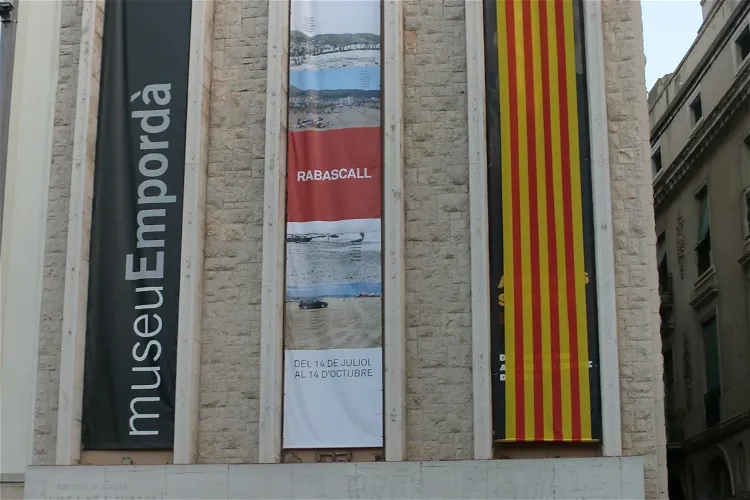
Museum of the Empordà
FigueresThe Museum of the Empordà is an art museum located in Figueres, a city in Catalonia, Spain. It is a destination for art enthusiasts and tourists alike, offering a rich collection of artworks from various periods and styles.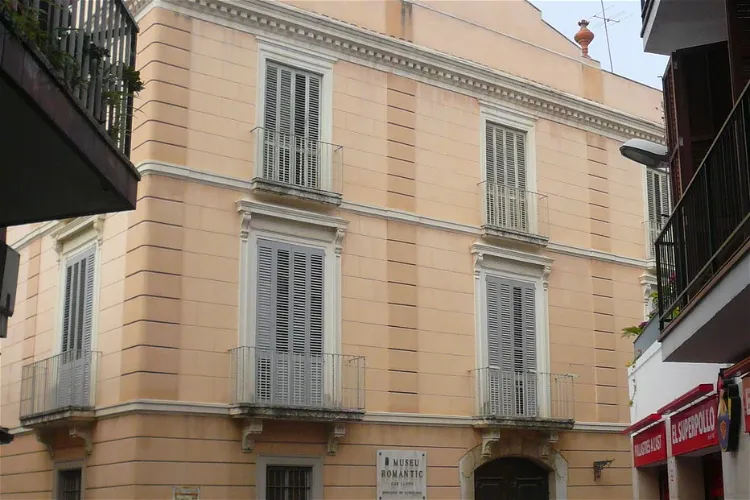
Can Llopis Romanticism Museum
SitgesThe Can Llopis Romanticism Museum, also known as Museu Romàntic Can Llopis, is situated in a Neoclassical-style building in the heart of Sitges. It is a part of the Barcelona Provincial Council Local Museum Network, making it a significant cultural site in the region. The museum is housed in the former Casa Llopis, a stately home built in 1793 that was once one of the most impressive residences in Sitges's new district.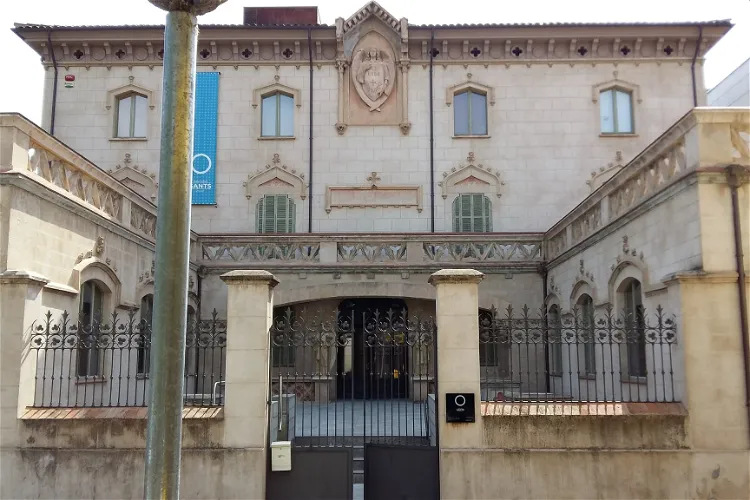
Olot Saints Museum
OlotThe Olot Saints Museum, which opened its doors in 2007, is a unique institution dedicated to the craft of creating religious imagery. Located in Olot, Girona, the museum houses a variety of items that provide insight into this specialized craft. Visitors can explore the intricate process of creating religious figurines and learn about the history and significance of this art form.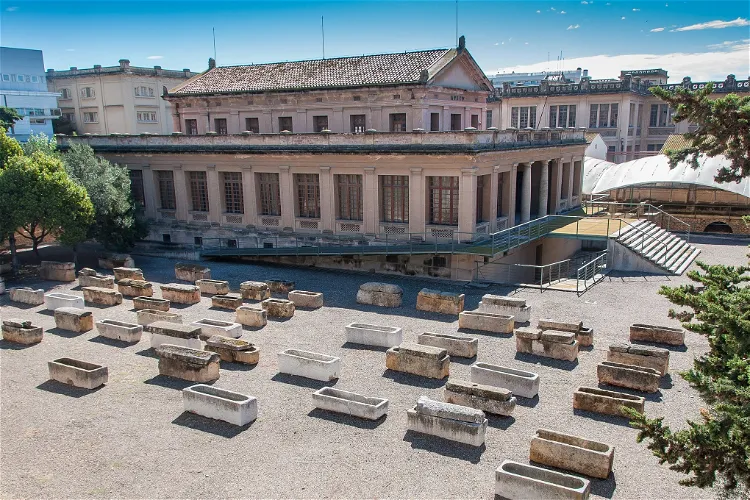
Paleo-Christian Necropolis and Museum
TarragonaVisit the archaeological museum and see an astonishing number of well-preserved Paleo-Christian tombs whose origin dates to the 3rd century.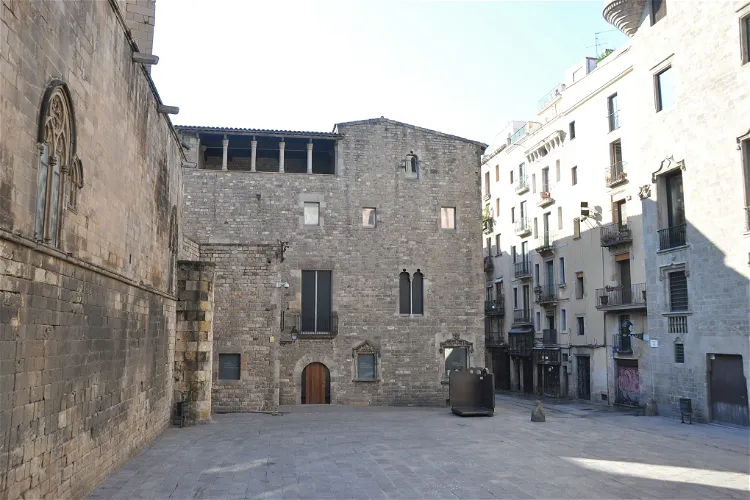
Museum of the History of Barcelona
La MasiaThe Museum of the History of Barcelona, also known as MUHBA, is a city institution that is dedicated to preserving, documenting, maintaining, and exhibiting Barcelona's cultural heritage from its beginnings to the present. The museum's collections include a wide range of artifacts and exhibits that provide a comprehensive overview of the city's history and cultural evolution. Visitors to the museum can expect to gain a deeper understanding of Barcelona's rich and diverse history.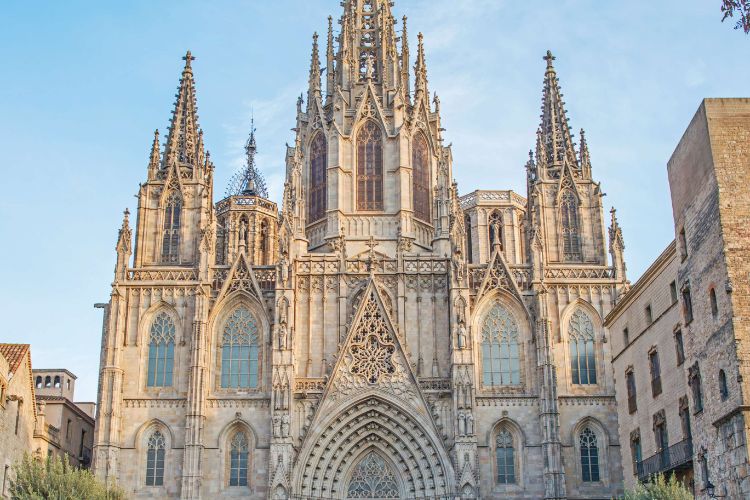
Museu de la Catedral
Barcelona- 82
Diocesan Museum of Tarragona
TarragonaThe Diocesan Museum of Tarragona is a significant part of the Archbishopric of Tarragona. It is conveniently located within the cathedral complex of the Tarragona Cathedral, making it easily accessible for visitors who are exploring the cathedral and its surroundings. 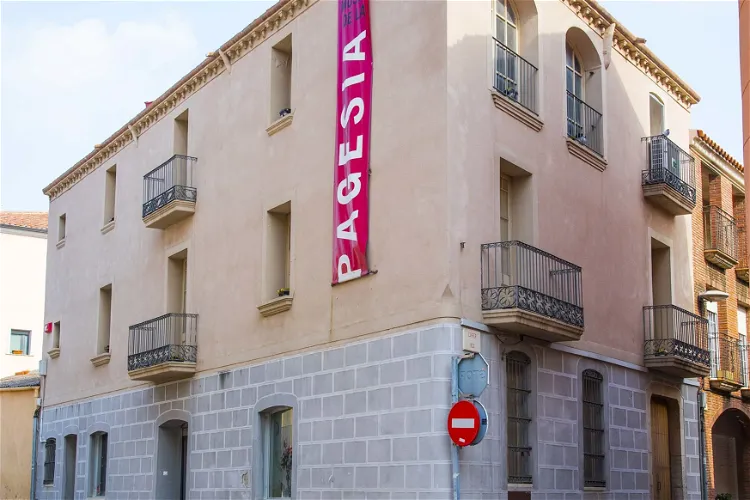
Museu de la Pagesia
CastellbisbalThe Museu de la Pagesia in Castellbisbal, located in the Vallés Occidental region, is dedicated to the preservation and promotion of the local cultural heritage related to the agricultural world. This museum provides a unique opportunity for visitors to delve into the rich agricultural history of the region and understand its impact on the local culture.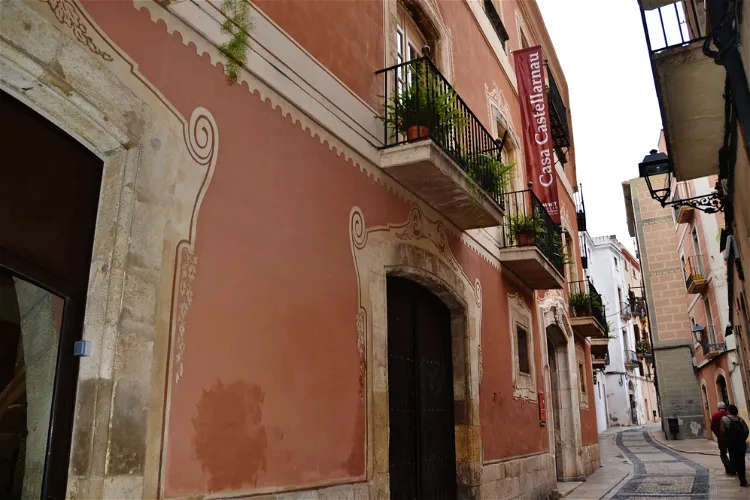
Castellarnau House
Tarragona
Manresa Regional Museum
ManresaThe Manresa Regional Museum, officially known as Museu Comarcal de Manresa, is a multidisciplinary museum that was established on September 2, 1896. It was initially named the Archaeological Museum, Public Library and Permanent Artistic Industrial Exhibition. The museum is located in one of the rooms of the city's town hall building.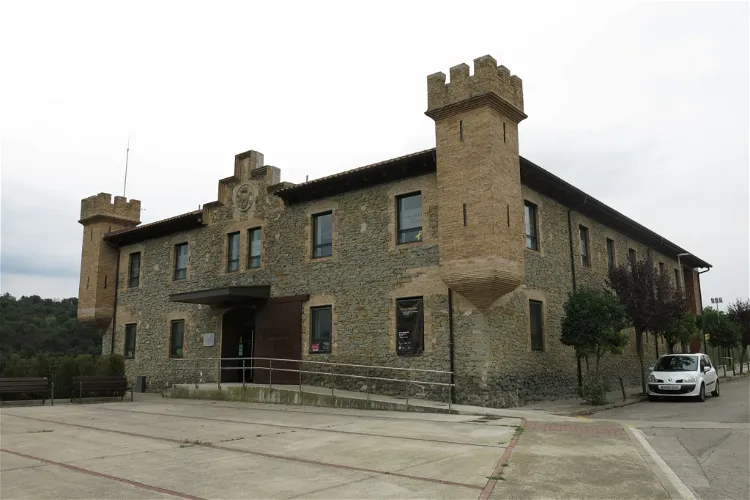
L'Esquerda Archaeological Museum
Roda de TerThe L'Esquerda Archaeological Museum, inaugurated in 1988, serves as a repository for materials unearthed from the archaeological excavations at the Iberian settlement of La Esquerda. The museum's primary aim is to make these findings accessible to the public, thereby providing a unique insight into the region's rich historical past.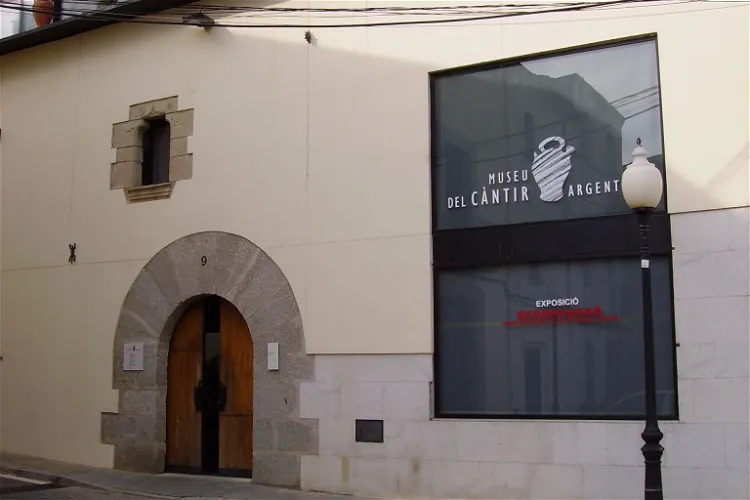
Argentona Water Jug Museum
ArgentonaThe origins of the Argentona Water Jug Museum are closely tied to the Fiesta del Botijo, a festival that has been celebrated on August 4th since 1951. This festival revived a tradition dating back to the 17th century, when the people voted to honor Saint Dominic, the patron saint of waters, for protecting them from a severe plague epidemic. The festival and the museum were both promoted by Jaume Clavell i Nogueras and a group of citizens grouped under the name of Amics d'Argentona.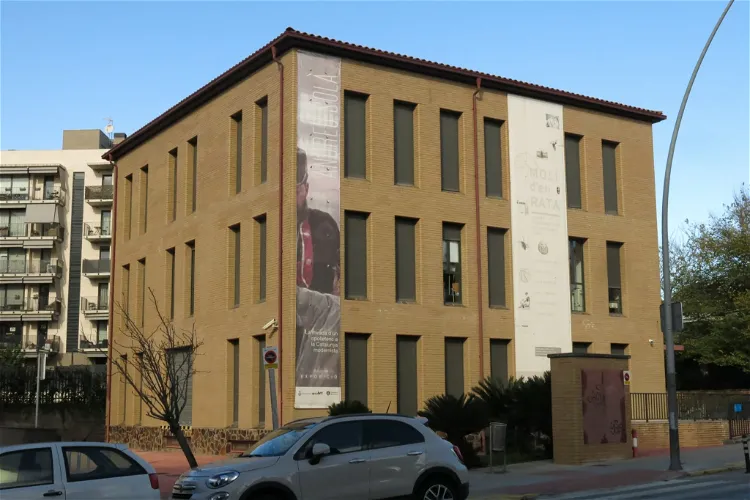
Molí d'en Rata Heritage Interpretation Centre
Ripollet
The Maritime Rescue Museum
Sant Feliu de GuíxolsThe Maritime Rescue Museum, situated in the port of Sant Feliu de Guíxols in the Baix Empordà region of Spain, is a historical site that was once a rescue shipwreck station. This unique museum offers visitors a glimpse into the maritime history of the region and the important role that the station played in rescue operations.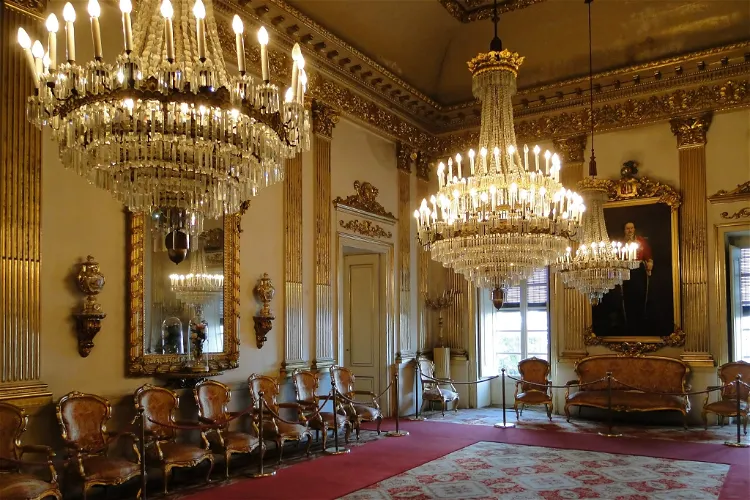
Canals House
Tarragona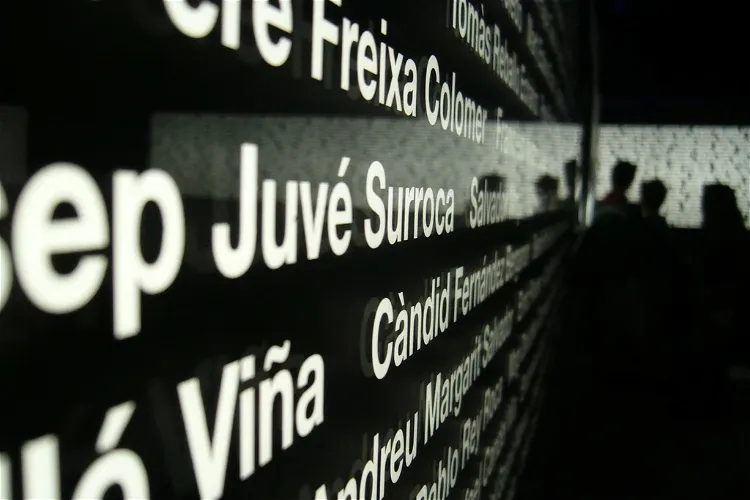
Museu memorial de l'exili
La JunqueraThe Museu Memorial de l'Exili, also known as MUME, is a modern documentation center that focuses on the Retirada of 1939 and the exile of Spanish Republicans. This museum provides an in-depth look into a significant period of Spanish history, offering visitors a chance to learn about the events and experiences of those who lived through this time.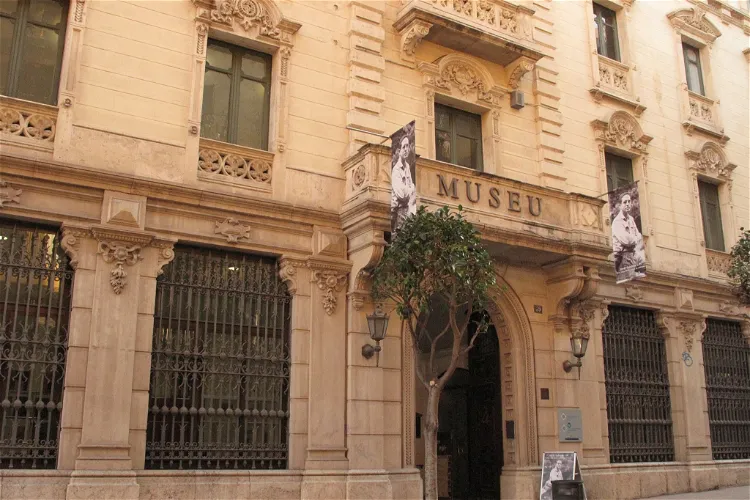
Salvador Vilaseca Museum
ReusThe Salvador Vilaseca Museum in Reus, Spain, is a well-established institution managed by the Municipal Institute of Museums of Reus. It is known for its significant heritage and artistic collections, making it one of the most important museums in the region of Catalonia. The museum's collections span the history of the city and its surroundings, providing a comprehensive overview of the region's past.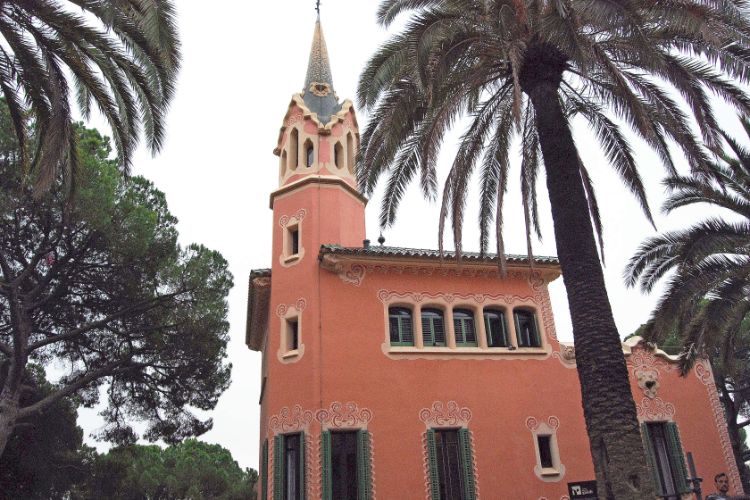
Gaudi House Museum
BarcelonaThe former residence of the architect Antoni Gaudí now serves as a museum. The museum is devoted to his work and is an eyecatcher for the Park Güell. It was designed by his friend Francesc d’Assís Berenguer i Mestres. Antoni Gaudí i Cornet lived in this house from 1906 to 1925. Some rooms are still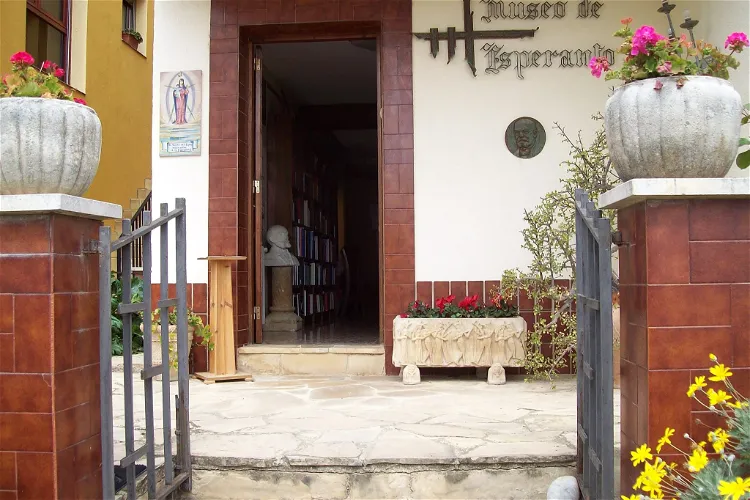
Esperanto Museum
SubiratsThe Esperanto Museum of Subirats, previously known as the Hispana Esperanto-muzeo (Spanish Esperanto Museum), is a unique private collection of objects related to the international language of Esperanto. It is located in the Catalan town of San Pablo de Ordal, in the municipality of Subirats, Alto Panadés, province of Barcelona. This museum offers a unique insight into the history and culture of the Esperanto language and its community.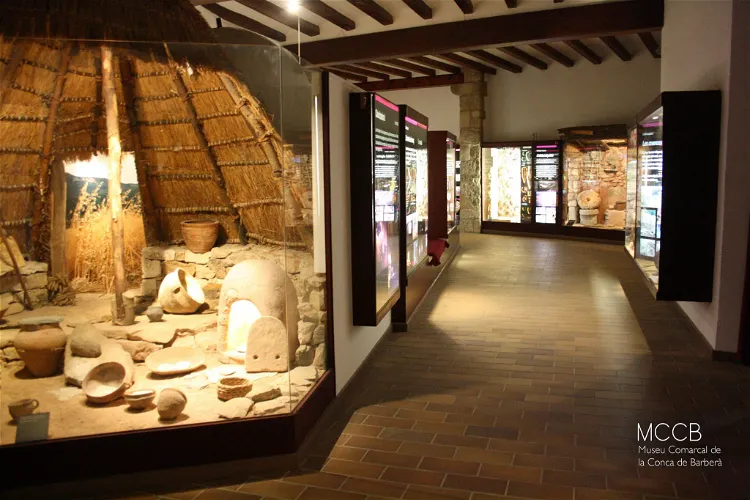
Provincial Museum of Conca de Barberà
Montblanc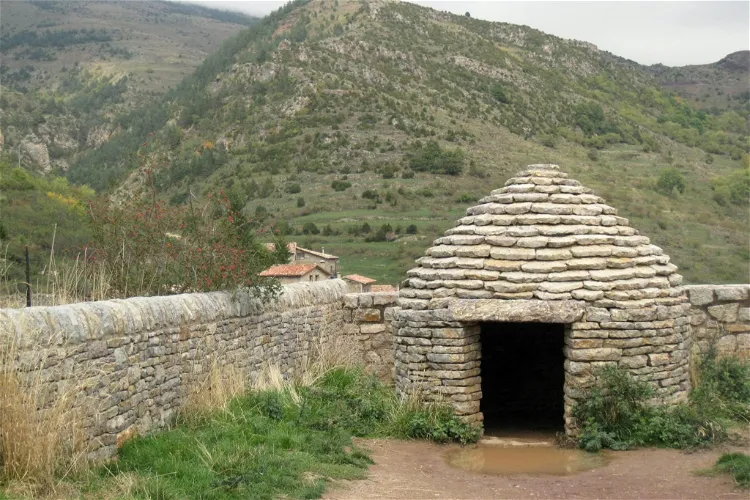
The Shepherd's Museum
Castellar de n'Hug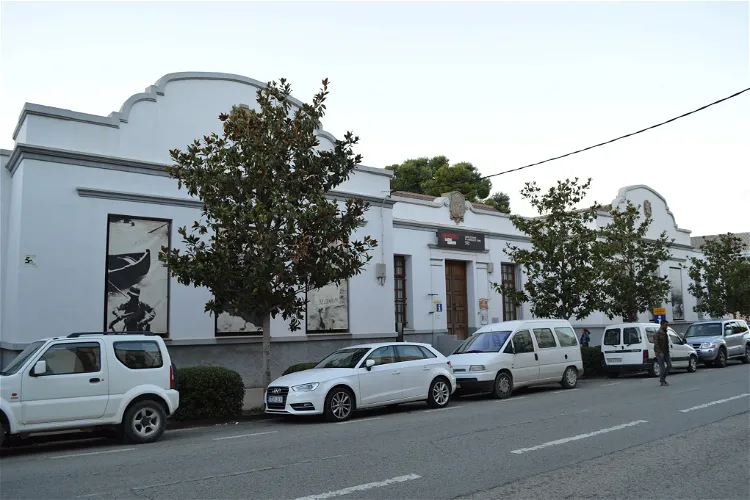
Memorial Museum of the Battle of the Ebro
Gandesa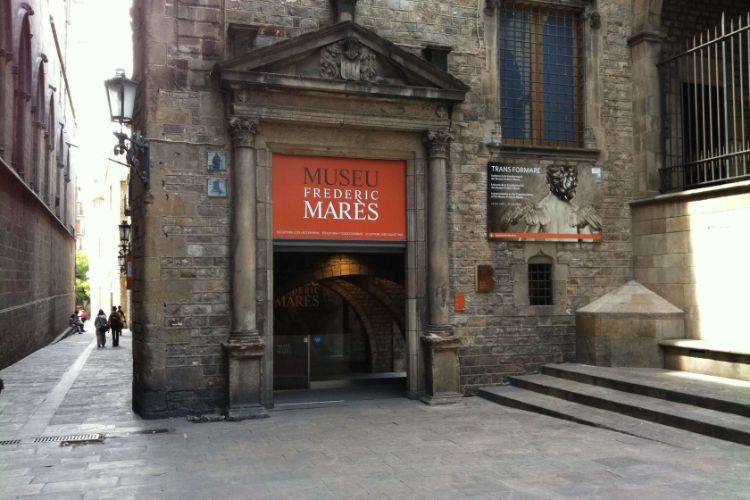
Frederic Mares Museum
BarcelonaThe Frederic Mares Museum presents a complex and varied collection of Spanish sculptures ranging from the ancient world to the 19th century. Accumulated by a passionate collector and sculptor Frederic Marès, it is one of the most important sculpture museums in Spain. Housed in a former palace of the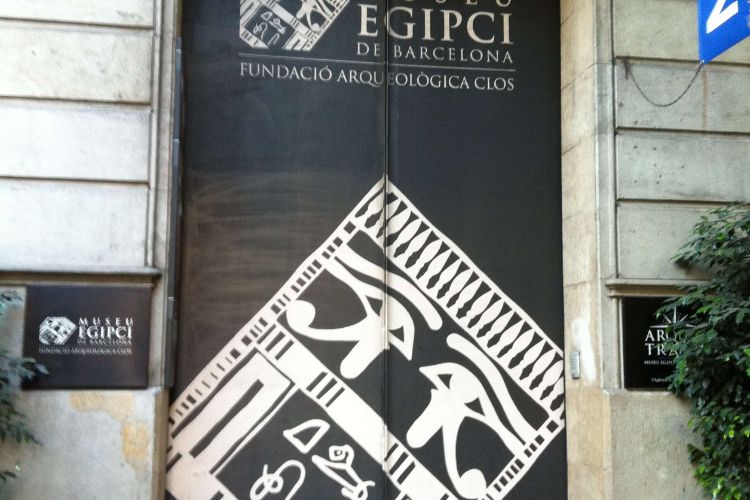
Museu Egipci de Barcelona
BarcelonaThe Museu Egipci de Barcelona houses a big collection of art and artifacts from Ancient Egypt.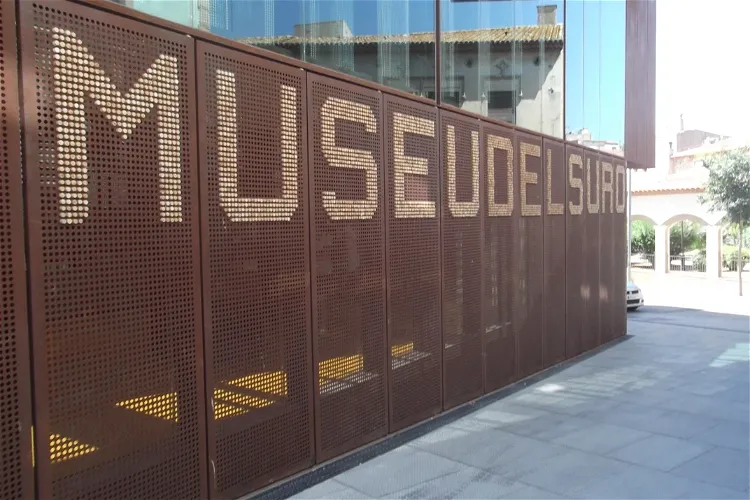
The Cork Museum
PalafrugellThe Cork Museum of Palafrugell, located in Spain, is a unique institution dedicated to the cork industry in Catalonia. It provides an in-depth look into the history and processes of this industry, offering visitors a chance to learn about the production of cork and its various uses. The museum is situated in a modernist factory, surrounded by a small cork forest, adding to the authenticity of the experience.
Casa Barral Museum
Calafell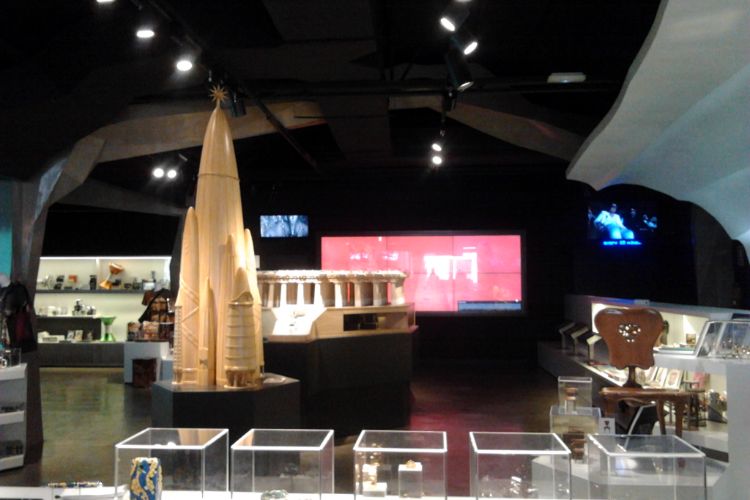
Gaudi Experience
BarcelonaG Experiència (the Gaudi Experience) is a way to find out about Antoni Gaudí and his work. Visitors are able to explore Antoni Gaudí’s creative universe through 4D and interactive technology.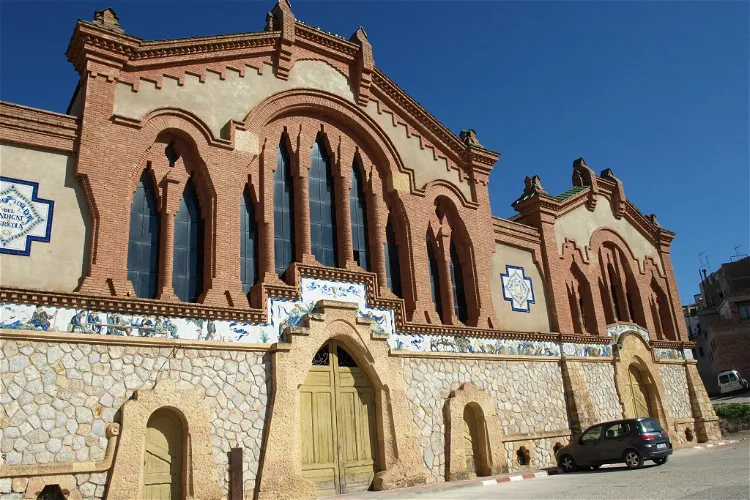
Catedral del Vi
el Pinell de Brai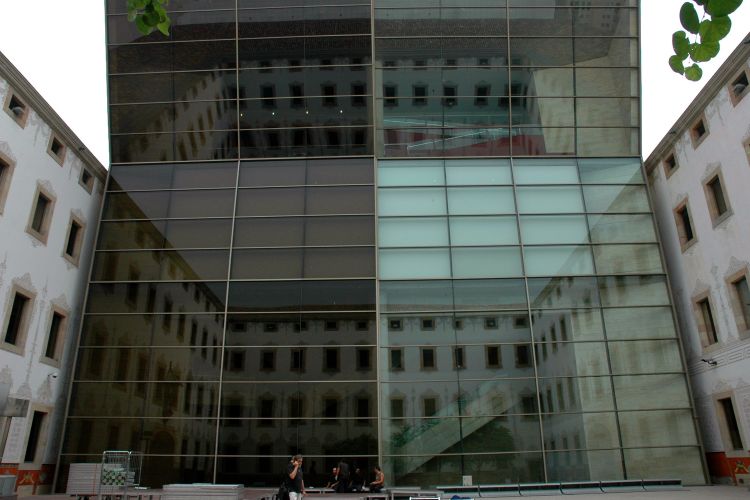
CCCB: Centre de Cultura Contemporània de Barcelona
BarcelonaCCCB: Centre de Cultura Contemporània de Barcelona is a multidisciplinary exhibition and arts center devoted to the city of Barcelona and its urban culture. Various events take place here, such as debates, lectures, festivals or concerts. It's an open and free space promoting new technologies and ex
Museu del Modernisme Barcelona
BarcelonaHoused in a former textile factory, Museu del Modernisme Català displays collections of paintings, sculptures and decorative arts created by modernista artists - such as Ramón Casas, Antoni Gaudí orJoaquim Miró. Housing over 350 works by 42 artists, the museum is the only museum dedicated solely to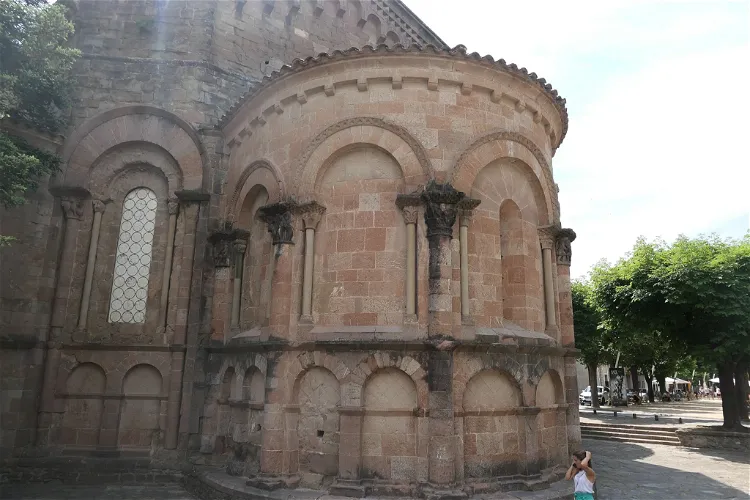
Monastery of Sant Joan de les Abadesses
Sant Joan de les AbadessesThe Monastery of Sant Joan de les Abadesses is a significant historical site located in the region of Ripollès, Catalonia, in northern Spain. It was established in the year 885 by a notable figure, count Wilfred the Hairy. This monastery holds a rich history and is a testament to the region's past.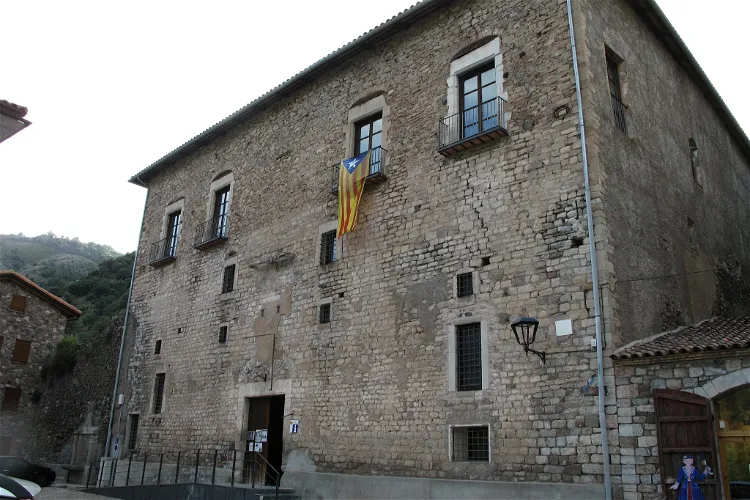
Museum of Gerri de la Sal
Baix Pallars
Museu Comarcal de Cervera
Cervera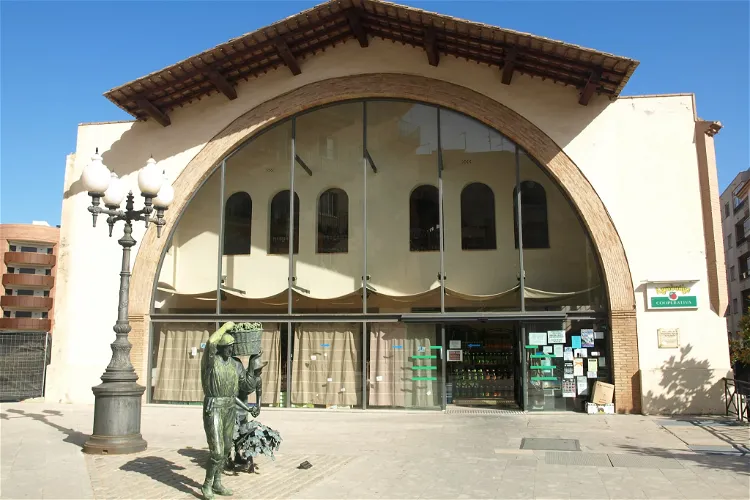
Cambrils Agricultural Museum
CambrilsThe Cambrils Agricultural Museum, previously known as the Agricultural Union Winery, is a significant site in the Spanish city of Cambrils. It is recognized in the Inventory of Architectural Heritage of Catalonia, which adds to its historical and cultural value. The museum is housed in a building that was once a cooperative winery, and it showcases the process of wine and olive oil production in its original context.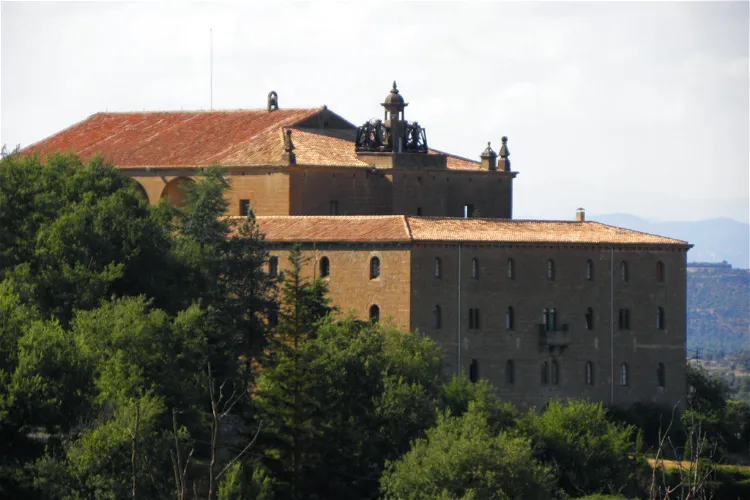
Sanctuary of the Miracle
el Miracle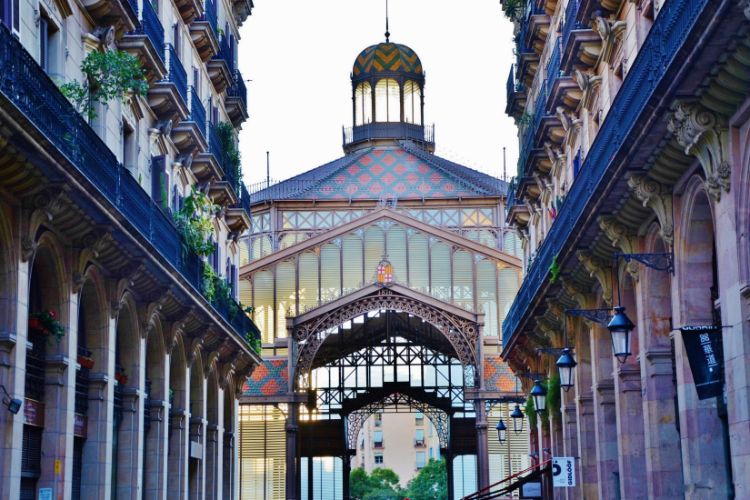
Mercat del Born
BarcelonaMercat del Born was a public market and one of the most important buildings in Barcelona. The construction with iron that marked the start of Modernisme in Catalan architecture. is the largest covered square in Europe.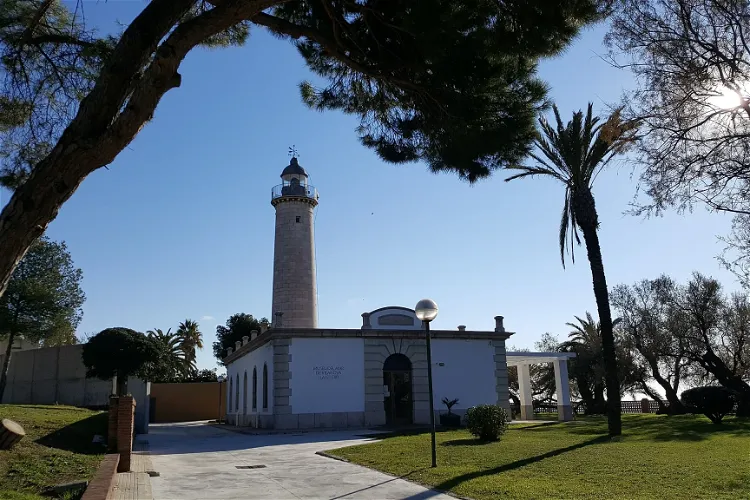
Espai Far
Vilanova y GeltrúEspai Far is a museum situated in the San Cristóbal Lighthouse of Villanueva and Geltrú. The museum is dedicated to the local maritime tradition, offering visitors a unique insight into the region's rich seafaring history and culture.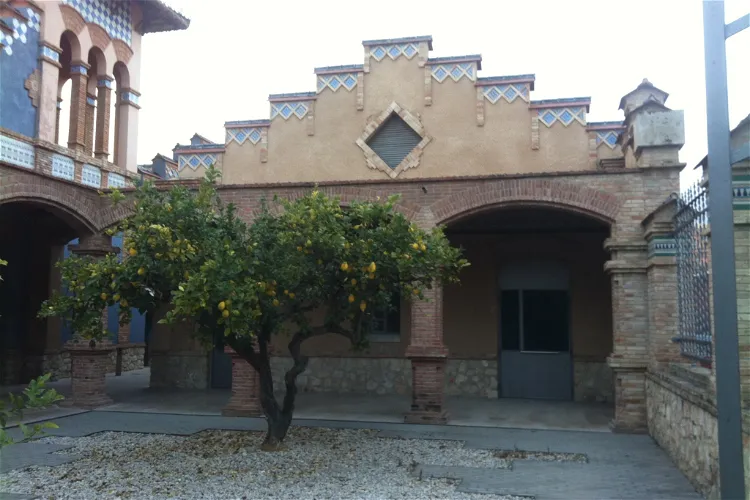
Tortosa Museum
TortosaThe Tortosa Museum, a cultural facility, was inaugurated in 2012. It is the successor of the old museum that was established in 1900 based on the discoveries of the architect Joan Abril i Guanyabens. This historical connection adds a layer of depth to the museum's significance, making it a place where visitors can appreciate not only the exhibits but also the rich history of the institution itself.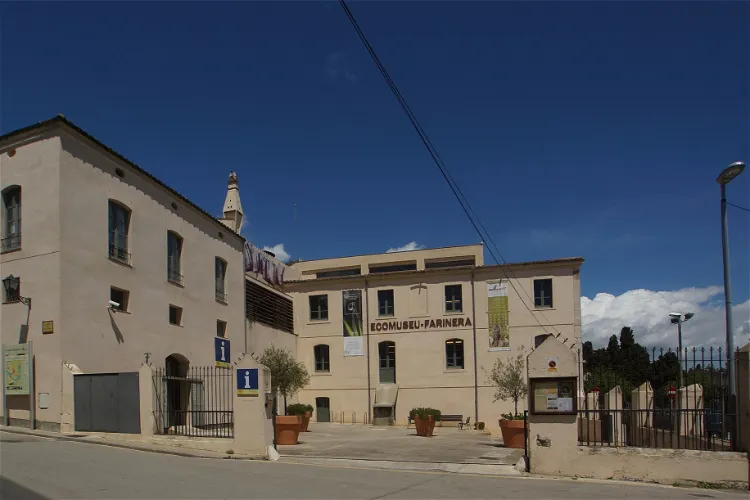
Ecomuseum Flour Mill
Castelló d'EmpúriesThe Castelló d'Empúries Flour Mill and Eco-Museum is a historical site that was operational from the late 19th century to the first half of the 20th century. The factory was constructed on the remnants of three medieval flour mills, adding a layer of historical depth to the location. Visitors can explore the site and gain insights into the industrial past of the region.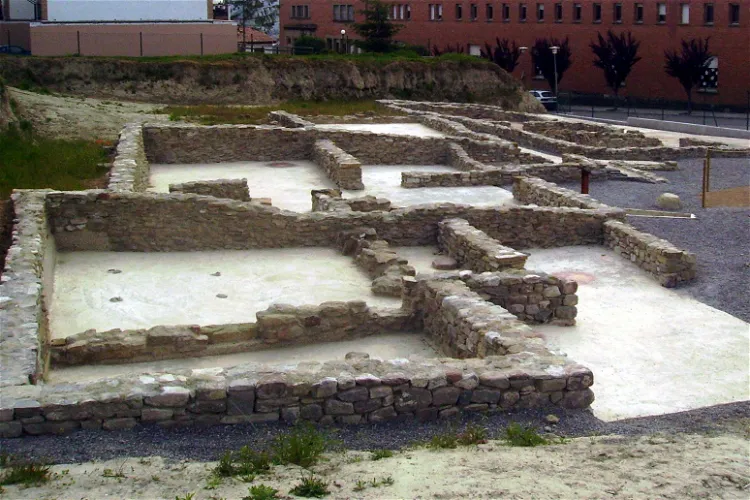
El Camp de les Lloses Interpretation Centre and Site
TonaEl Camp de les Lloses is a historical site that was once a Roman settlement. It is located in the area around present-day Tona, a town in the Osona region of Catalonia, Spain. The settlement was founded between the 2nd and 1st centuries BC, making it a significant part of the region's ancient history.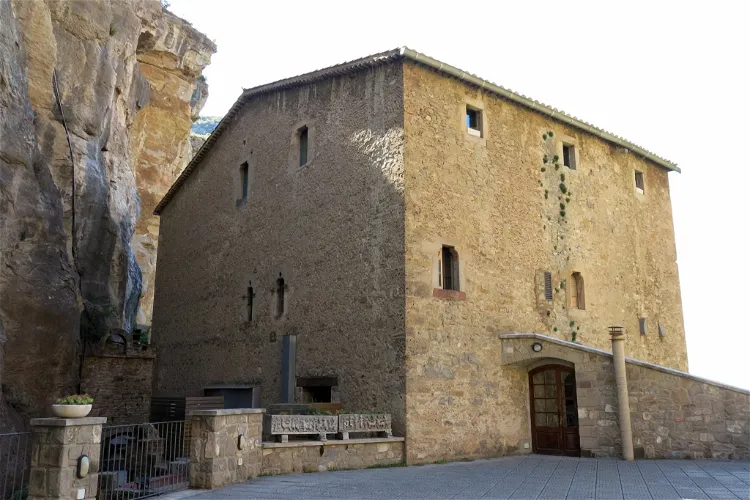
Sant Miquel del Fai Monastery
Sant Quirze SafajaThe Sant Miquel de Fai Monastery is a historical Benedictine monastery located in the Catalan region of Vallés Oriental, Spain. It is situated 7 km away from the municipality of San Felíu de Codinas and is part of the province of Barcelona. The monastery offers a glimpse into the rich history and religious traditions of the region.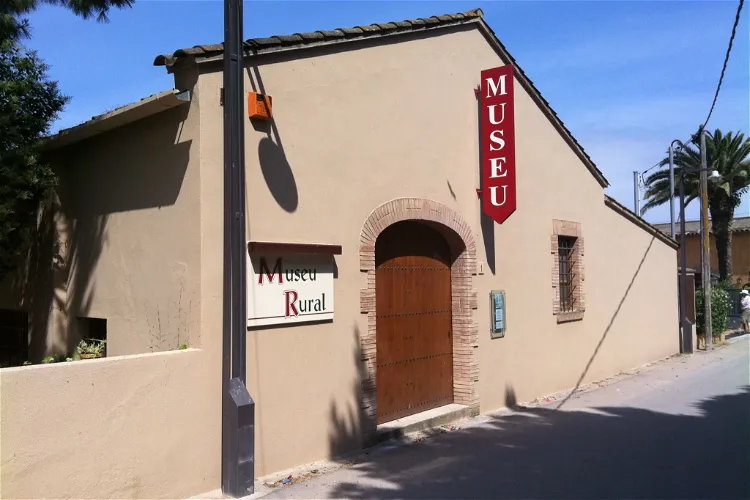
Rural Museum
Palau-satorPalau-sator is a quaint town located in the province of Girona, within the Autonomous Region of Catalonia. This municipality is not just a single town, but also encompasses the charming villages of Fontclara, Sant Feliu de Boada, Sant Julià de Boada, and Pantaleu. Each of these villages has its own unique character and history, making them interesting places to explore for tourists.
Monastery of Santa Maria de l'Estany
l'EstanyThe Monastery of Santa Maria, situated in the quaint Catalan town of Estany within the region of Moyanés in Spain, is a site of significant historical and artistic value. In 1931, it was officially declared a Historic Artistic Monument. This recognition underscores the monastery's importance in the cultural and historical landscape of Spain, making it a noteworthy site for tourists interested in history, art, and architecture.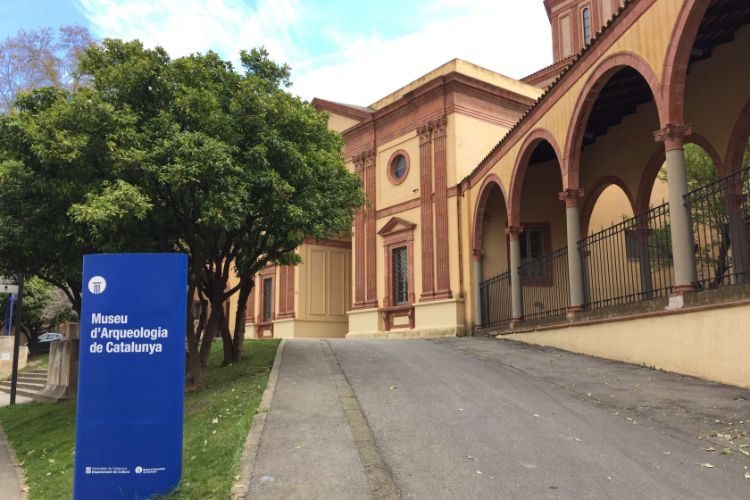
Museum of Archaeology of Catalonia
BarcelonaThe building of the Museum of Archaeology of Catalonia in Barcelona was designed by Pelagi Martínez i Patricio. The museum is structured into five different spaces: prehistory; protohistory, the Greek and Phoenician colonisations; the Roman Empire; and the Visigoths, the beginning of the medieval pe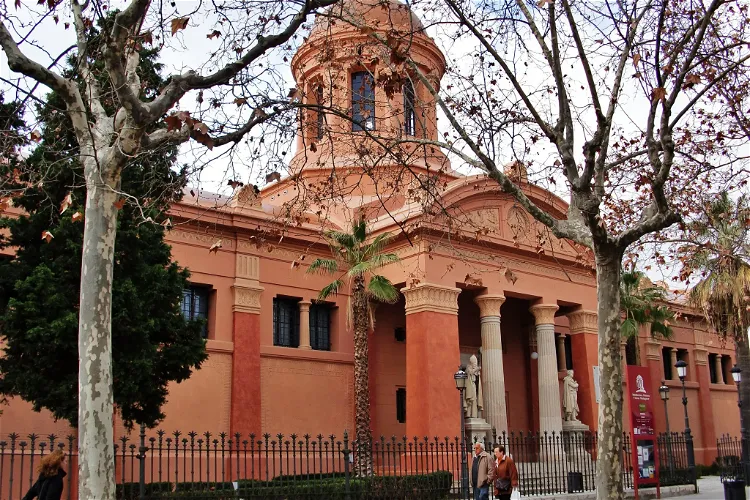
Biblioteca Museu Víctor Balaguer
Vilanova y GeltrúThe museum is home to the legacy of its founder, Víctor Balaguer. This includes a vast collection of books and various works of art that he amassed throughout his life. Visitors can explore a wide range of paintings, sculptures, ceramic and glass pieces, and ethnographic objects from distant cultures.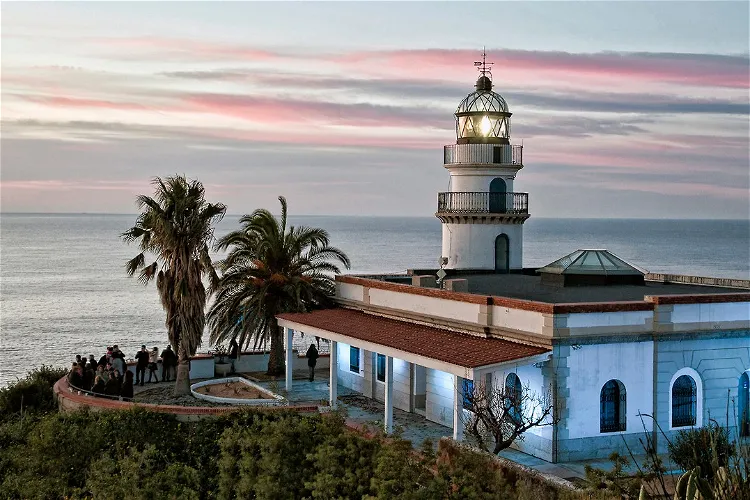
LightHouse of Calella
CalellaThe Calella Lighthouse is a significant landmark situated in the city of Calella, which is approximately 58 km northeast of Barcelona, in the province of Barcelona, Catalonia, Spain. This location makes it easily accessible for tourists visiting Barcelona and looking for day trips to explore the surrounding areas.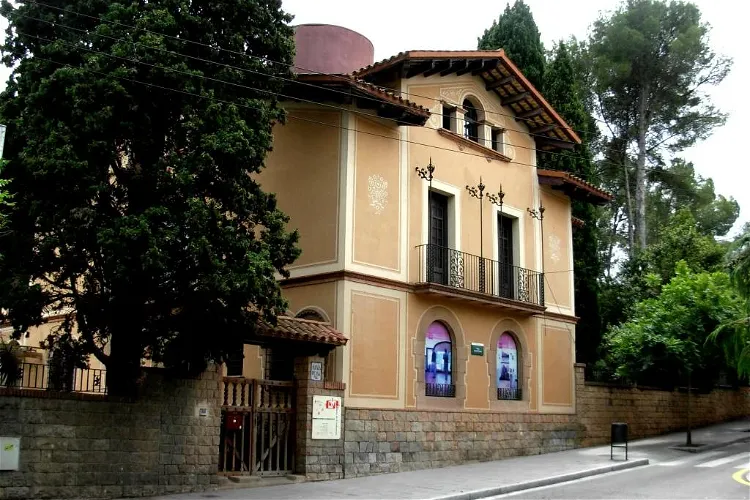
Cerdanyola Museum
Cerdanyola del VallésThe Cerdanyola Museum, situated in the Vallés Occidental region of Catalonia, is not confined to a single building. Instead, it comprises a collection of spaces scattered throughout the town. This unique approach allows visitors to explore the town and its history in a more immersive way, as the museum is essentially the territory itself.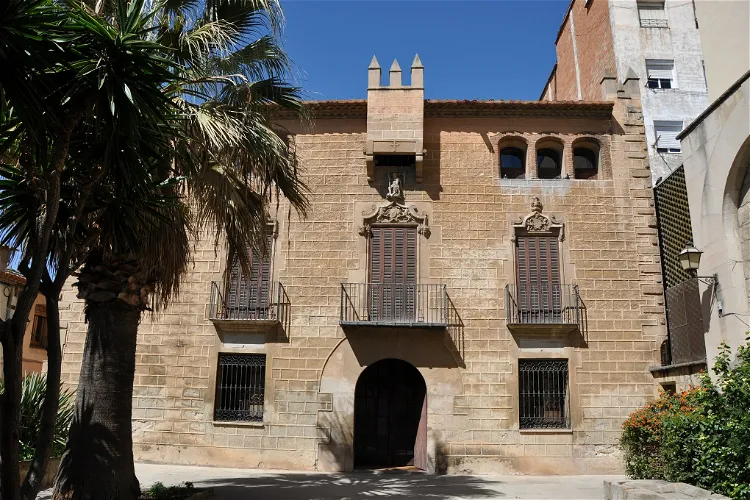
L'Hospitalet Museum
l'Hospitalet de LlobregatEl Museo de Hospitalet, located in Hospitalet de Llobregat, is a cultural facility owned by the municipality. The museum's primary objective is to disseminate and preserve the cultural and material heritage of the region. This makes it an ideal place for tourists interested in learning about the local culture and history.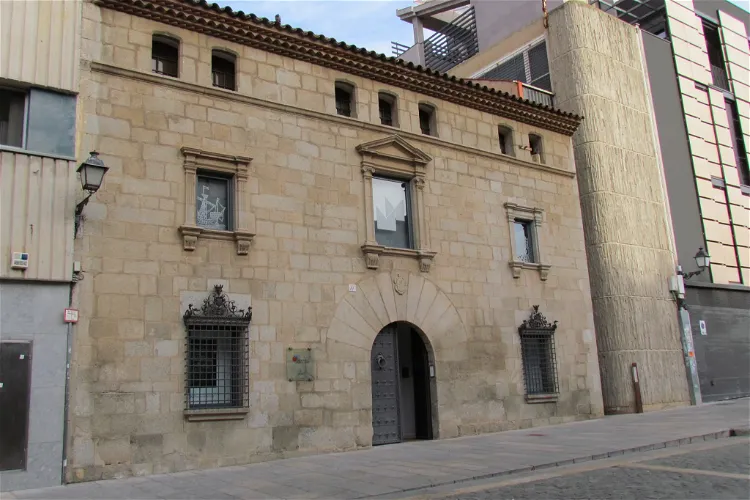
Mataró Museum
MataróThe Mataró Museum is a Spanish museum institution located in Mataró, a city in the Maresme region of Barcelona. The museum's headquarters are in Can Serra, a building constructed in 1565 that showcases the Renaissance architectural style. This historical building adds a unique charm to the museum, making it a fascinating place for tourists interested in history and architecture.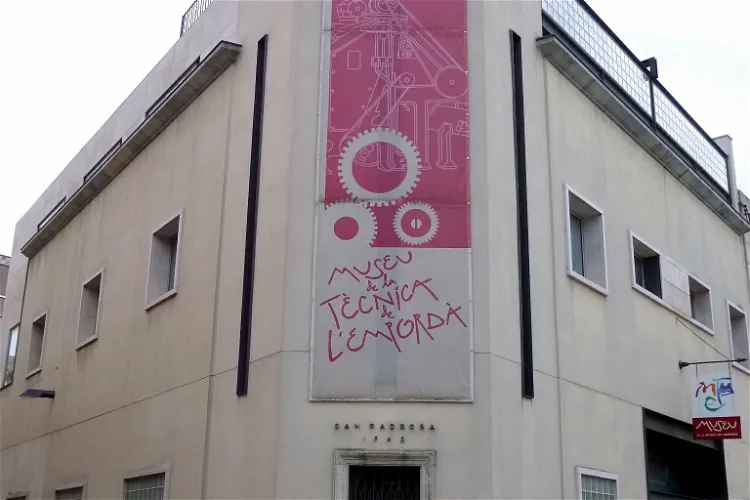
Technical Museum of the Empordà
FigueresThe Technical Museum of the Empordà is a unique destination for technology enthusiasts. Located in the Catalan city of Figueres, in the province of Alt-Empordà, Spain, the museum offers a deep dive into the world of machines and technology. It's a great place to explore and learn about the evolution of technology over the centuries.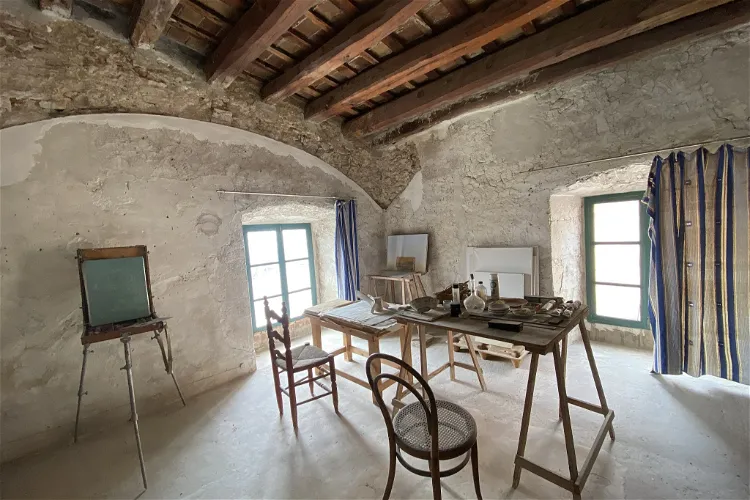
Apel·les Fenosa Museum
El VendrellThe Apel·les Fenosa Foundation is a museum dedicated to the life and works of the Catalan sculptor Apel·les Fenosa. It is located in a building known as the Casa del Pardo, at Major Street, 25. in El Vendrell, Tarragona. The museum's primary mission is to preserve and disseminate the legacy of this renowned artist.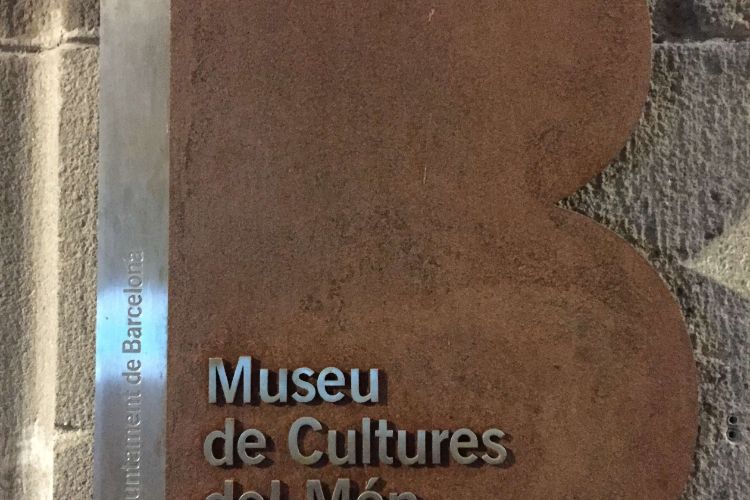
Museum of World Cultures
BarcelonaThe Museum of World Cultures showcases the artistic and cultural diversity of the peoples of Africa, Asia, America and Oceania. The museum brings together a selection of more than 30,000 objects from the Ethnology Museum and 2,356 works from the Folch Collection, the most important non-Western art c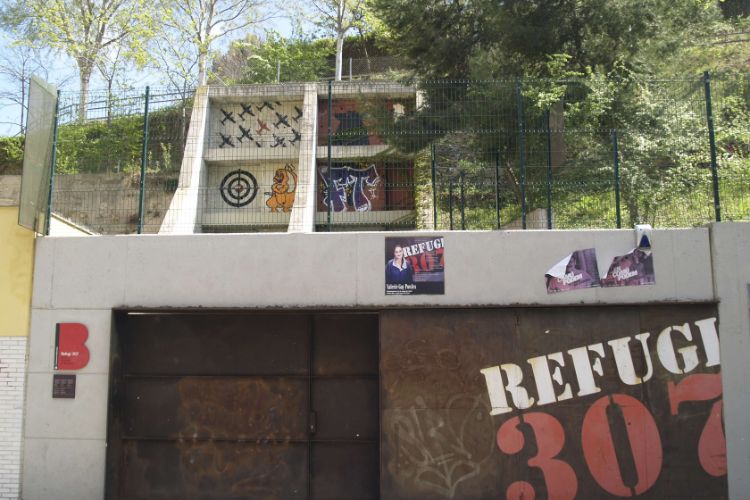
MUHBA Refugi 307
BarcelonaShelter 307 (MUHBA Refugi 307) is one of the more than 1,000 bomb shelters built in Barcelona during the Spanish Civil War to protect the people from the indiscriminate bombing to which Barcelona was subjected. The shelter comprises nearly 400 metres of tunnels, with a height of 2.10 metres and a wi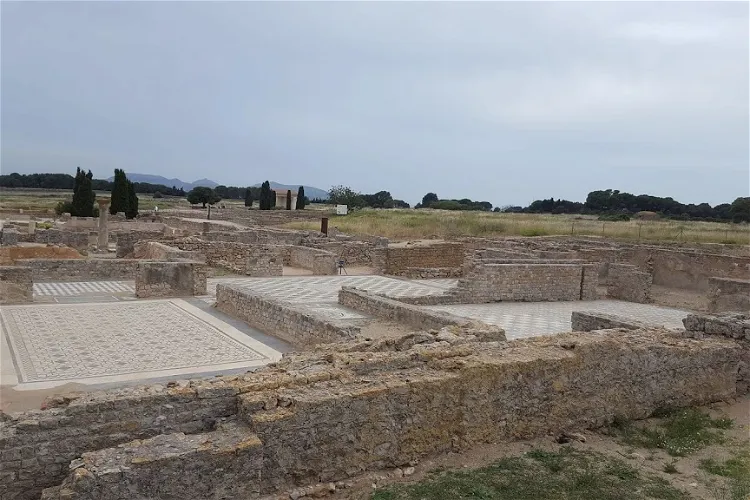
Ruins of Empúries
l'Escala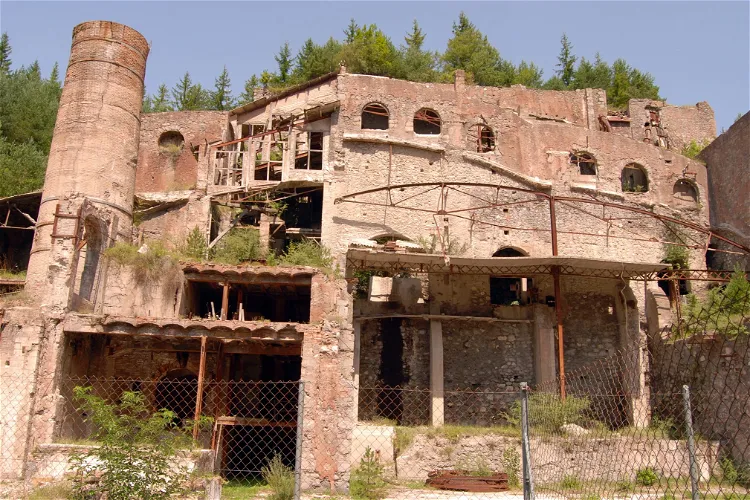
Castellar de n'Hug Cement Museum
Castellar de n'HugThe cement factory that used to employ the entire region was transformed into a captivating museum. Visit to learn more about industrial past.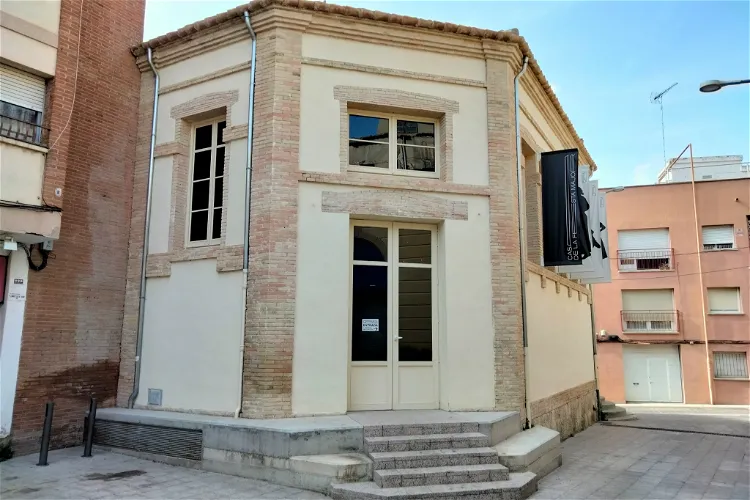
Casa de la Festa Major
Vilafranca del PenedèsLa Casa de la Fiesta Mayor in Vilafranca del Penedès is situated in the former chicken and offal market. This space is dedicated to the rich folklore of the Fiesta Mayor de Vilafranca del Penedès, a celebration that takes place from August 28 to September 3, in honor of San Félix's day. This location provides a unique insight into the local culture and traditions of Vilafranca del Penedès.
Museum of Pilgrimage
Ciudad Vieja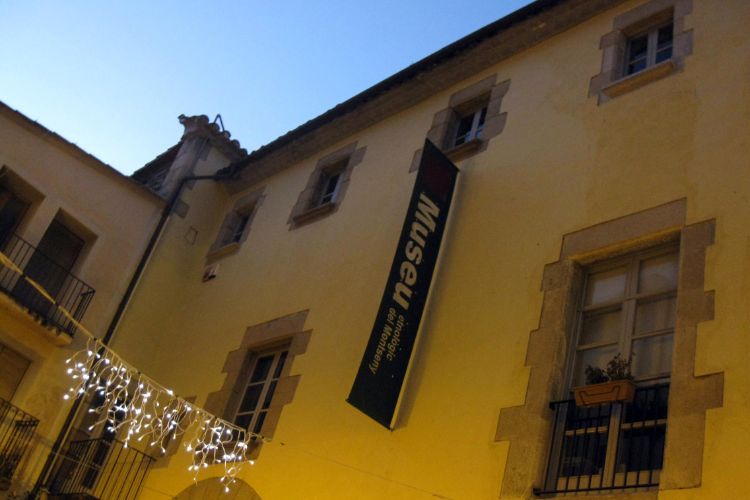
Museu Etnològic del Montseny
Barcelona
MUHBA Oliva Artés
BarcelonaThe Oliva Artés Hall is part of the MUHBA Museum of History of Barcelona. Located in a former factory where engines were produced in the heart of Poblenou’s industrial district, the exhibition illustrates the city’s urban and social growth over the years.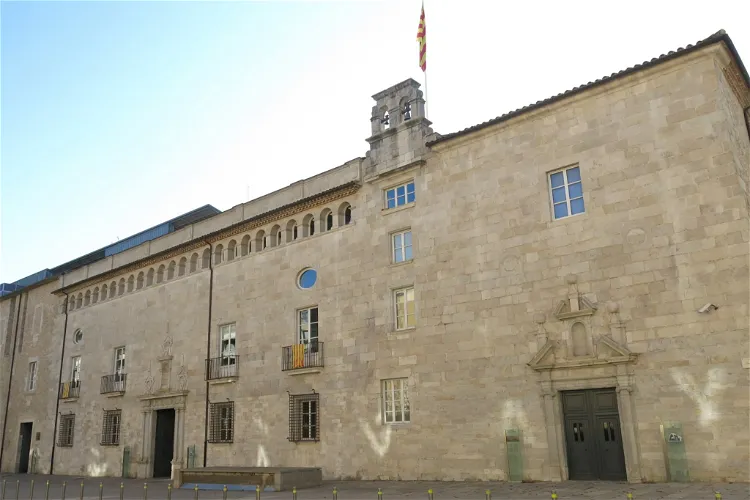
Antic Hospital de Santa Caterina
GeronaThe Antic Hospital de Santa Caterina is a significant historical site in Gerona, Spain. Constructed in the 17th century, it was originally built to cater to the city's population's needs. Since 2010, it has been serving as the headquarters of the Generalitat de Catalunya in the region. The hospital's functions were transferred to a new building in the neighboring town of Salt in 2009.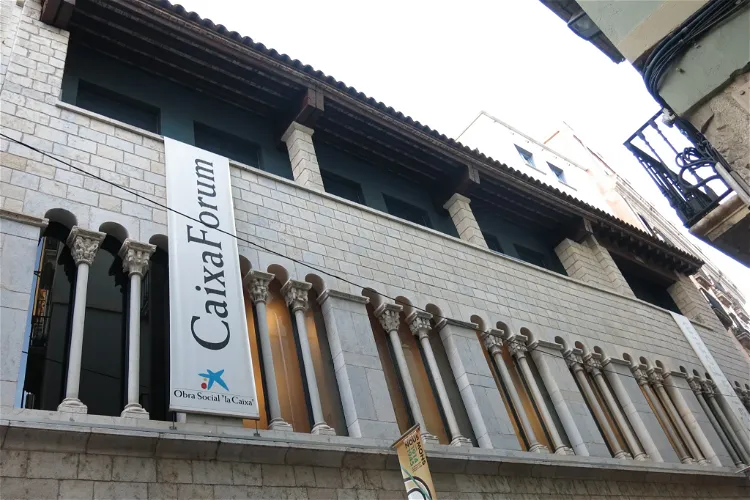
CaixaForum Girona
GeronaCaixaForum Girona is a hub for a wide array of exhibitions and cultural and educational activities, catering to a diverse audience. The forum is part of a network of CaixaForum centers spread across various locations in Spain, including Madrid, Barcelona, Seville, Zaragoza, Palma, Lérida, Tarragona, València, and Macaya.
Volta del Pallol
Tarragona
Military Historical Museum of Figueras
Figueres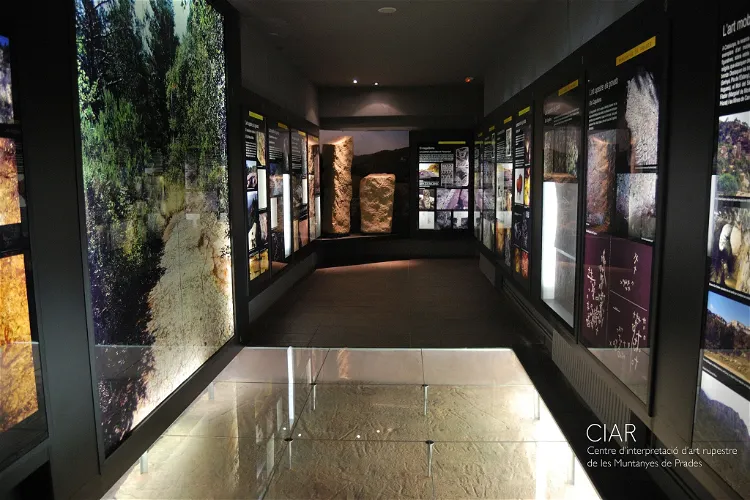
Rock Art Interpretation Centre
Montblanc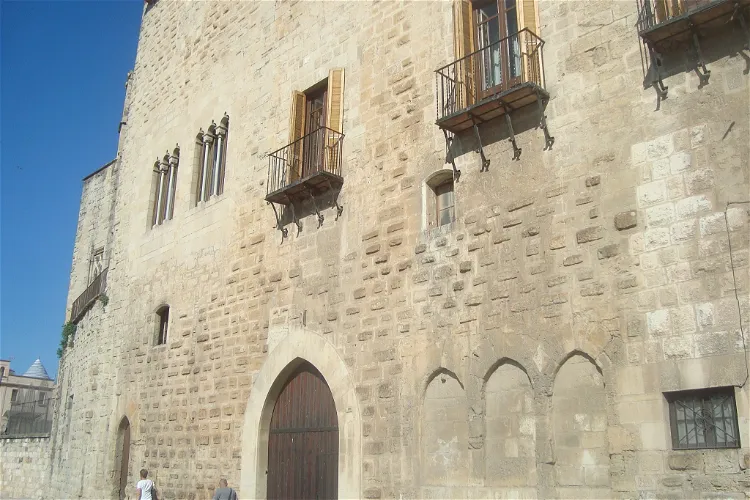
Episcopal Palace of Tortosa
Tortosa
Museum of Medieval History of Castelló d'Empúries
Castelló d'Empúries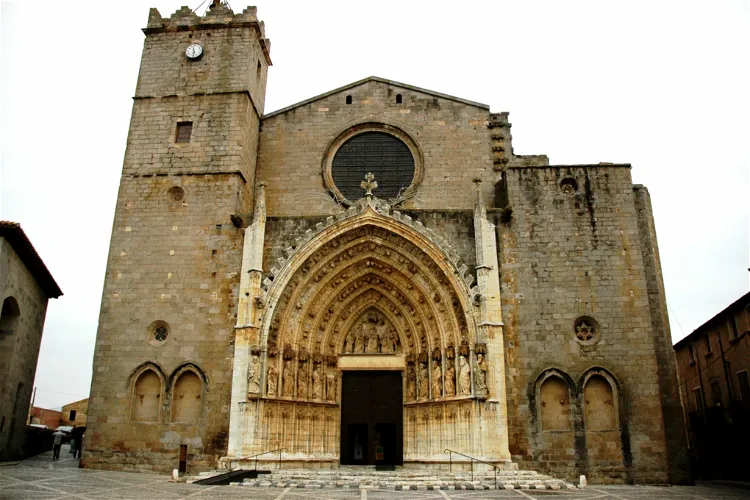
Basilica of Santa Maria
Castelló d'EmpúriesThe Santa Maria Basilica, situated in the municipality of Castelló d'Empúries in Girona, Catalonia, Spain, has been considered the Empordà Cathedral for centuries. Despite this, it has never been officially granted this status by papal authorities. The basilica is the second largest building in the Costa Brava, surpassed only by the Girona Cathedral, and its size is sufficient to justify cathedral status.
The Mascort Foundation
Torroella de MontgríThe Mascort Foundation is a private entity nestled in the scenic municipality of Torroella de Montgrí. Established in 2007 by Ramon Mascort Amigó, who currently serves as the president, the foundation is a testament to his passion for art, collecting, and photography.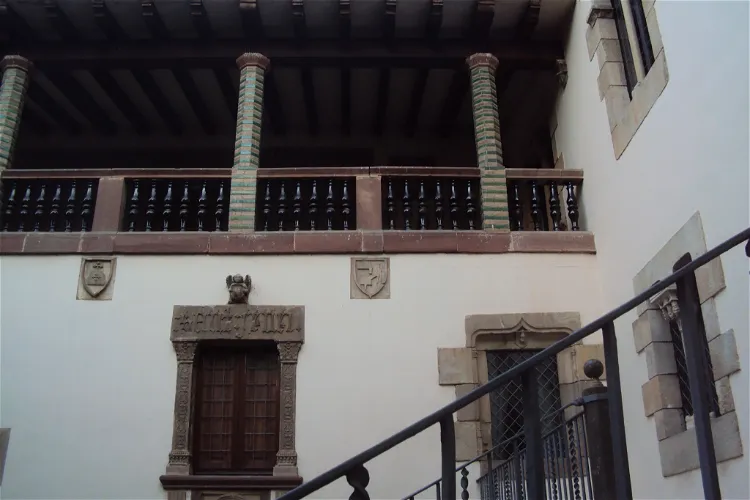
L'Enrajolada Santacana House-Museum
MartorellL'Enrajolada-Casa Museo Santacana, situated in Martorell, a province of Barcelona, is recognized as one of the oldest museums in Catalonia, Spain. The museum was established in 1876 by Francesc Santacana i Campmany and was later continued by his grandson, Francesc Santacana i Romeu. This historical establishment offers a glimpse into the rich cultural heritage of the region.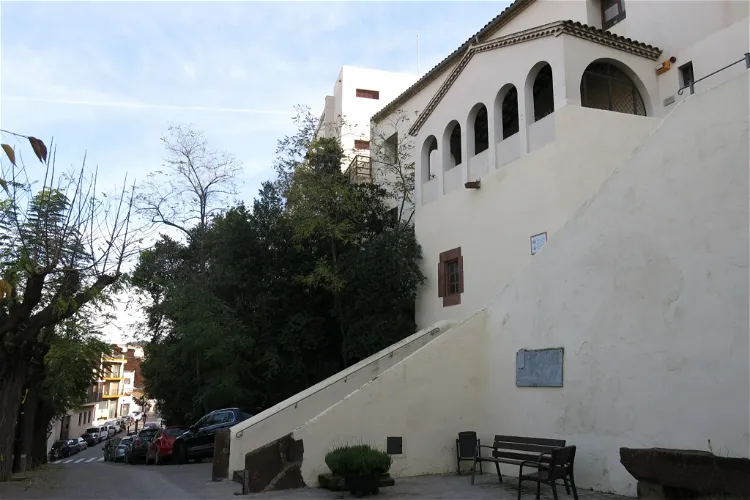
Vicenç Ros Municipal Museum
MartorellThe Vicenç Ros Municipal Museum, located in Martorell, is housed in part of the old Capuchin convent, a structure dating back to the 17th century. This historical setting adds a unique charm to the museum, making it a fascinating place to explore for those interested in history and architecture.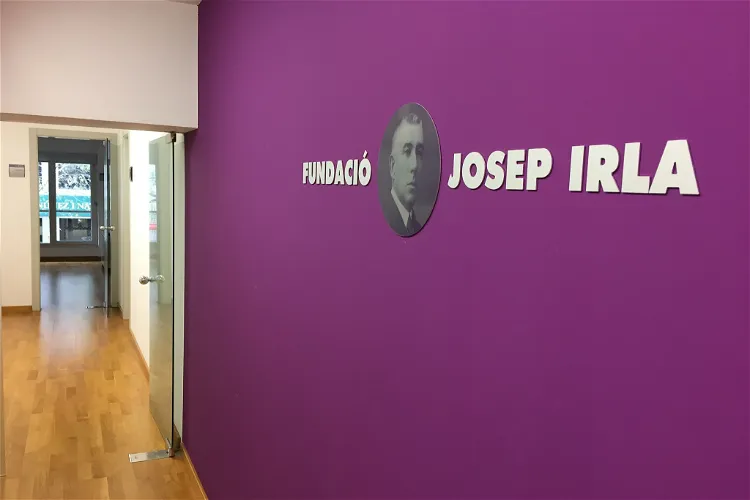
Casa Irla
Sant Feliu de Guíxols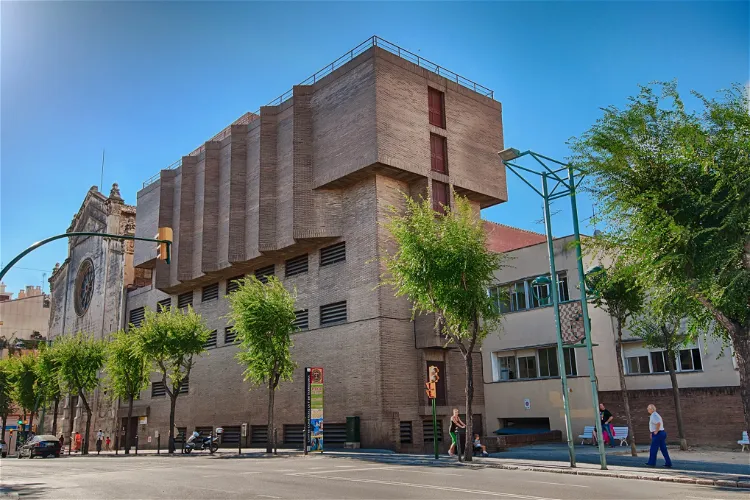
Arxiu Comarcal del Pallars Sobirà
Sort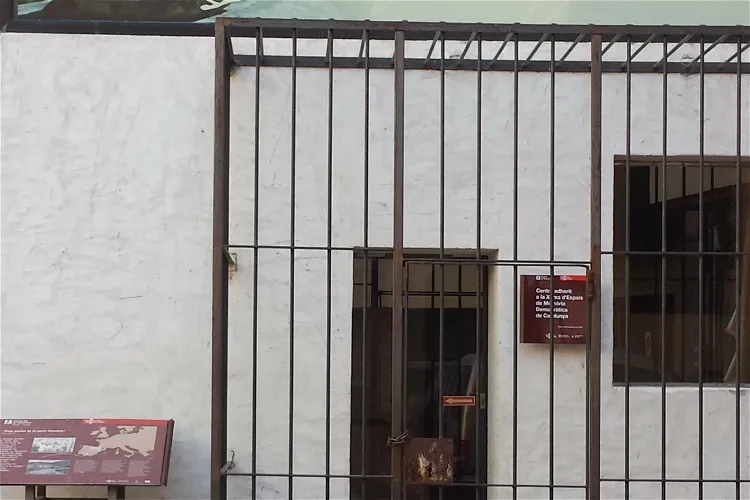
Freedom Trail Museum-Prison
Sort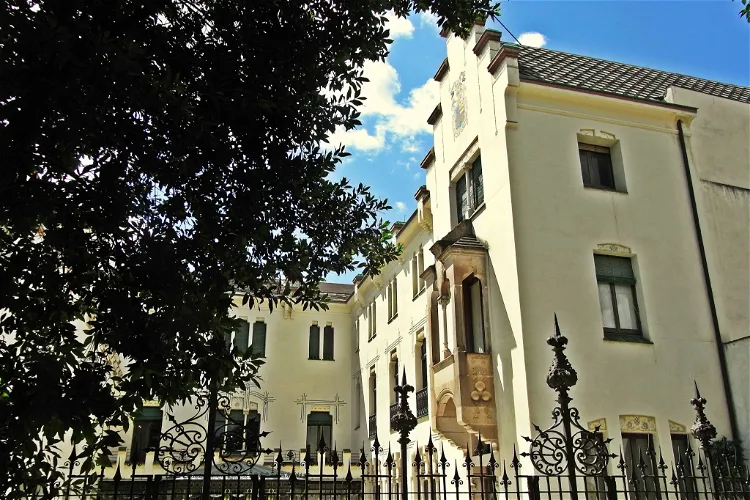
Casa Alegre De Sagrera
TerrassaLa Casa Alegre de Sagrera is a museum building located at Font Vella Street, number 29, in Terrassa, province of Barcelona. Originally, it was the manor house of Joaquim de Sagrera, a textile manufacturer from the late 18th and early 19th centuries, who played a significant role in the Spanish War of Independence. Despite dating from the beginning of the last century, its current appearance is the result of a modernist reform carried out by Melcior Viñals, a municipal architect, at the beginning of the 20th century.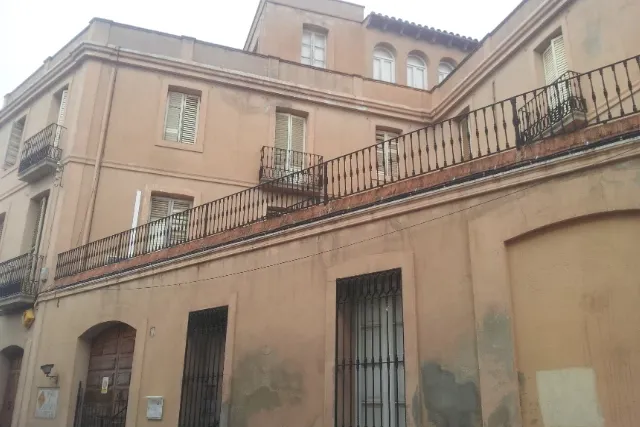
Centre d'Estudis de Castellar del Vallès - Arxiu d'Història
Castellar del Vallès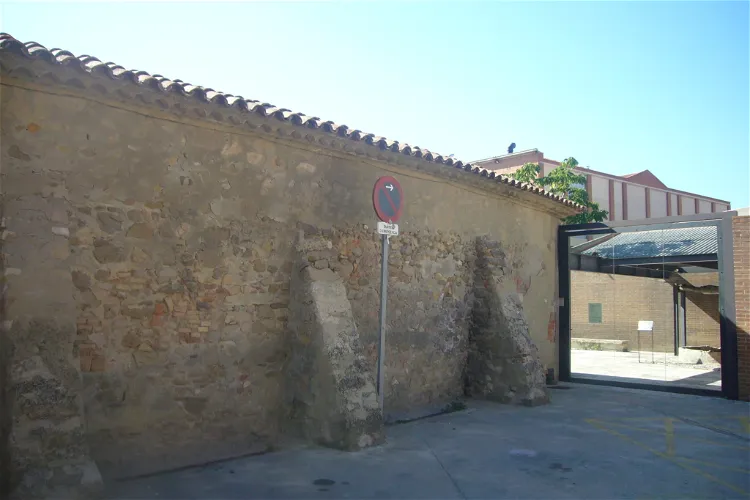
Cal Granotes
Igualada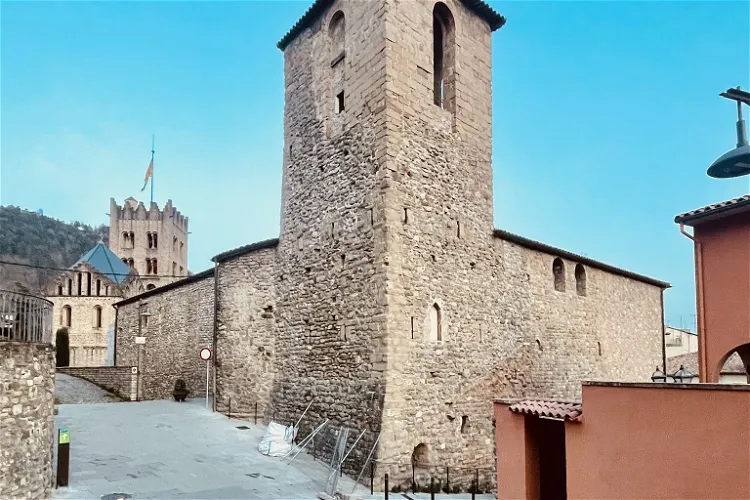
Scriptorium de Ripoll
Ripoll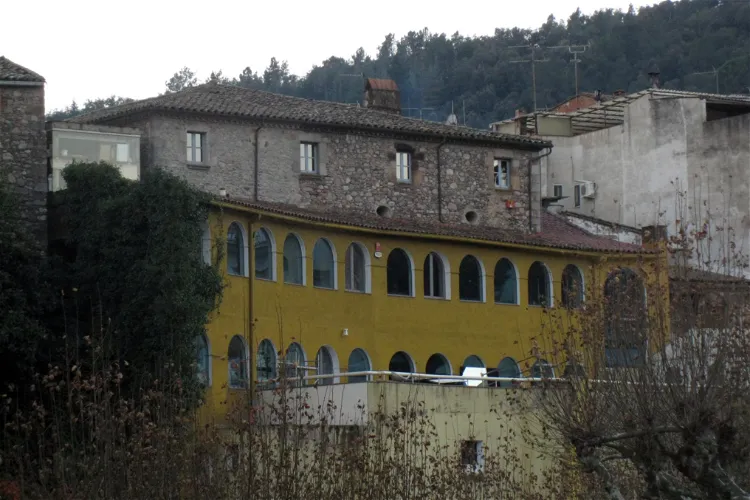
Ethnological Museum of Montseny
Arbúcies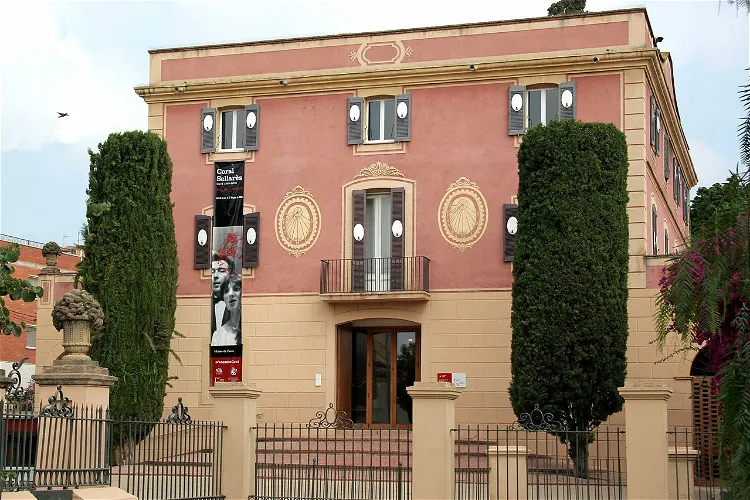
Gavà Museum
GavàThe Gavà Museum and the Gavà Mines Archaeological Park, established in 1978, are two distinct facilities that together form a unique cultural and historical experience. The museum is housed in the Lluc tower, a summer house built in 1799 by a bourgeois family. The park allows visitors to explore the prehistoric mines of Gavà, the oldest gallery mines in Europe.
Museo de Cerámica La Rajoleta
Esplugues de Llobregat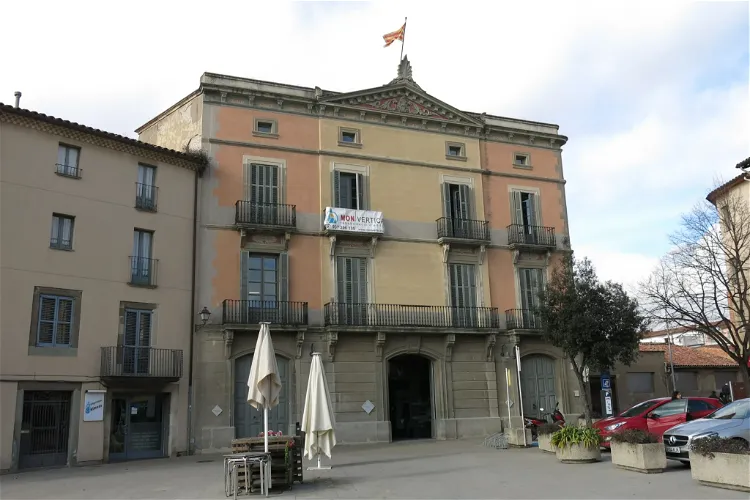
Can Puget
Manlleu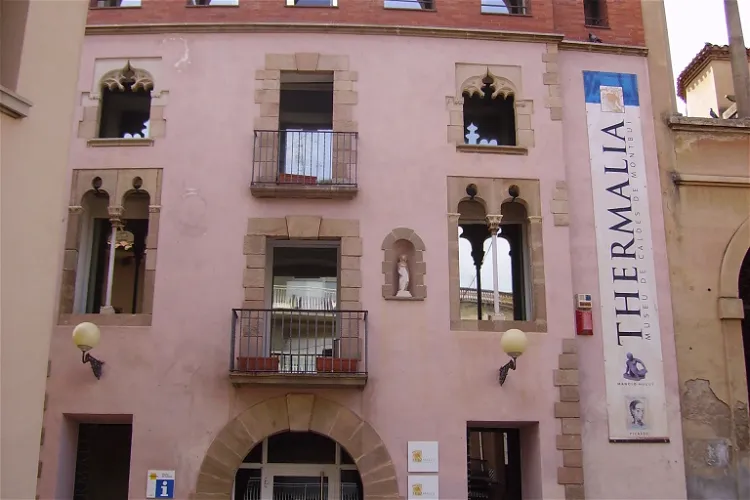
Thermalia Museum
Caldes de MontbuiThermalia is a thematic center that focuses on the culture of thermal water. It is situated in Caldas de Montbuy, a town in the Vallés Oriental region of Catalonia. This unique museum provides an in-depth look into the history and significance of thermal water in the region.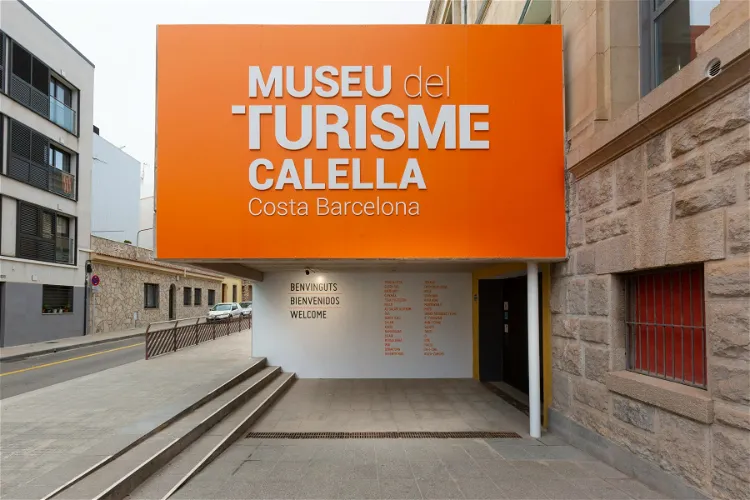
Museu del Turisme
CalellaEl Museo del Turismo, located in Calella, was inaugurated on January 9, 2016. This museum is a significant part of the city's cultural landscape and offers a unique insight into the history and development of tourism.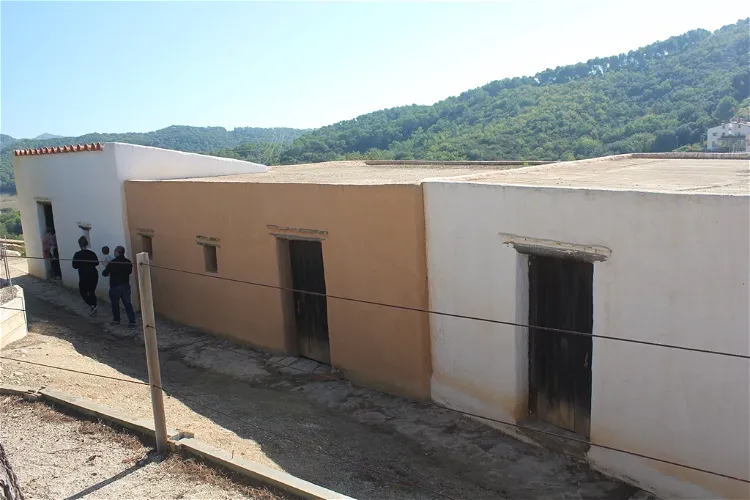
Ca n'Oliver Iberian Settlement and Museum
Cerdanyola del VallésThe Iberian settlement of Can Oliver, declared a Cultural Heritage of National Interest in 2017, is a significant archaeological site located in the Collserola mountain range. It is situated in the territory formerly known as Layetania, which is now part of the municipality of Sardañola del Vallés, specifically in the Montflorit neighborhood. This strategic location offers a panoramic view of the Vallés plain.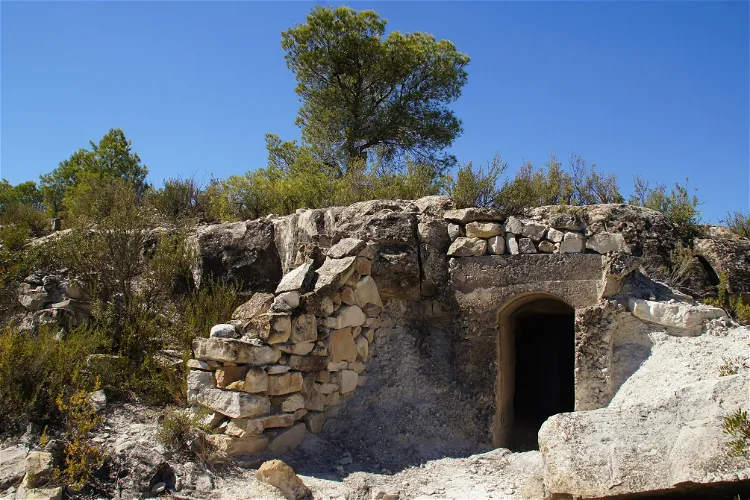
Espais de la Batalla de l'Ebre
Corbera d'Ebre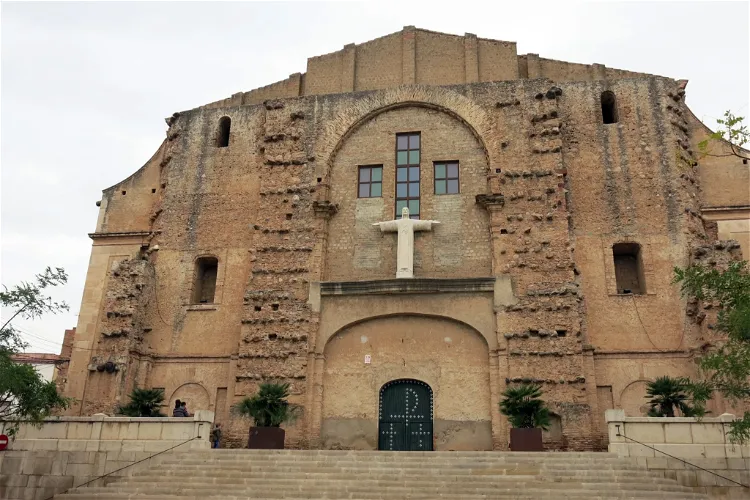
Church of San Miguel
Mont-roig del Camp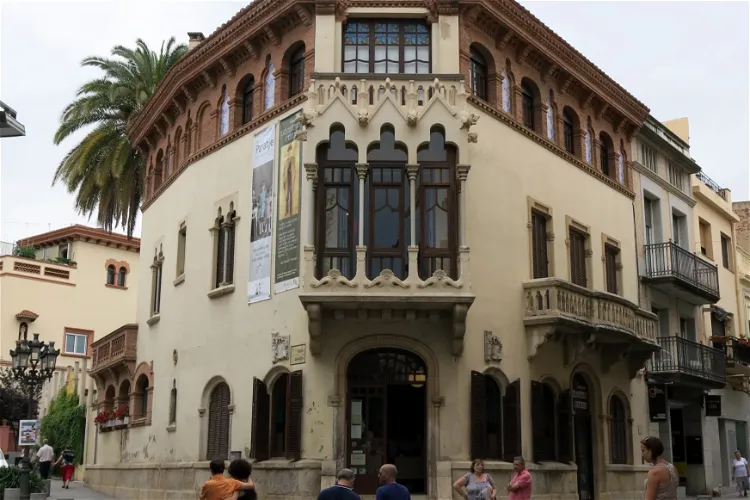
Lluís Domènech i Montaner House-Museum
Canet de MarThe Lluís Domènech i Montaner House-Museum, located in Canet de Mar, Barcelona, is a space dedicated to the study of the life and work of the renowned architect Lluís Domènech i Montaner. The museum comprises the Domènech house, designed by the architect himself, and the 16th-century farmhouse of Can Rocosa, which was converted into his workshop-studio.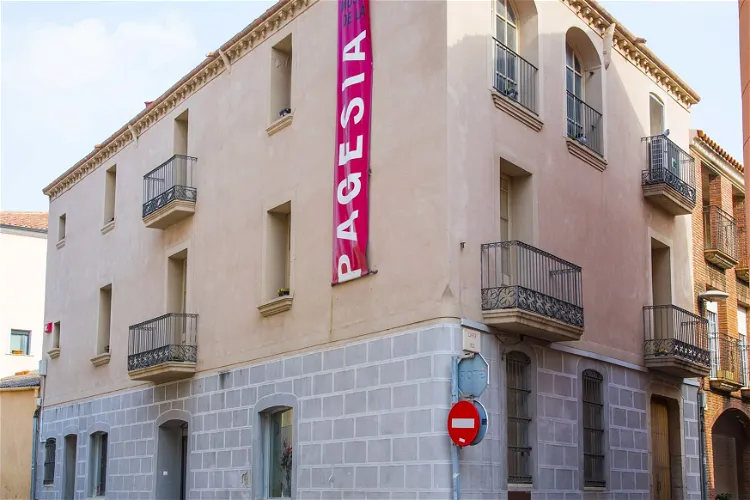
Farming Museum
Fogars de la SelvaThe Museo de la Payesía, located in Castellbisbal, is dedicated to the preservation and dissemination of the local cultural heritage associated with the agricultural world. This museum provides a panoramic view of the agricultural tradition of the population, field work, and the social structure of the rural world.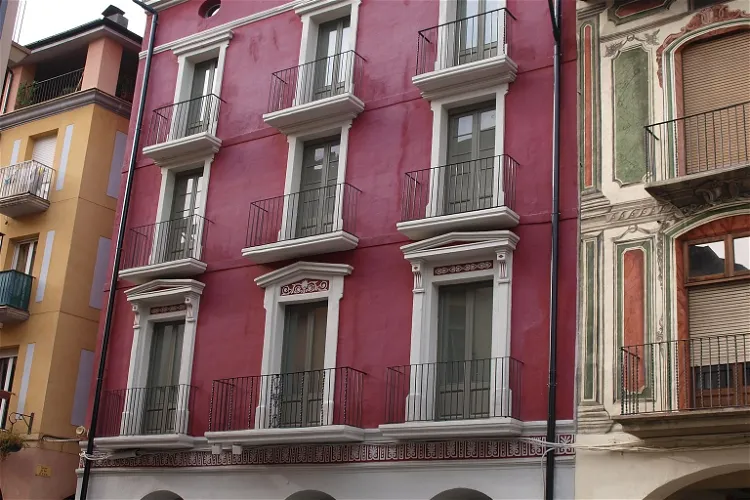
Espai Ermengol - Museu de la Ciutat
Seo de Urgel
Espai Macià
les Borges Blanques
Museu Cerdà
Puigcerdà
Casa de la Patum
Berga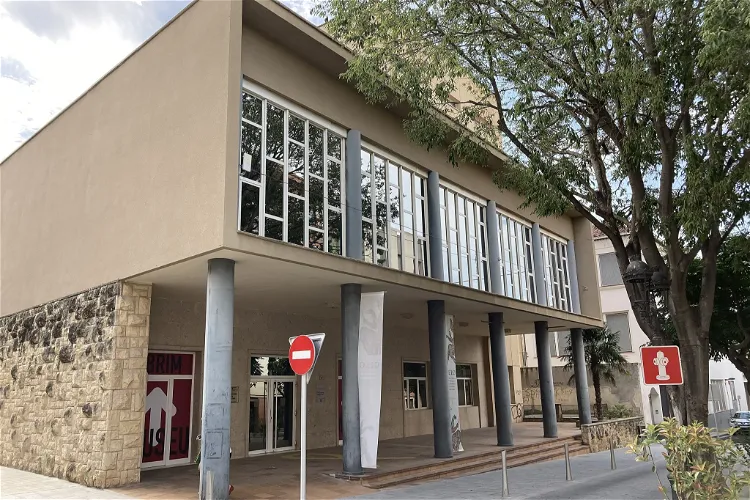
Valls Museum
Valls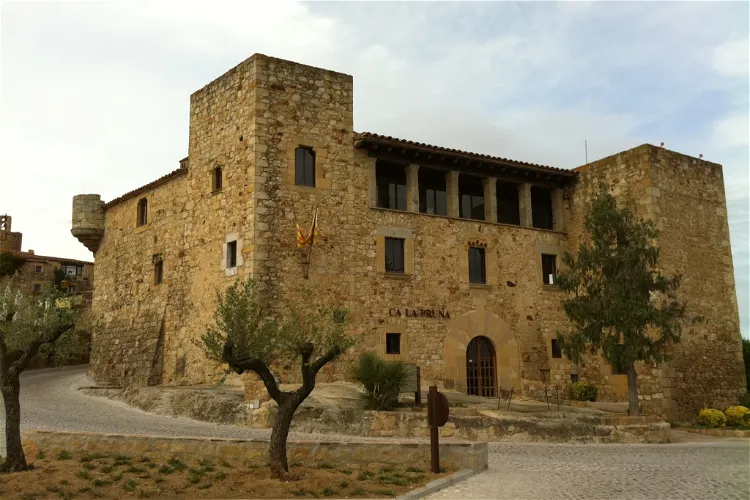
Ca la Pruna - Culture Museum
PalsCa la Pruna is a significant historical site in Pals, dating back to the 16th century. This fortified building is situated at the beginning of the old town, making it a central point of interest for visitors. Its location and historical significance provide a unique insight into the architectural and cultural heritage of the region.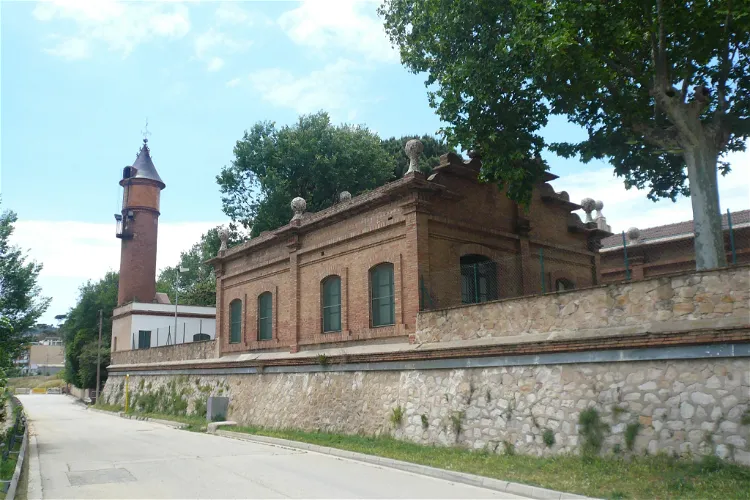
Casa de les Aigües
Montcada i ReixacThe Casa de les Aigües, also known as the wells of Moncada, is a historical site that once served as an extraction and pumping station for groundwater from the Besòs aquifer. This station played a crucial role in supplying drinking water to the city of Barcelona. It is located in the park of the Aguas de Moncada and Reixach (Vallés Occidental).
Exposició Permanent del Pallasso Charlie Rivel
Cubelles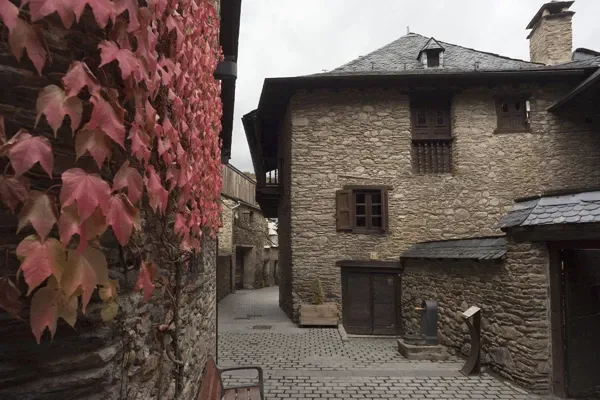
Ecomuseu de les Valls d'Àneu
Esterri d'Àneu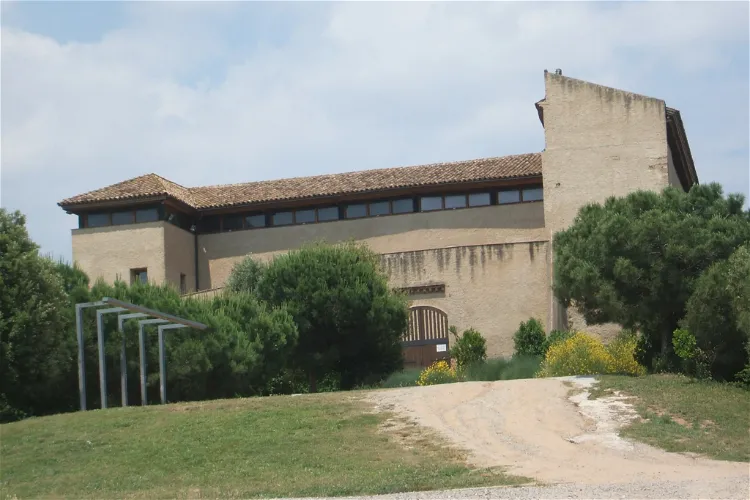
Rubí Municipal Museum
RubíThe Rubí Municipal Museum, also known as El Castillo-Ecomuseo Urbano de Rubí, is situated in the Rubí Castle. This castle is one of the most significant heritage sites in the city, having served various functions from the 13th to the 20th century, including a defensive stronghold, a noble residence, and a farmhouse.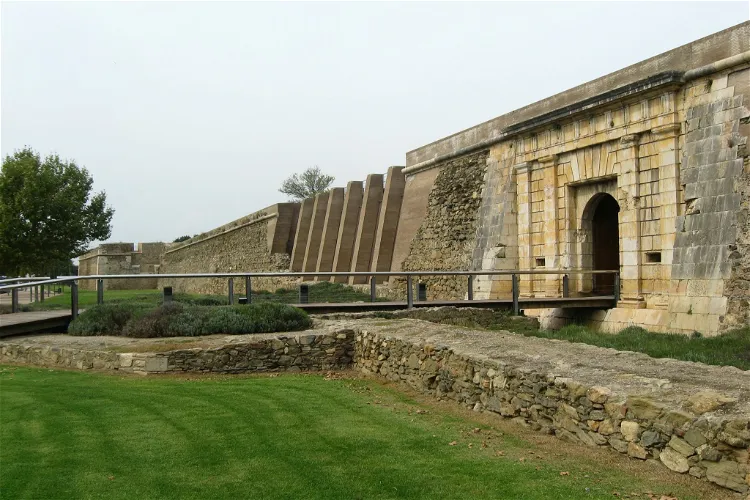
Ciutadella de Roses
RosesCiutadella de Roses, located in Roses, Catalonia, Spain, is a historical site featuring a ruined fortification. The site is surrounded by various other significant buildings, including the Castell de la Trinitat and the monastery Santa Maria de Roses. These structures offer a glimpse into the region's rich history and architectural styles.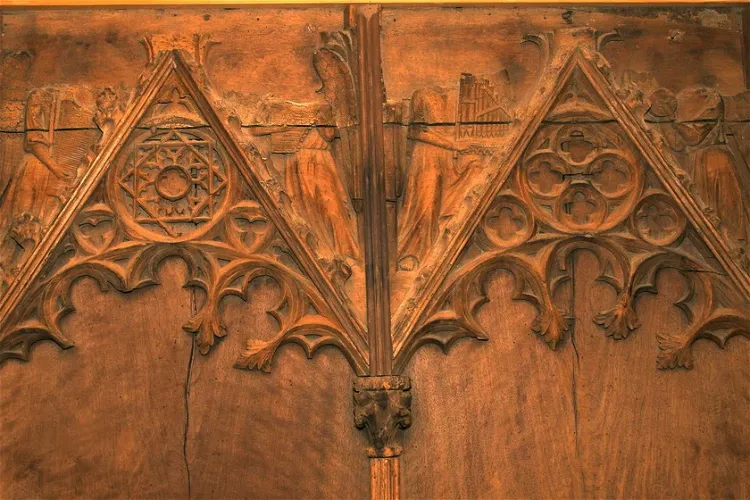
Biblioteca Fundació Maurí
la Garriga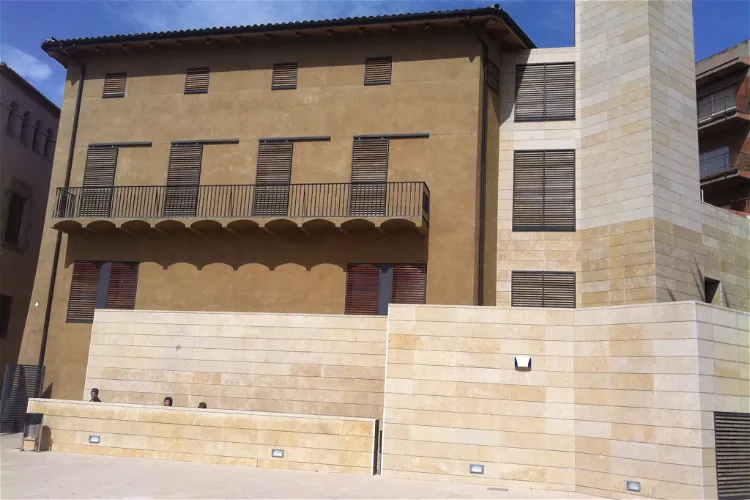
Sant Boi de Llobregat Museum
Sant Boi de LlobregatThe Sant Boi de Llobregat Museum is dedicated to the recovery, preservation, study, and invigoration of the cultural heritage and historical memory of Sant Boi de Llobregat. This mission is reflected in its diverse collections and exhibitions, which provide a comprehensive overview of the region's history and culture.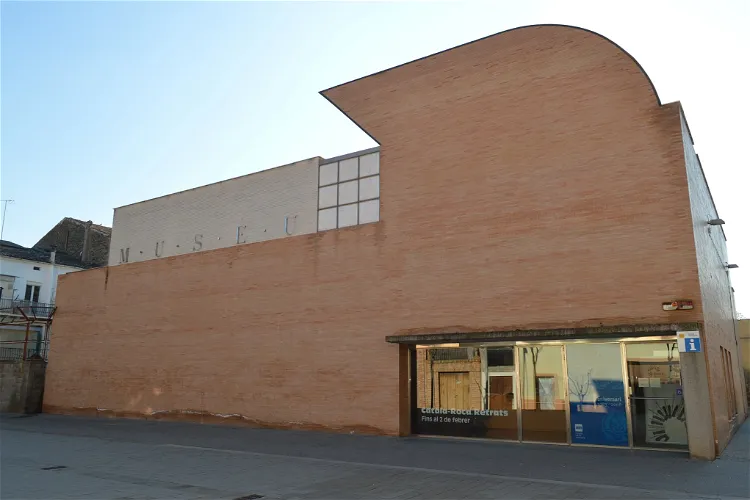
Museum of la Noguera
Balaguer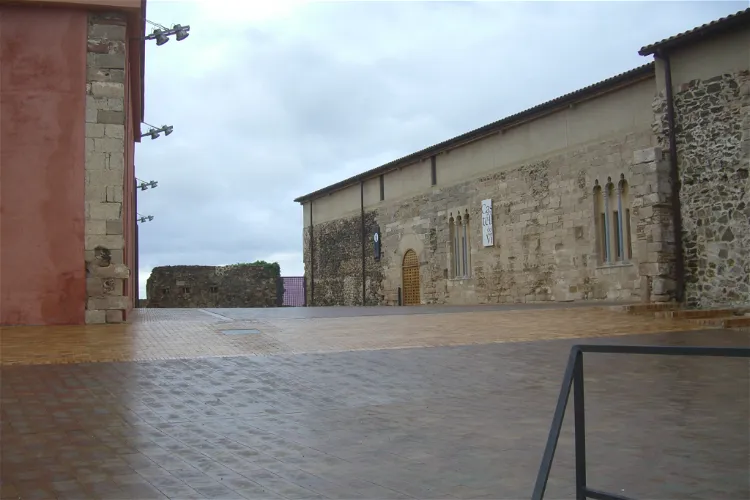
Castle of Falset Regional Museum
Falset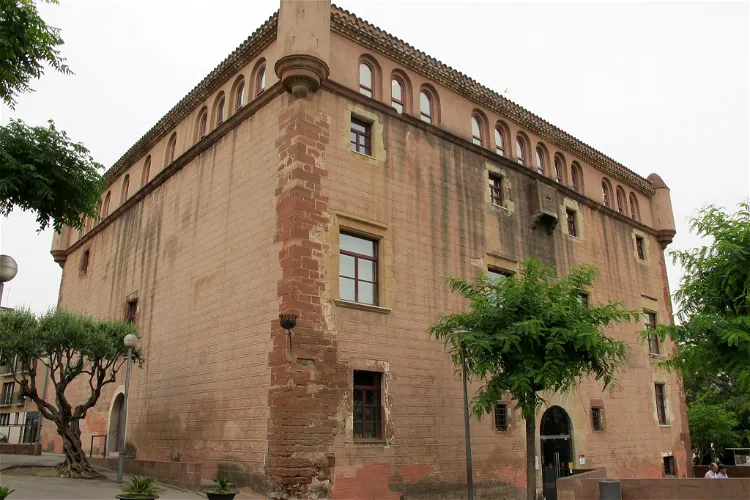
Castell de Pallejà
PallejàEl castillo de Pallejá is a palace-castle situated in the town of Pallejá, in the Catalan region of Bajo Llobregat. This historical site offers a glimpse into the past, with its architecture dating back to the 16th and 17th centuries. It is located at Avenida Prat de la Riba number 10 and is well-preserved and in good condition.
MUHBA Casa de l'Aigua
Barcelona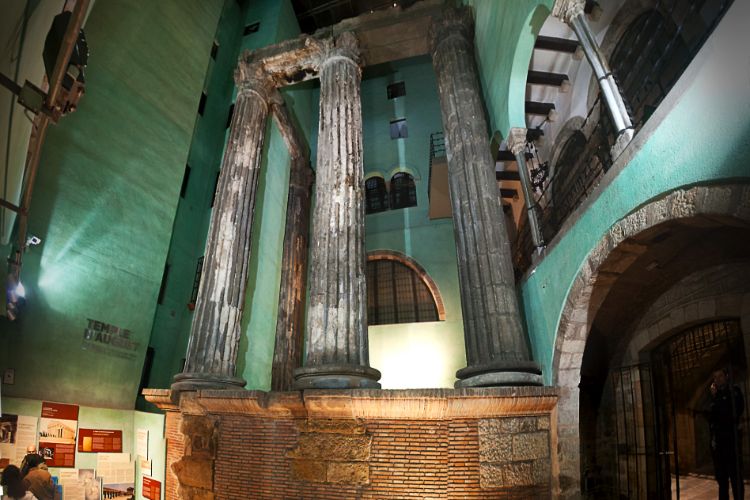
MUHBA Temple of Augustus
Barcelona
MUHBA Domus Avinyó
BarcelonaMUHBA Domus Avinyó is a domus that dates from the 1st and 4th Centuries A.D. with an ensemble of wall and ceiling paintings.
MUHBA Park Güell
Barcelona
MUHBA Turó de la Rovira
Barcelona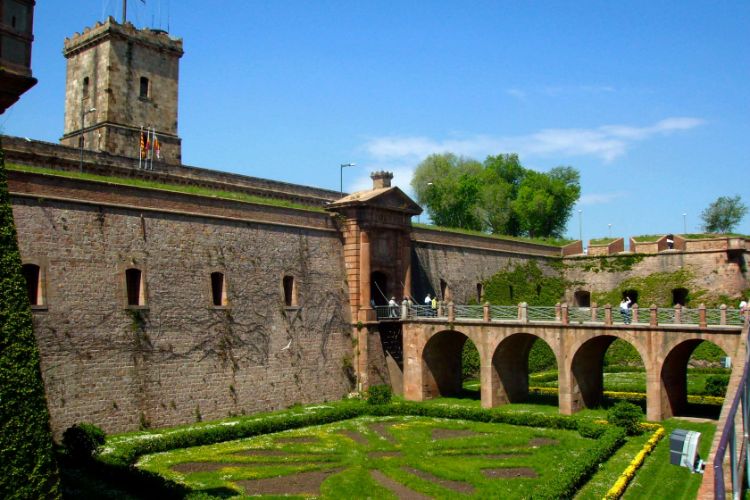
Montjuïc Castle
BarcelonaThe Montjuïc Castle was an old military fortress that was renovated in the 17th century and until 1960 served as a military prison. Allegedly, executions were regularly happening here during the civil war from 1936 to 1939. After that, it was turned into a military museum which closed in 2009. Now y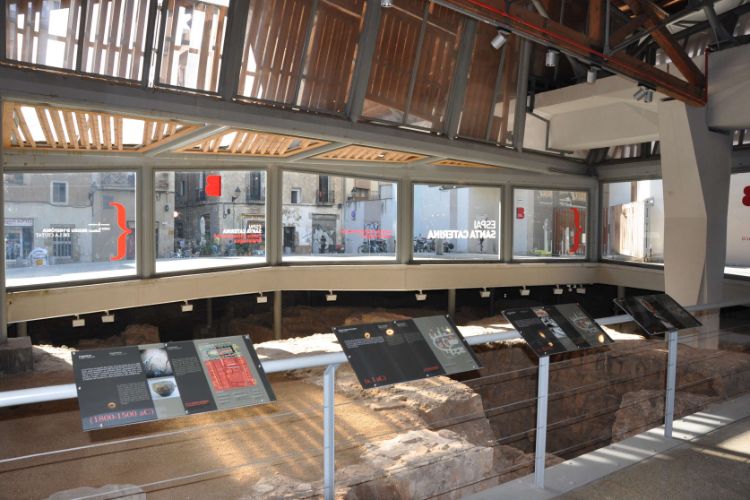
MUHBA Santa Caterina
Barcelona
Ethnology Museum of Barcelona
BarcelonaThe main premise of the Ethnology Museum of Barcelona is that ethnology is more than just a set of objects. The pieces are the starting point that allows visitors to interpret their social surroundings. The Ethnology Museum of Barcelona is now focused on the Catalan area, without forgetting its rela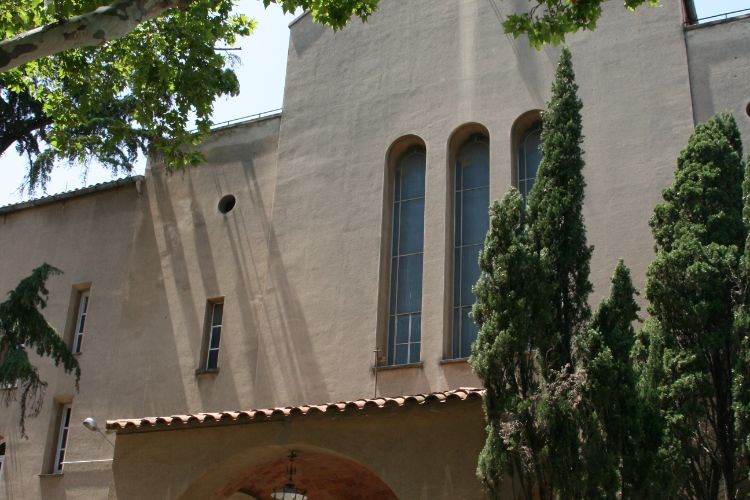
Museu Etnogràfic Missional
Barcelona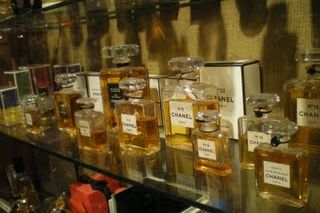
Museum of Perfume
BarcelonaThe Perfume Museum of Barcelona was founded in 1961 with the purpose of showing the public the evolution of bottles and containers for perfumes through history and geography.- 190
Serinyà Prehistoric Cave Park
Serinyà 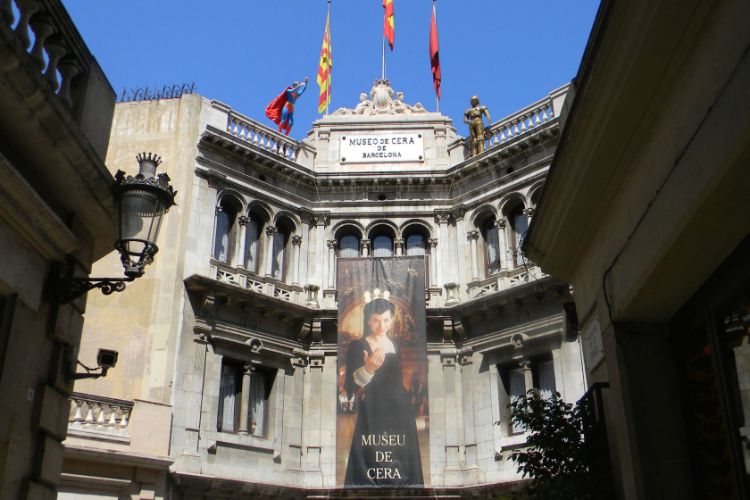
Barcelona Wax Museum
BarcelonaThe Barcelona Wax Museum is housed in a former bank, with neoclassic architecture. The museum houses a collection of wax figures mostly related to history and tries to emphasize the heritage value of the palace and preserves some of the rooms and original furniture of the building.
Monastery of Sant Cugat
Sant Cugat del Vallès- 193
The Toy Museum
Sant Feliu de GuíxolsThe Toy History Museum, situated in the municipality of Sant Feliu de Guíxols, boasts a collection of over 6,500 pieces. These pieces, mostly of Spanish manufacture, are from the collection of Tomàs Pla and date between the years 1870 and 1980. This extensive collection provides a unique insight into the history of toys and their evolution over a century. - 194
Cal Gerrer House Museum
Sant Cugat del Vallès - 195
Ecomuseum of the Vall d'Ora
Navès - 196
Memorial de l'Exèrcit Popular
Pujalt - 197
Ecomuseum of the Ebro Delta Natural Park
Sant Jaume d'EnvejaThe Ecomuseum of Somiedo is situated in the Asturian localities of Caunedo and Veigas, both within the council of Somiedo. This location in the heart of Asturias offers visitors the opportunity to explore the beautiful natural surroundings in addition to the museum itself. The museum's location also provides a context for the exhibits, as they reflect the traditions and culture of the local area. - 198
Museu del Calçat
BarcelonaMuseu del Calçat (Shoe Museum) traces the history of footwear and has a section devoted to shoes worn by famous personalities. The museum displays portraits of guild members, reproductions of footwear from the 2nd to 18th centuries and authentic shoes from the 18th century to the present day. Beside - 199
MUHBA Vil·la Joana
BarcelonaVil·la Joana is a masia (a type of rural construction common to all the old Crown of Aragon). The two storey building with a watchtower and lateral galleries is located in Vallvidrera in the middle of Collserola Natural Park. Vil·la Joana houses one of the branches of the Barcelona City History Muse - 200
Museu Palmero
BarcelonaMuseu Palmero lets you discover the former 15th century farmhouse, and lets you enjoy a pictorial background, works by the Palermo series of painters, who still live in the building. The collection of Museu Palmero also comprises of paintings by Maestro Palmero that depict characters who appear thro